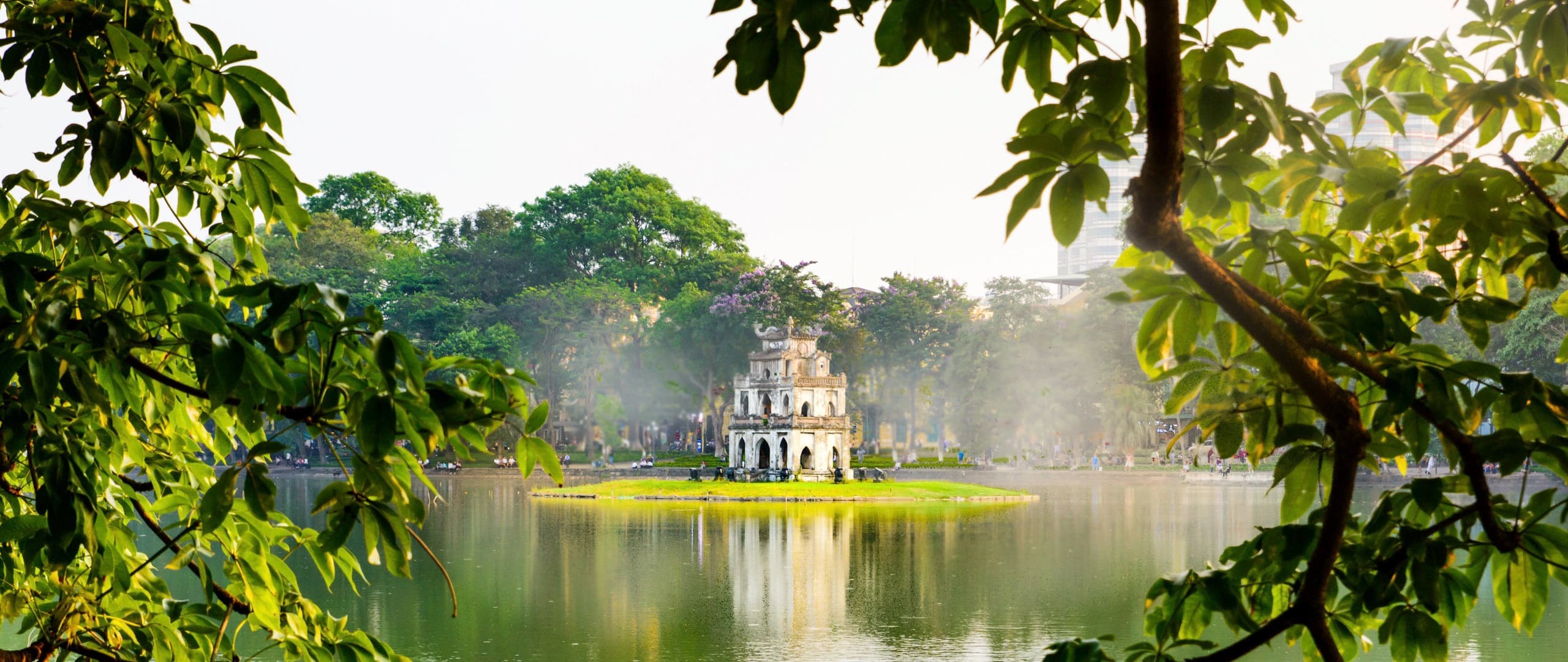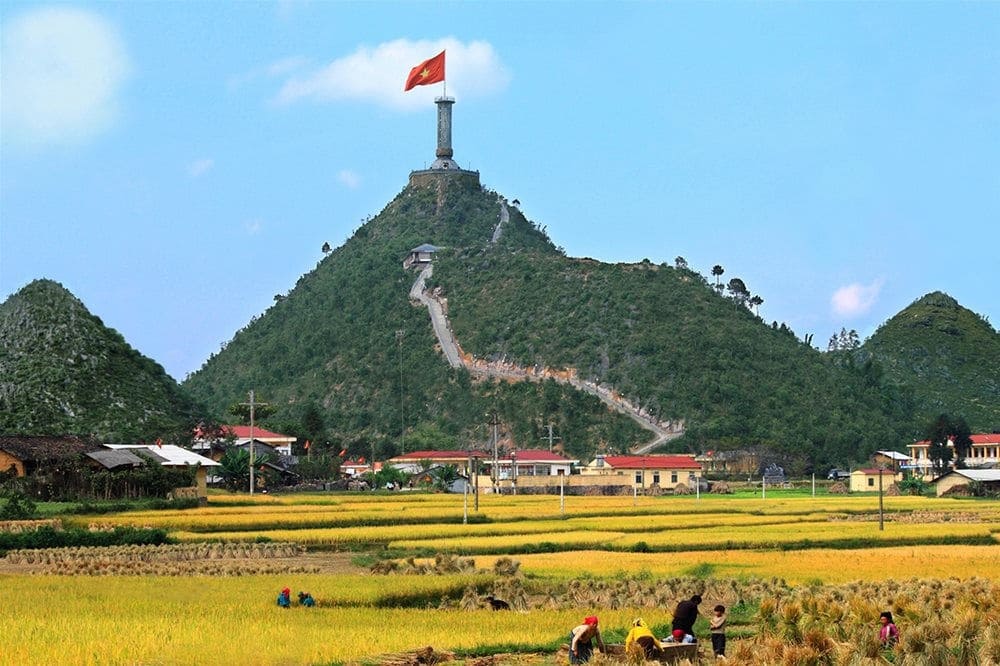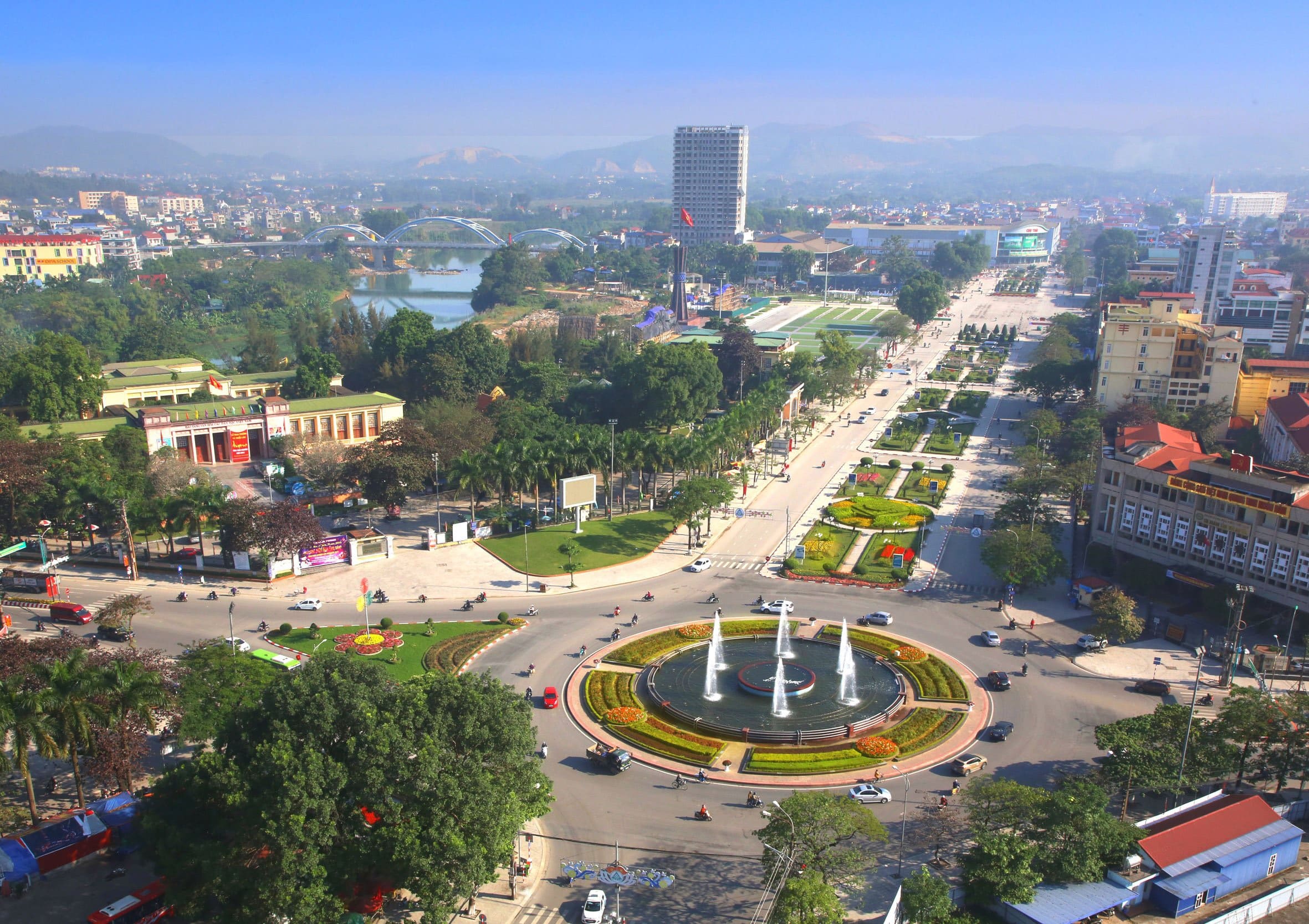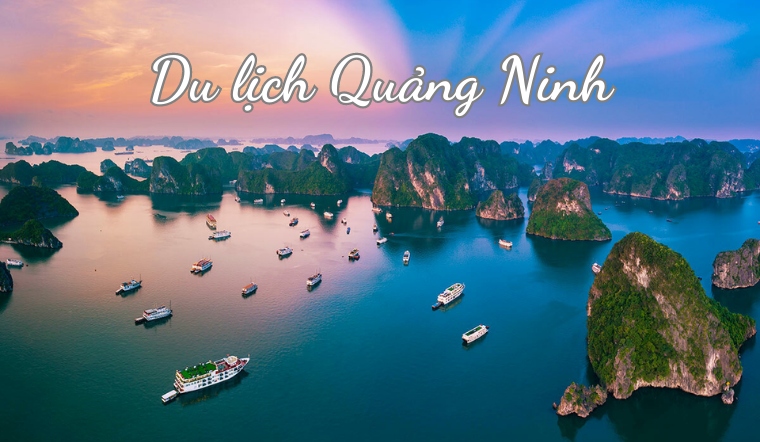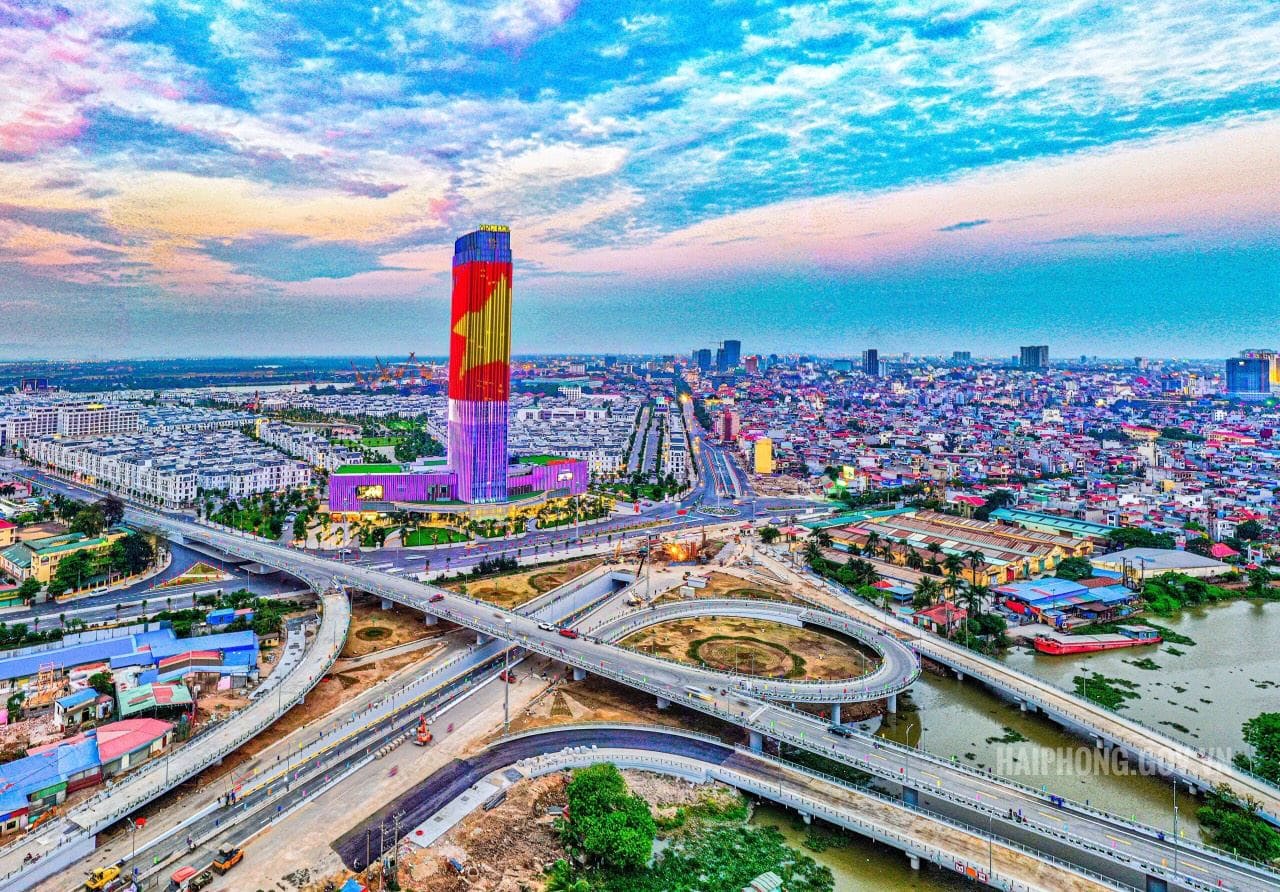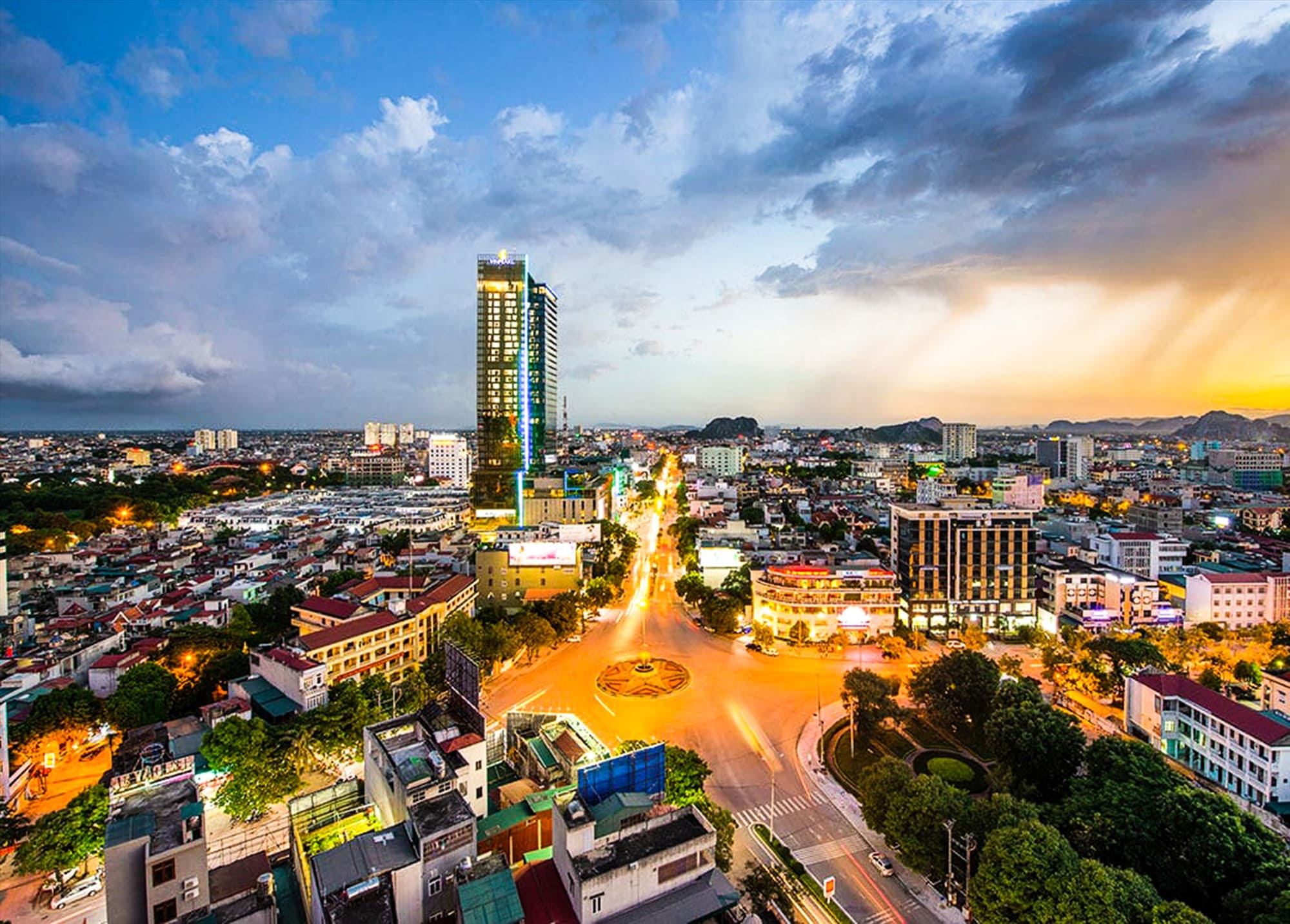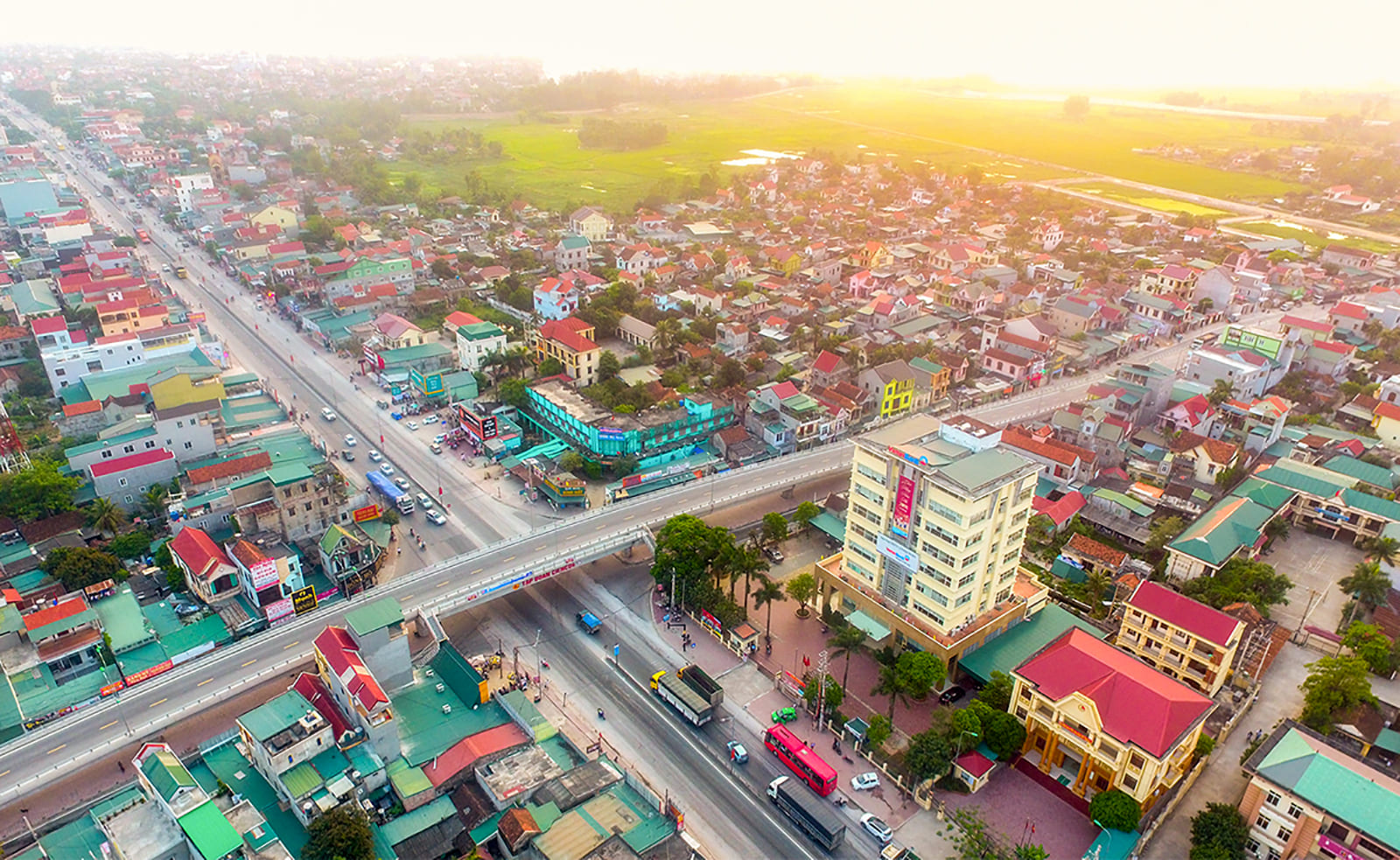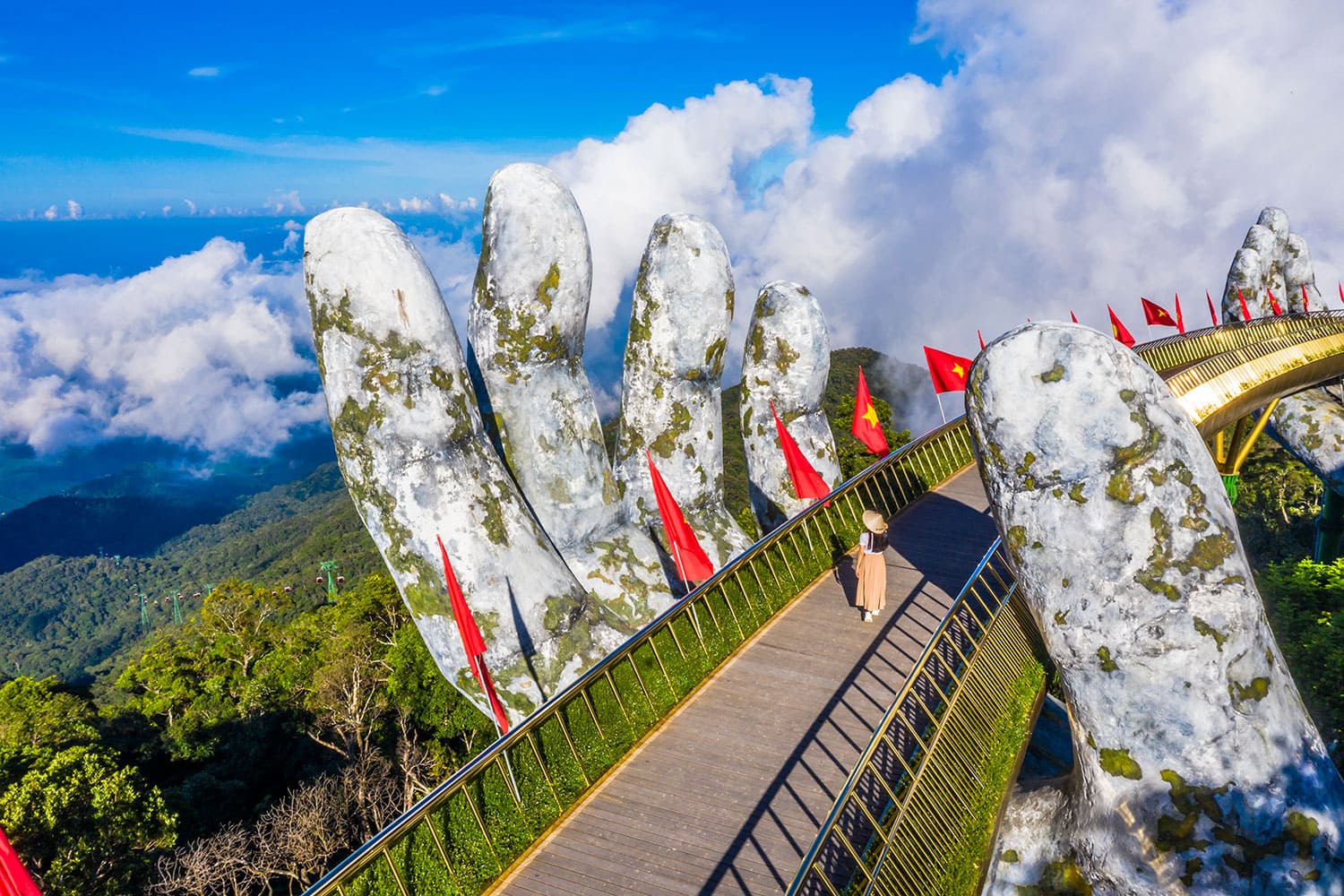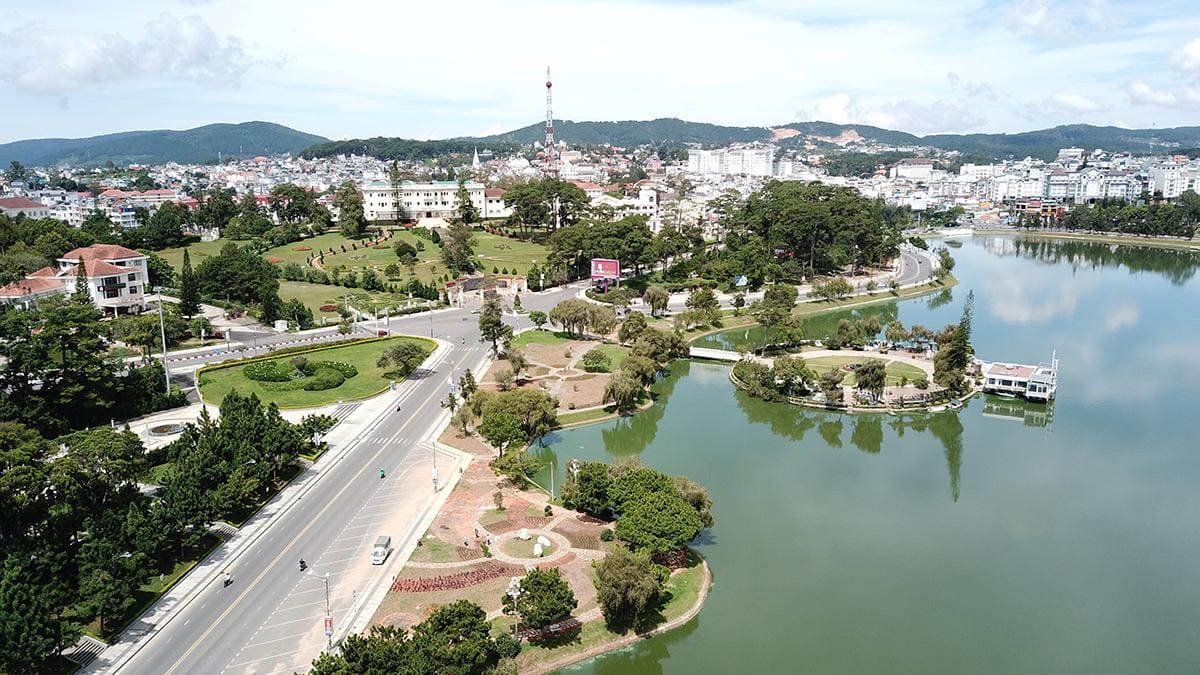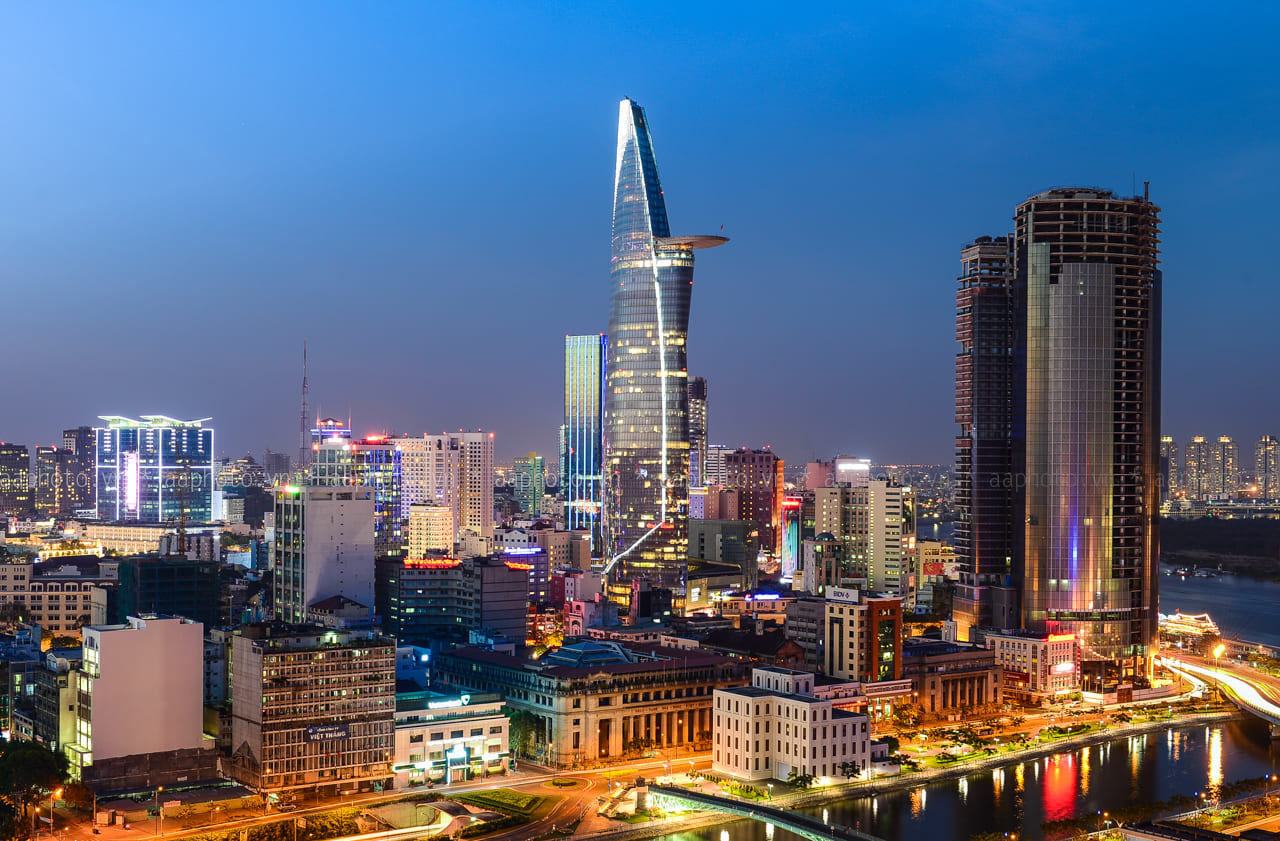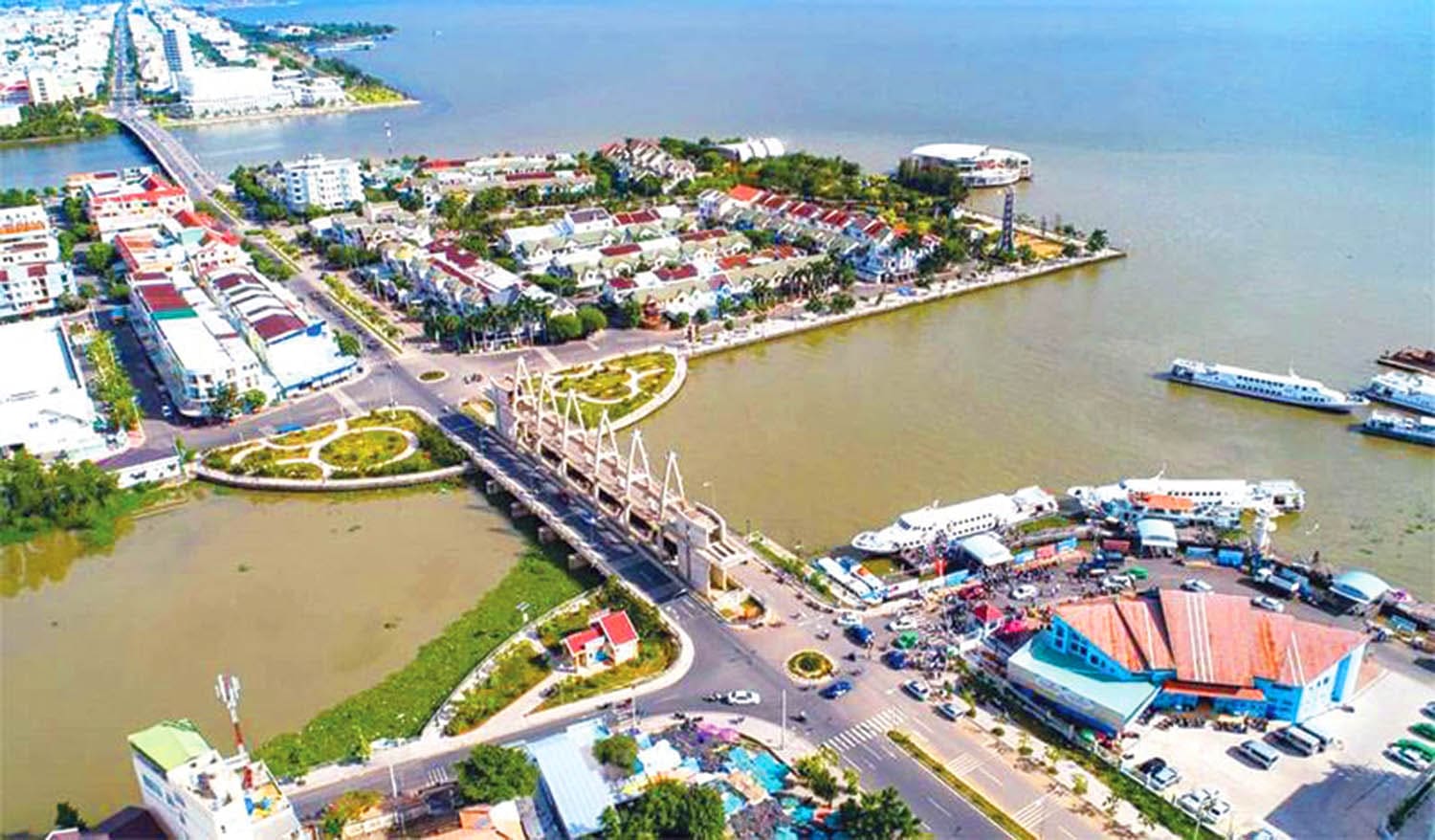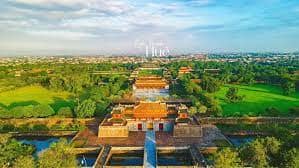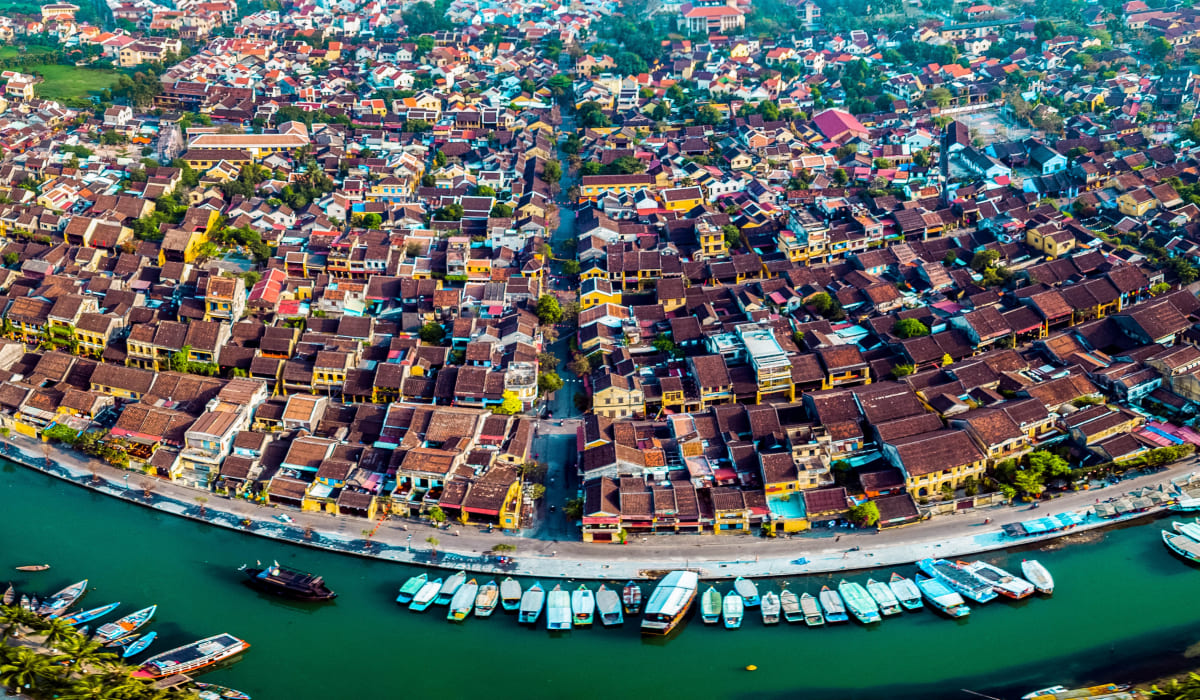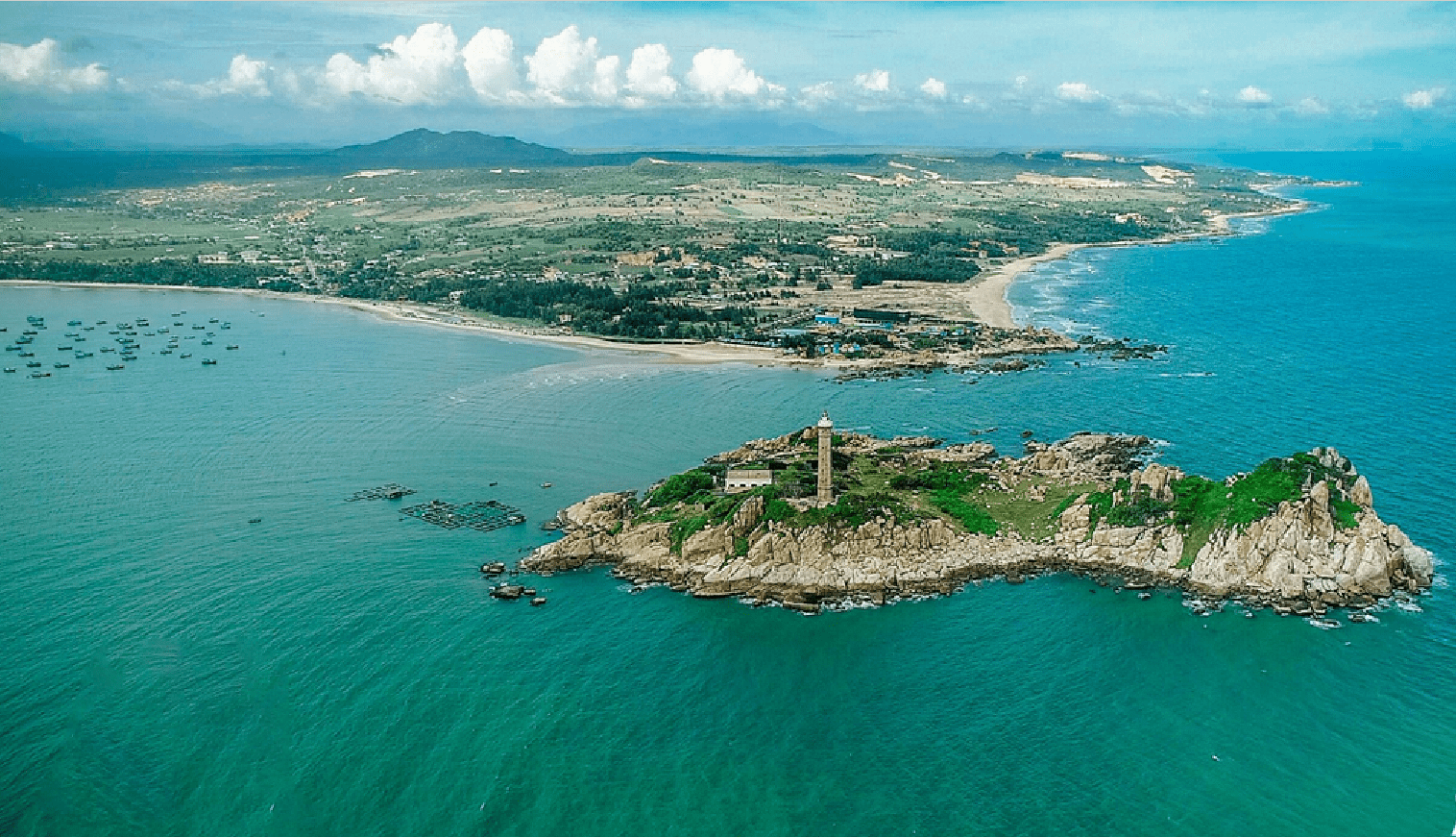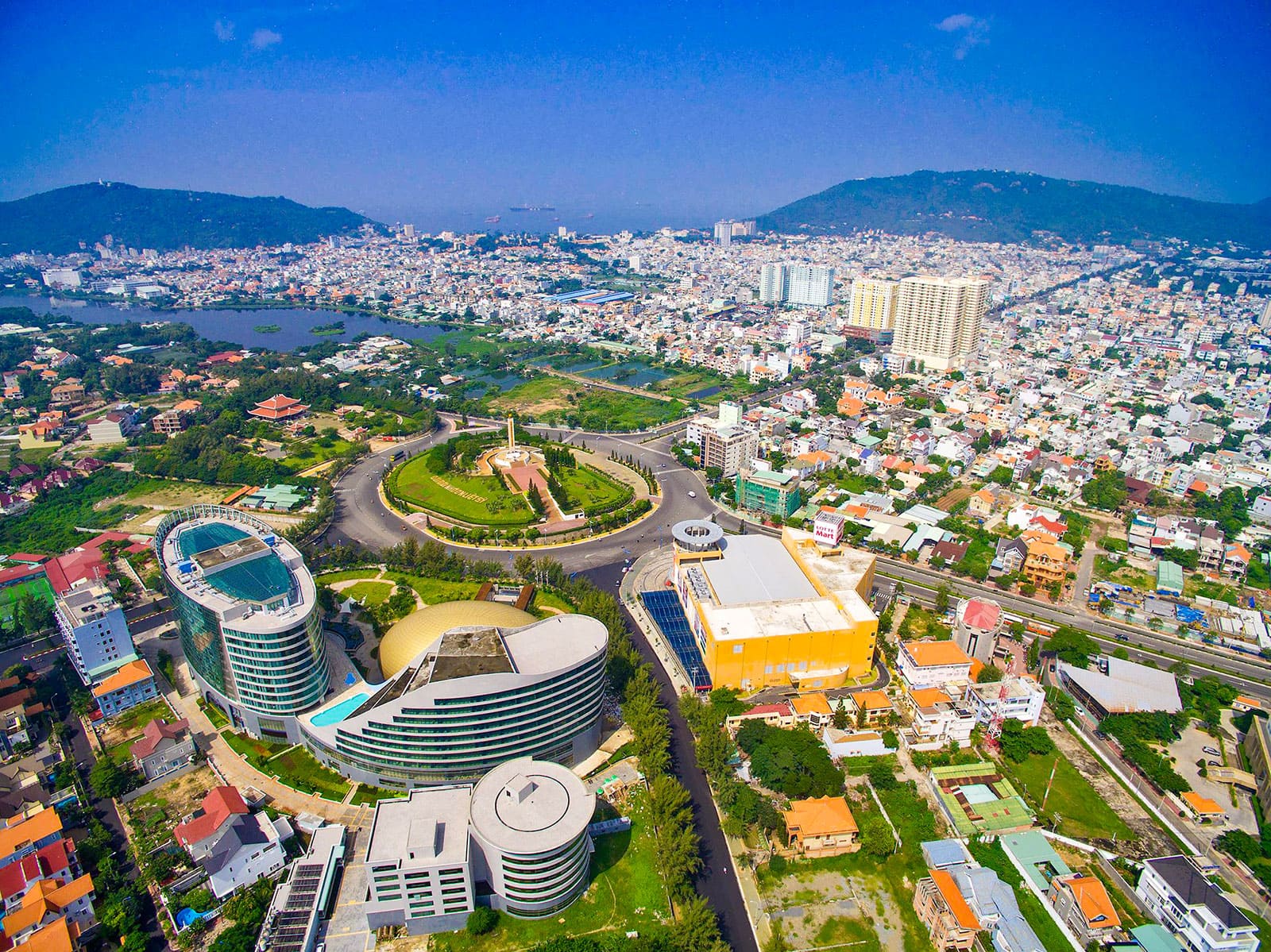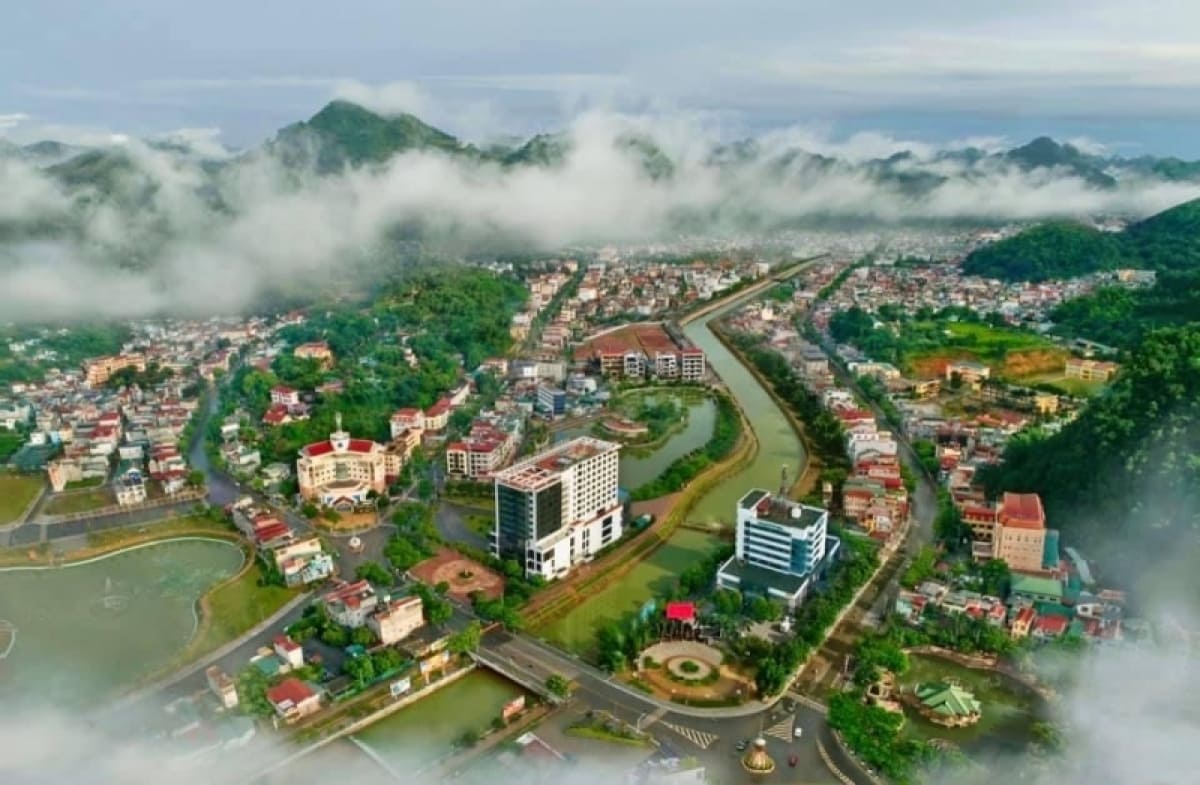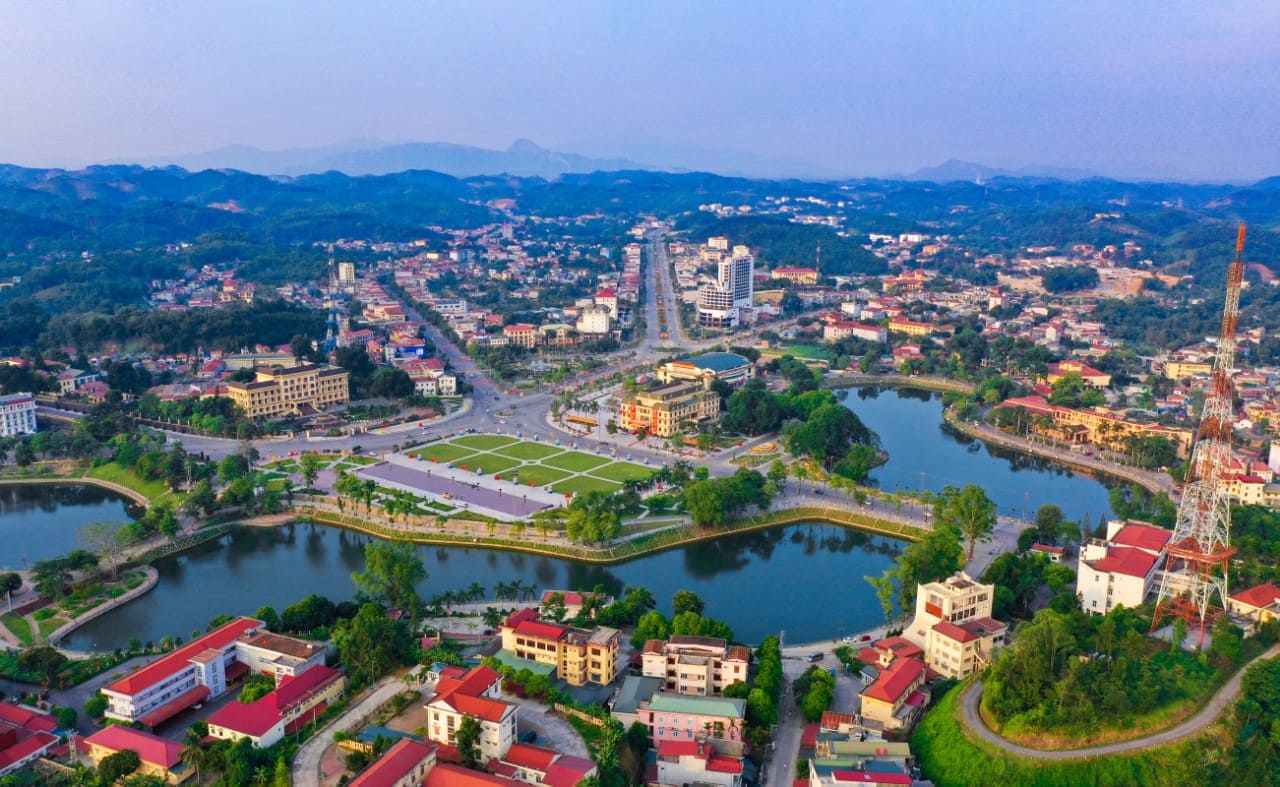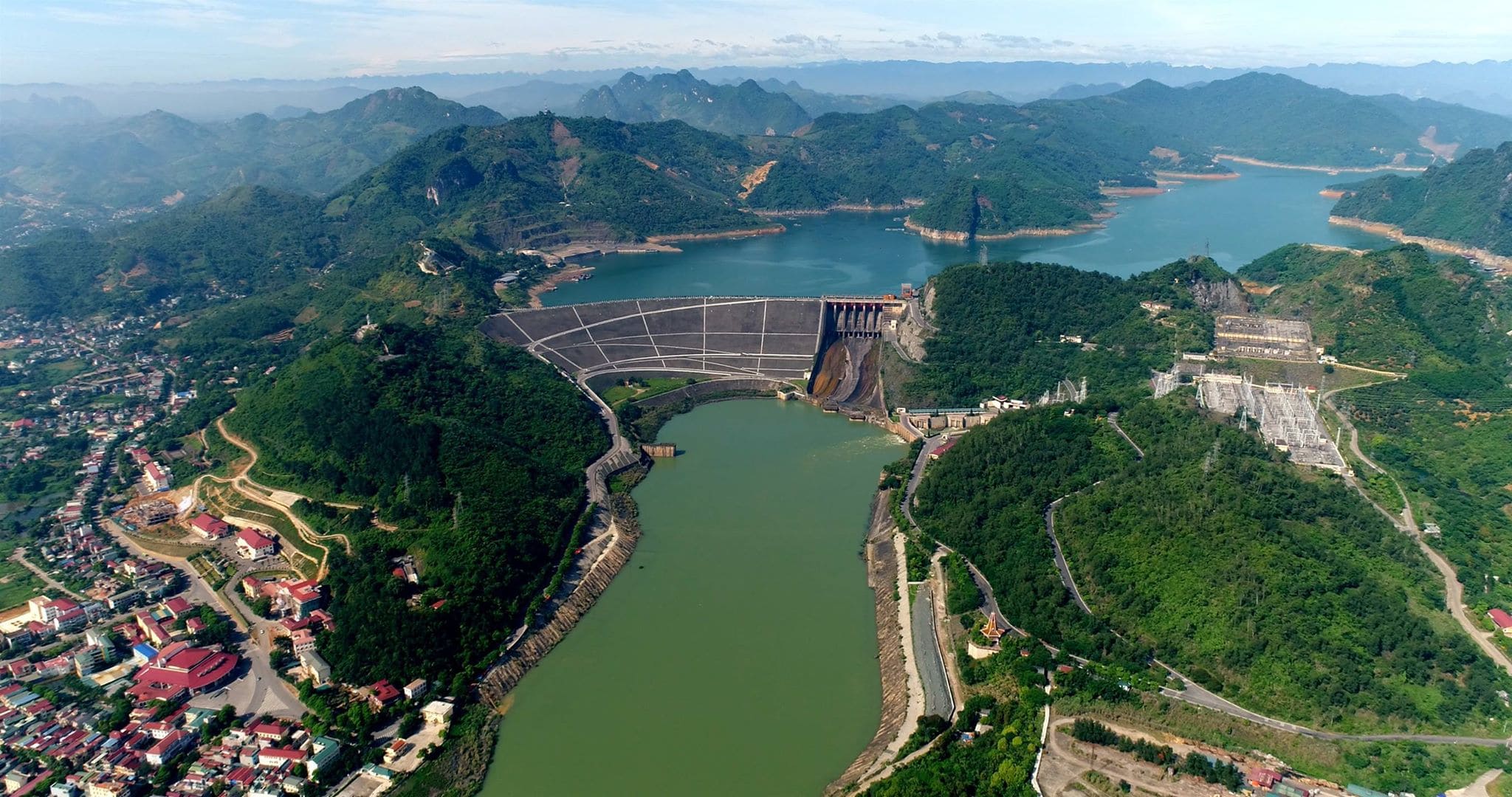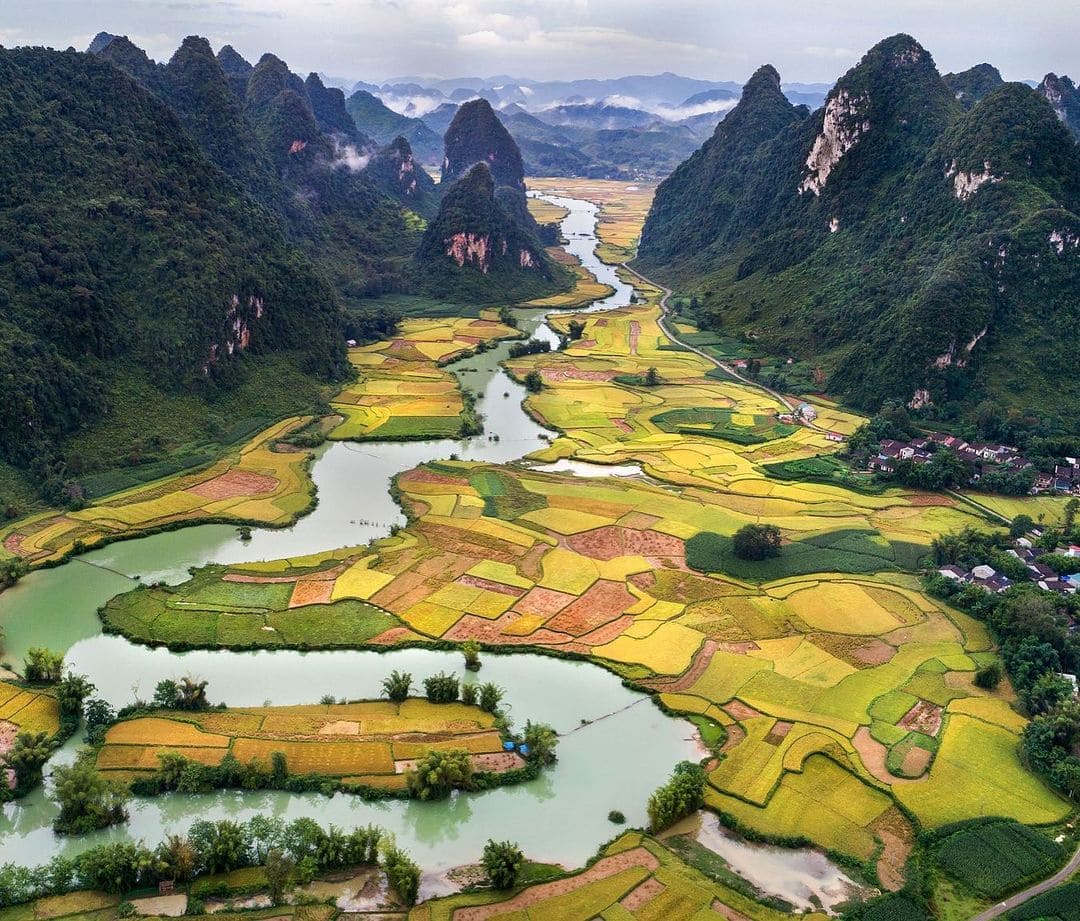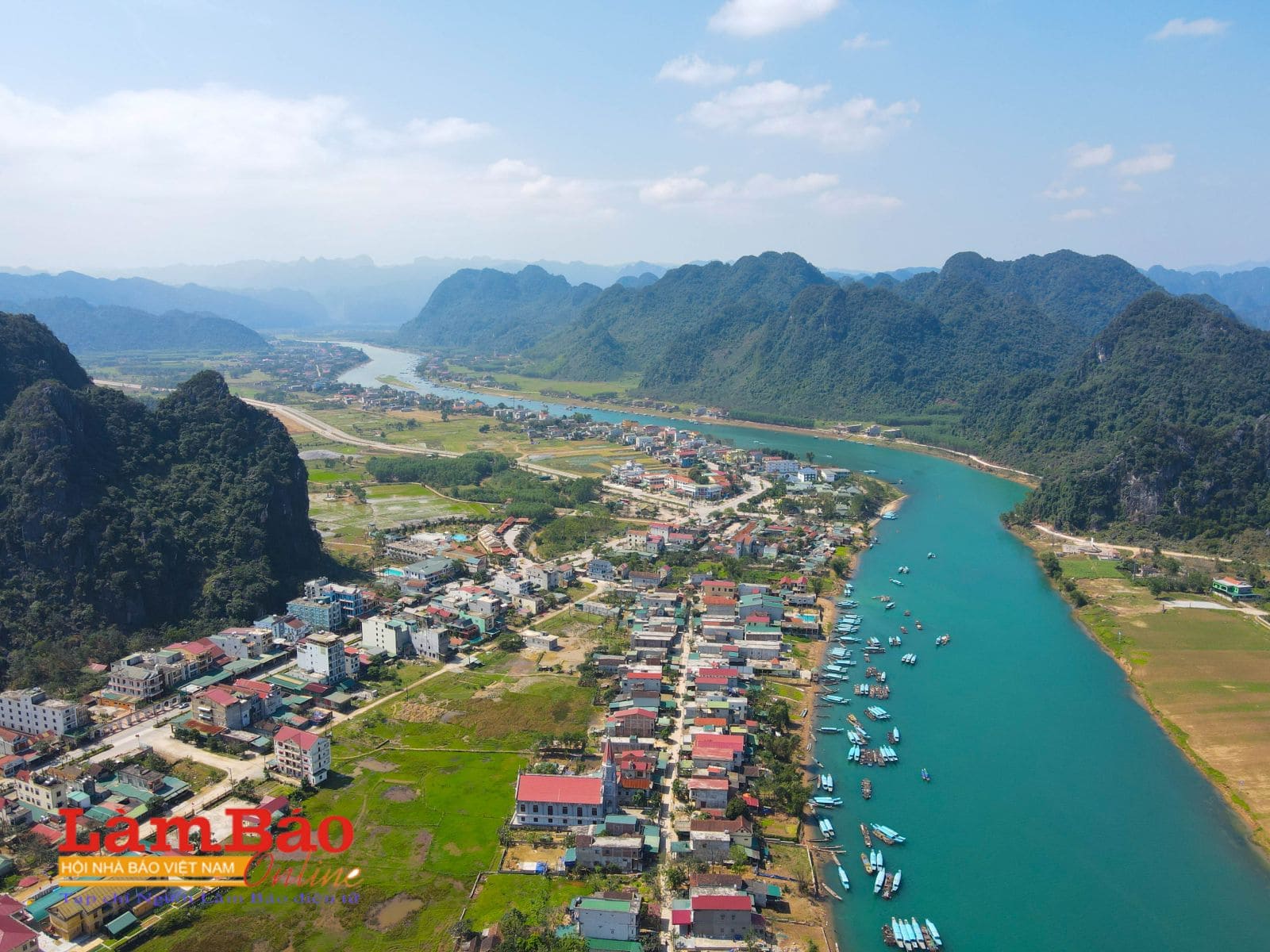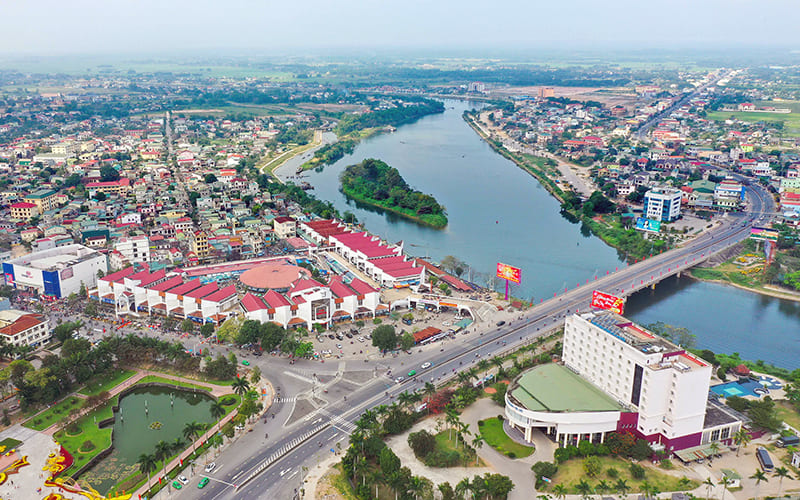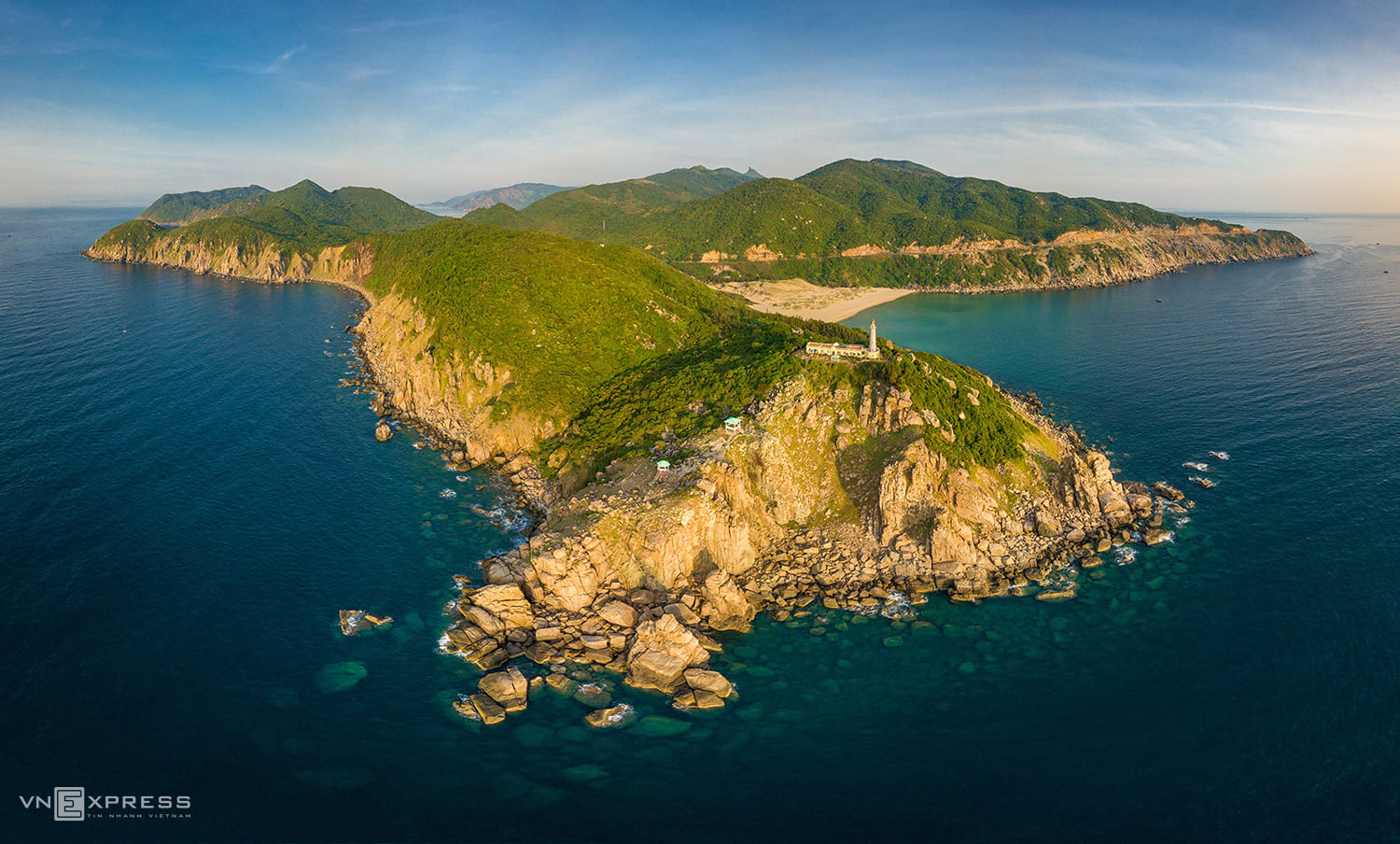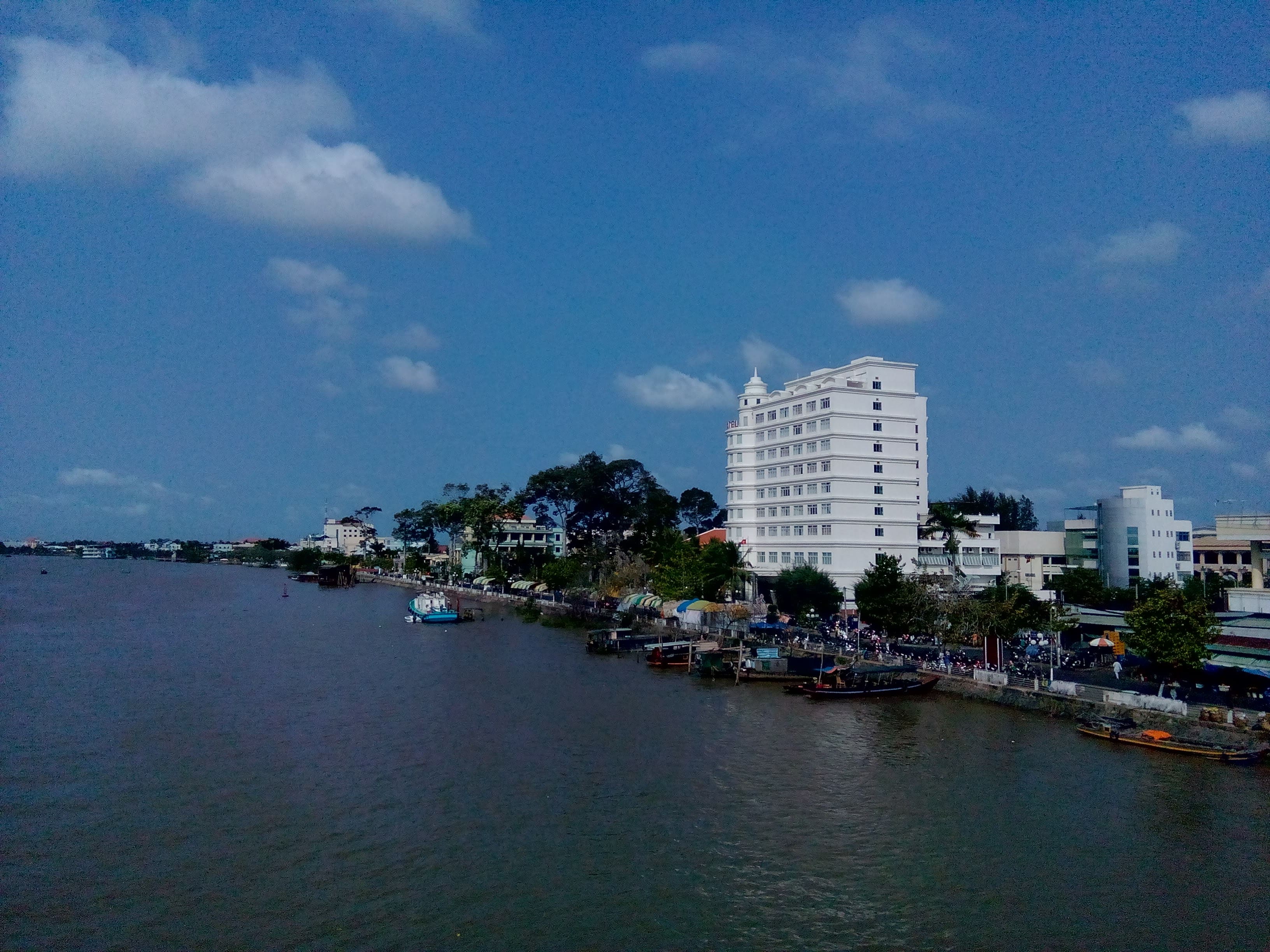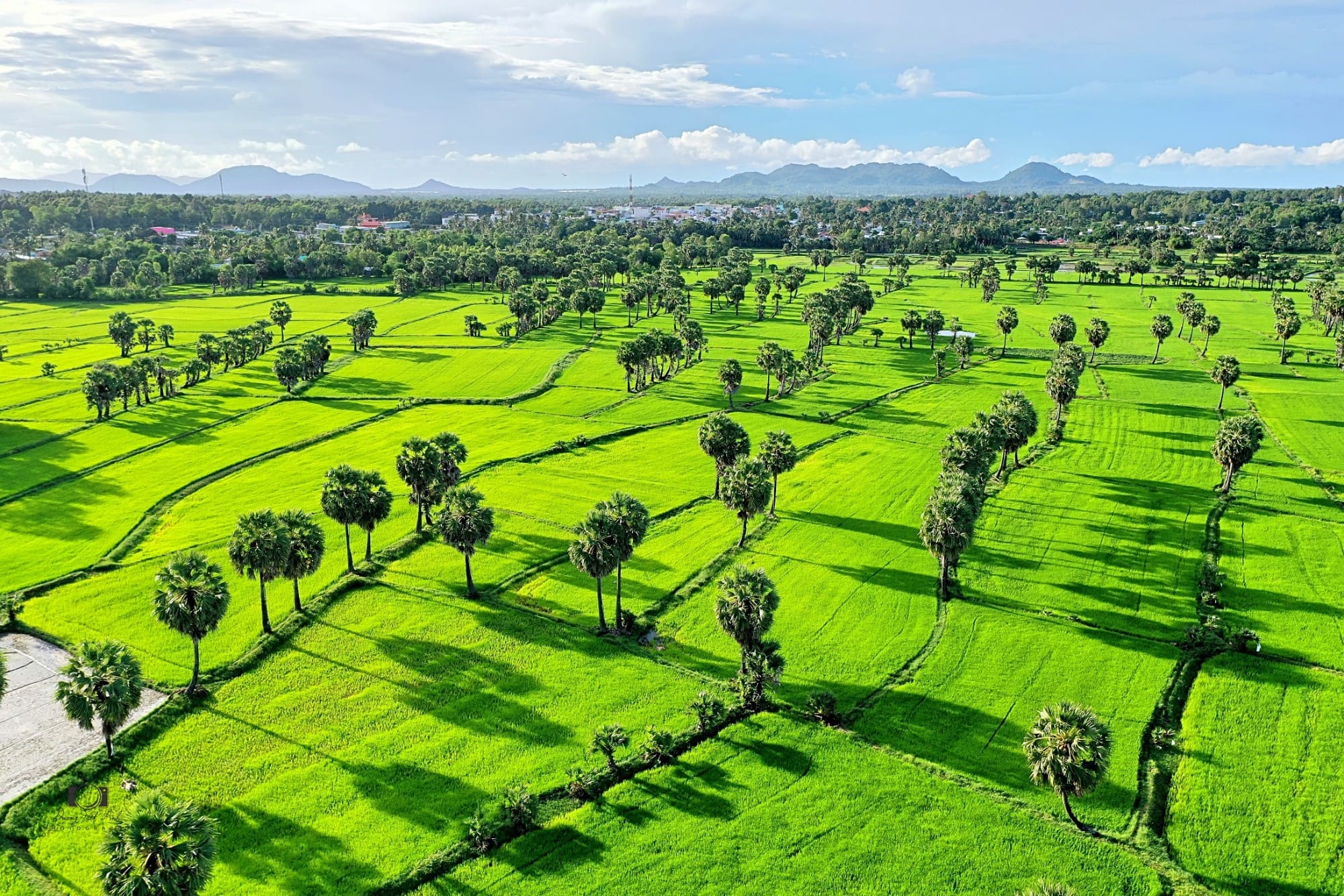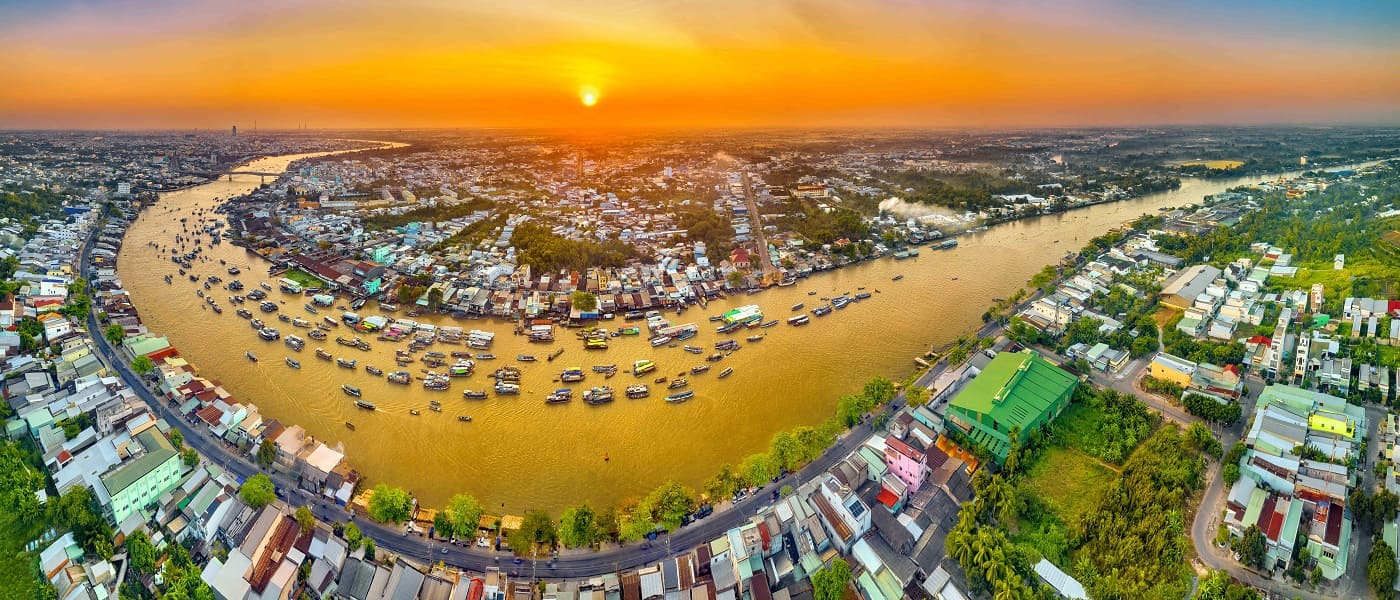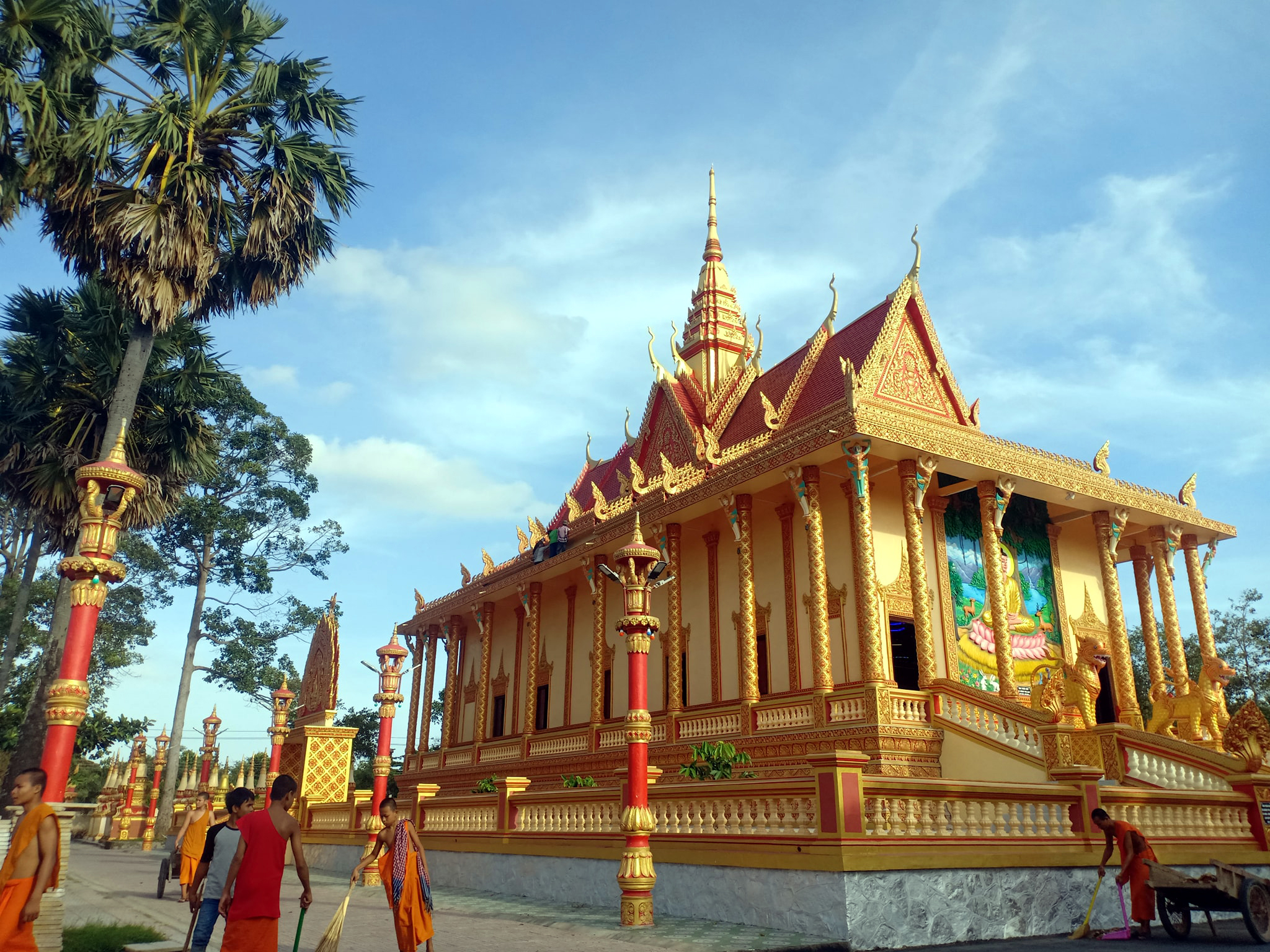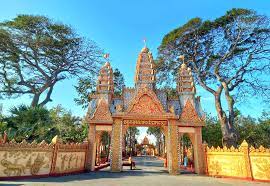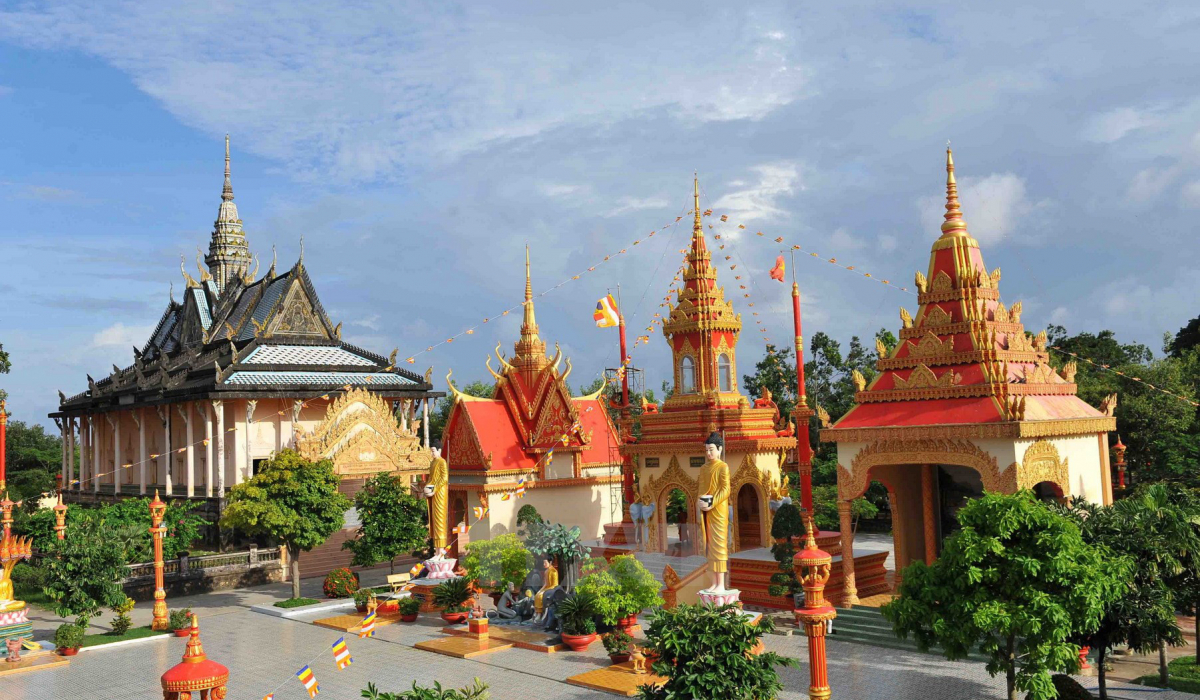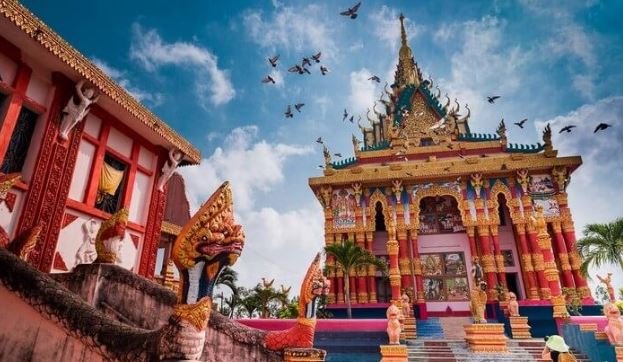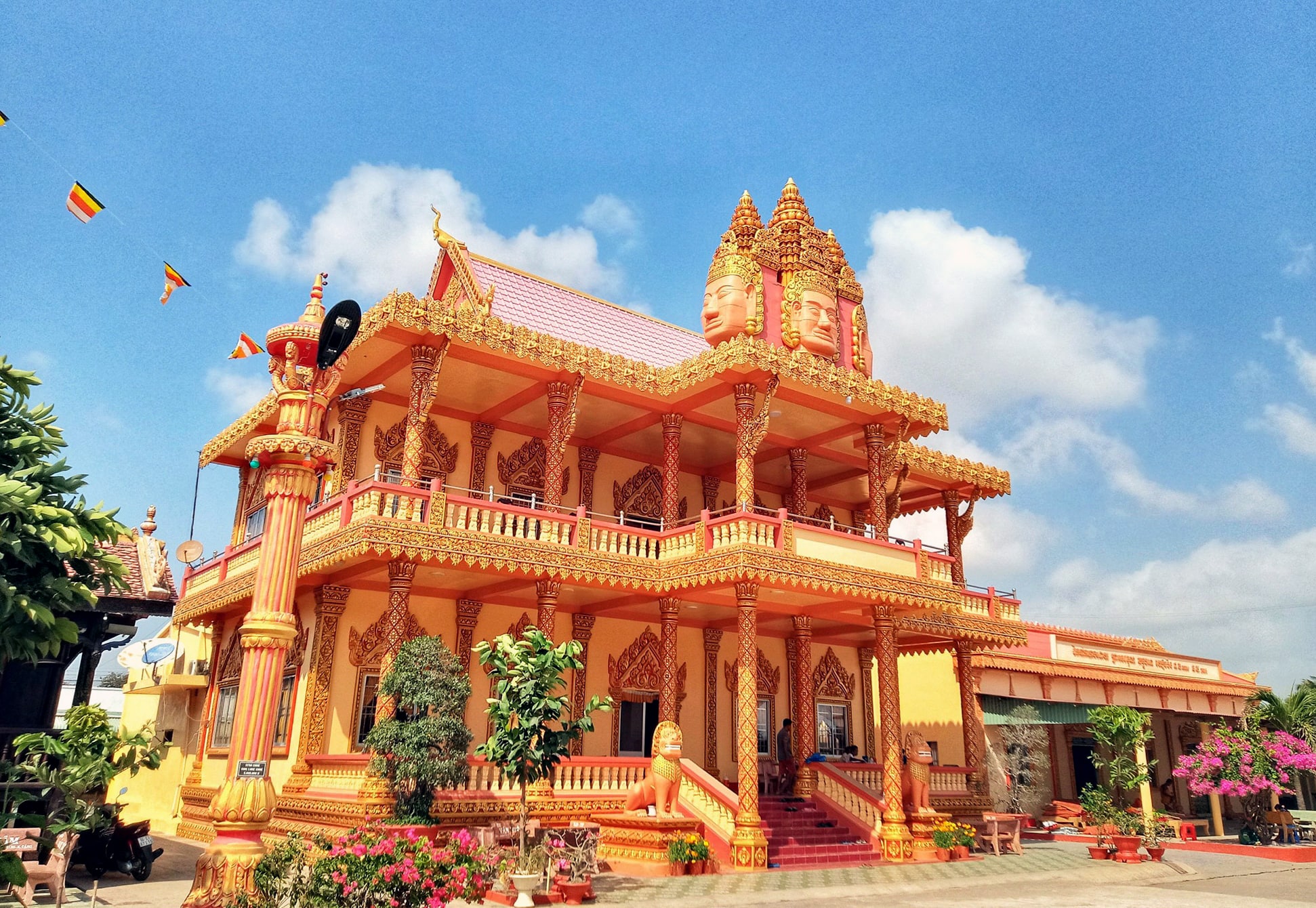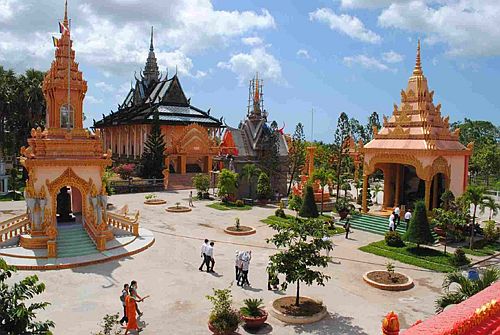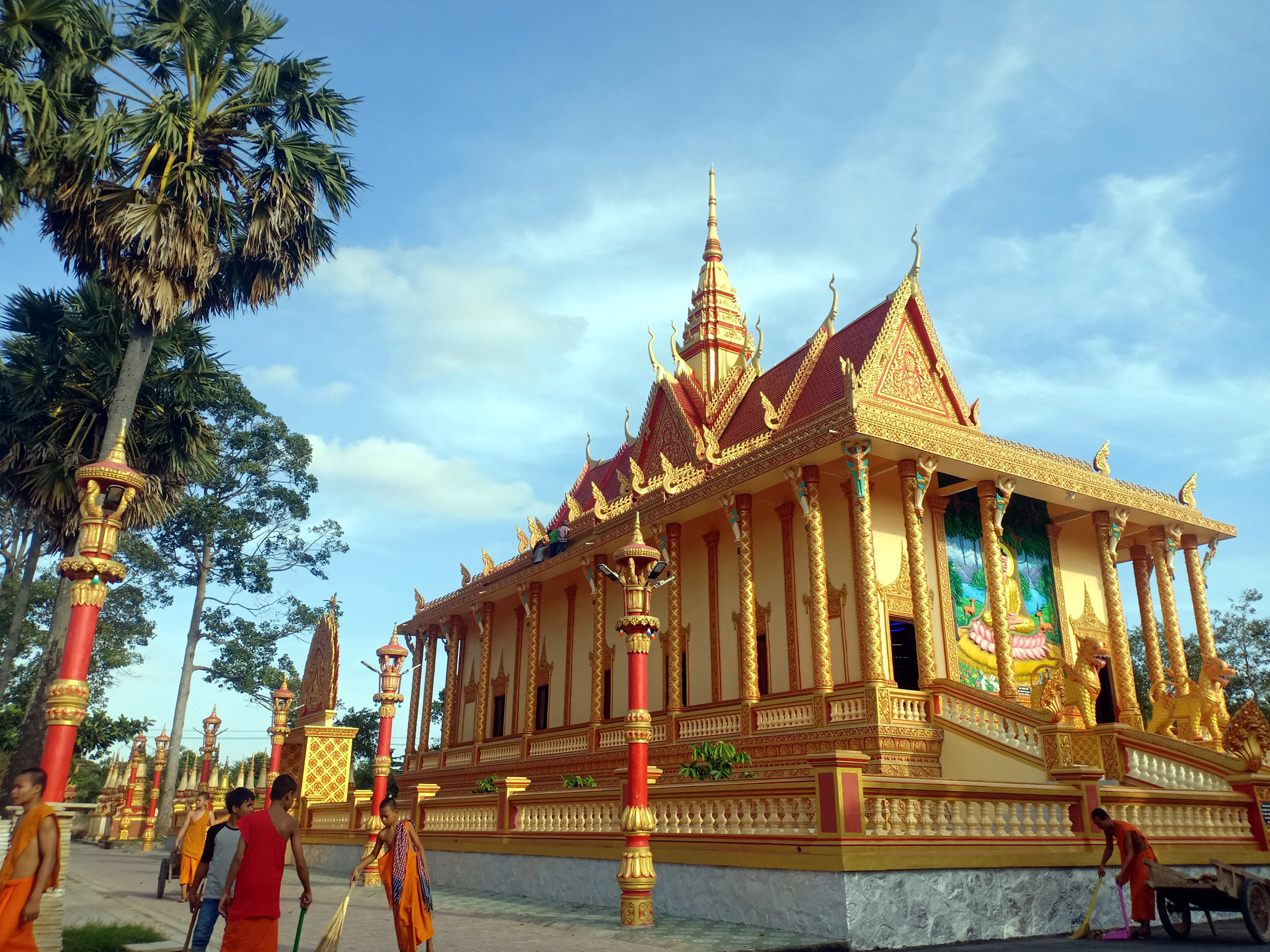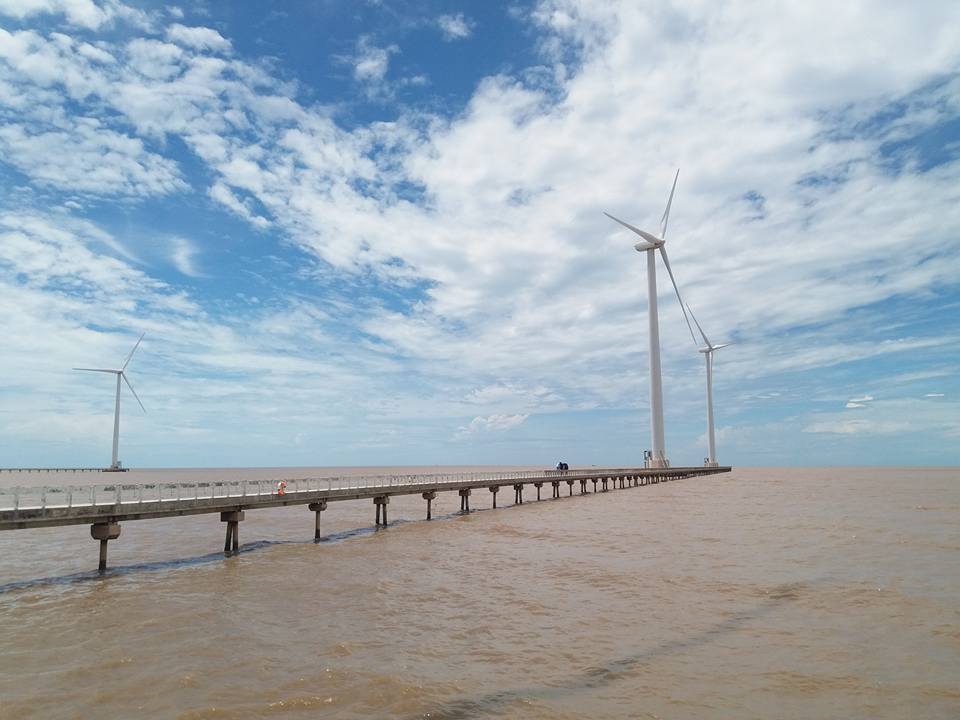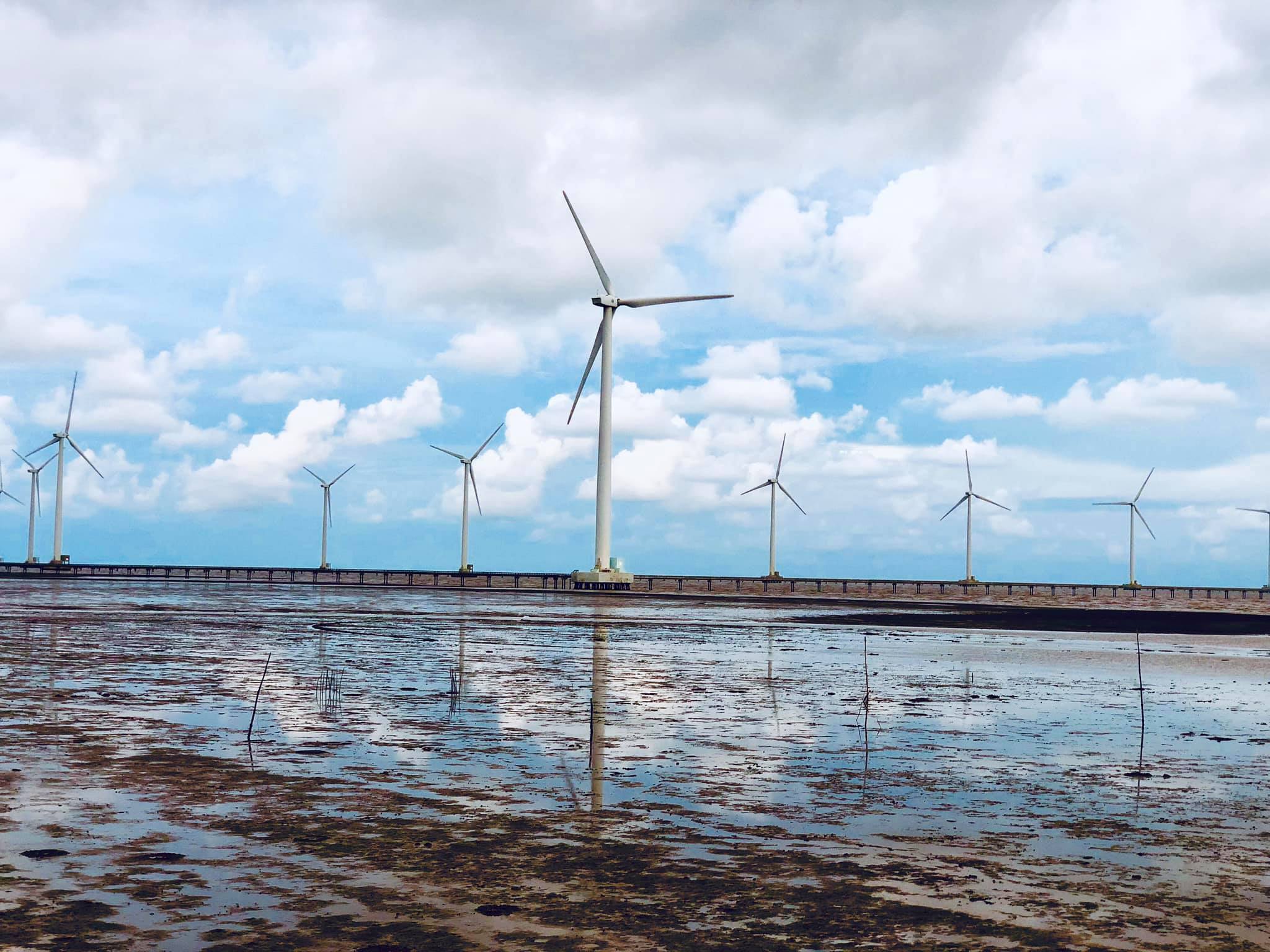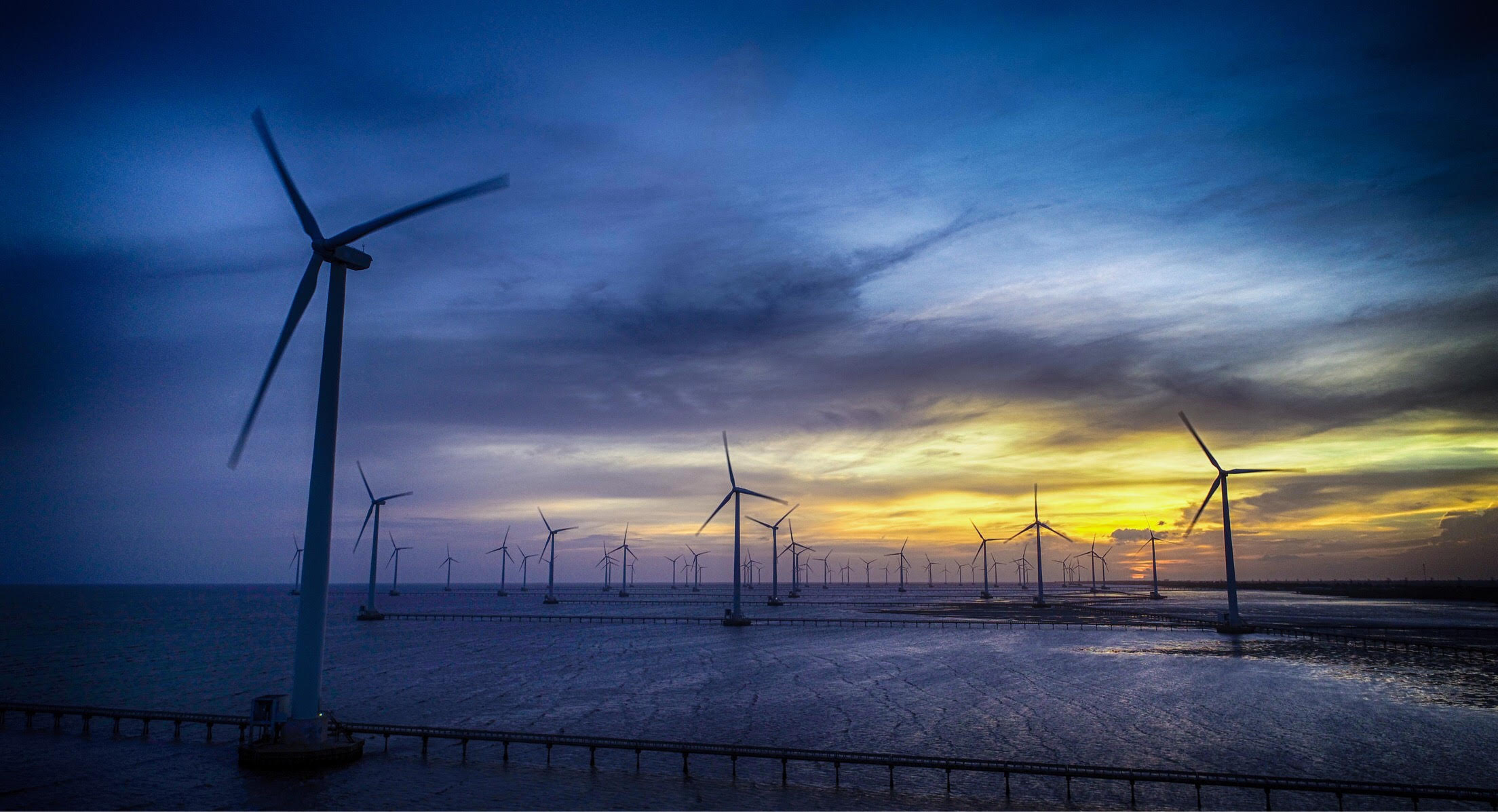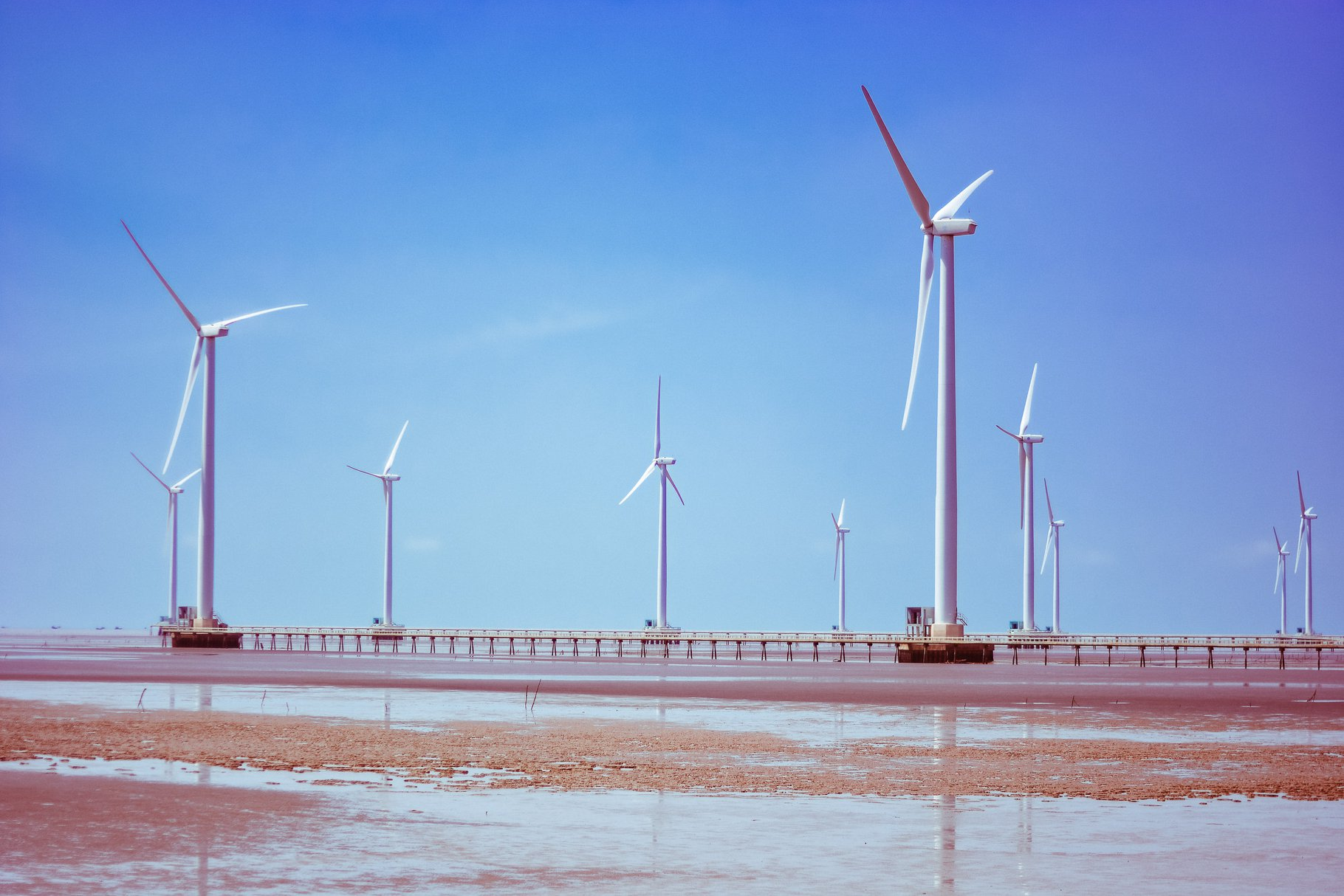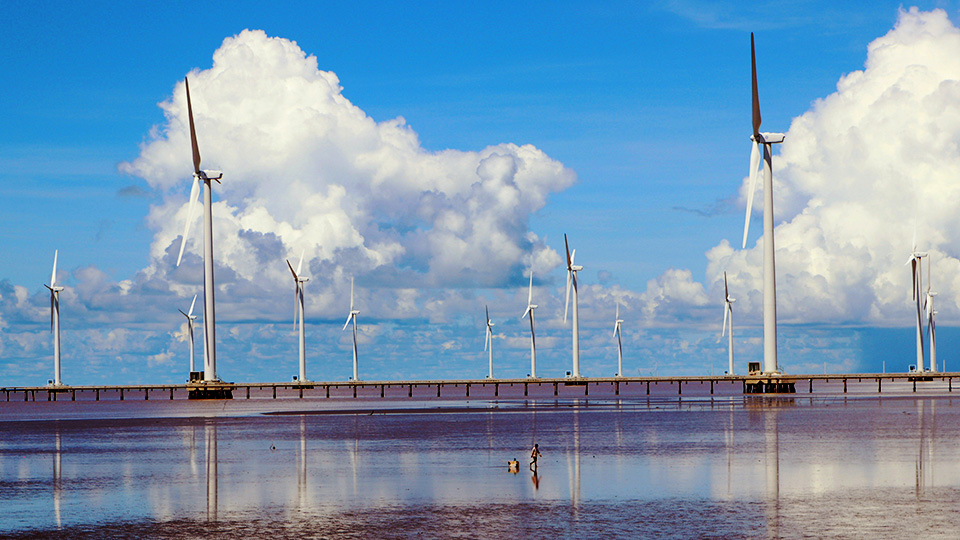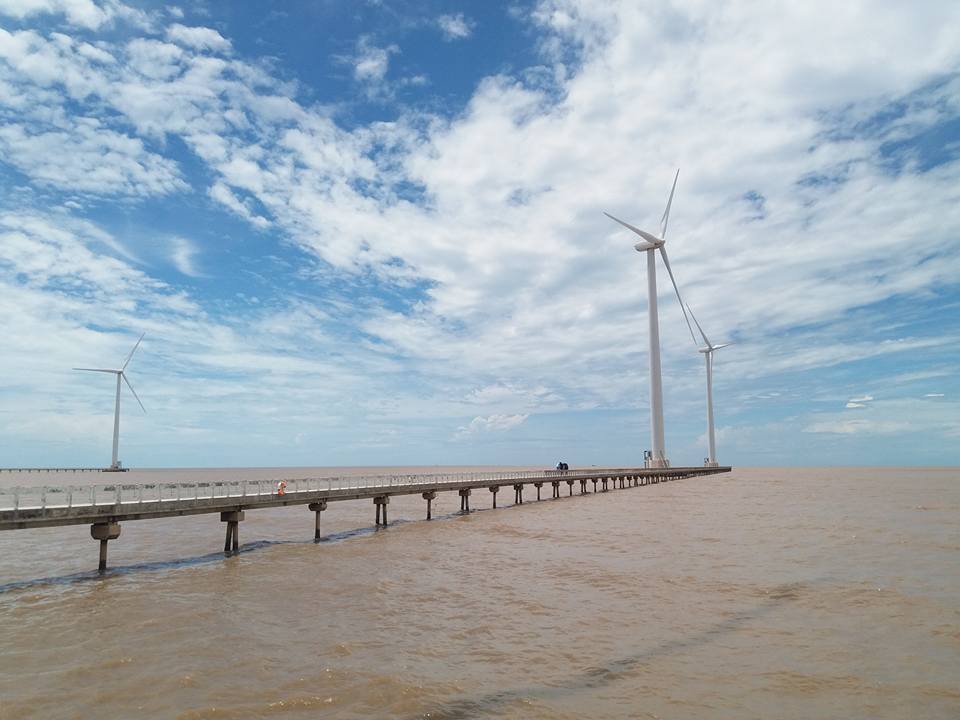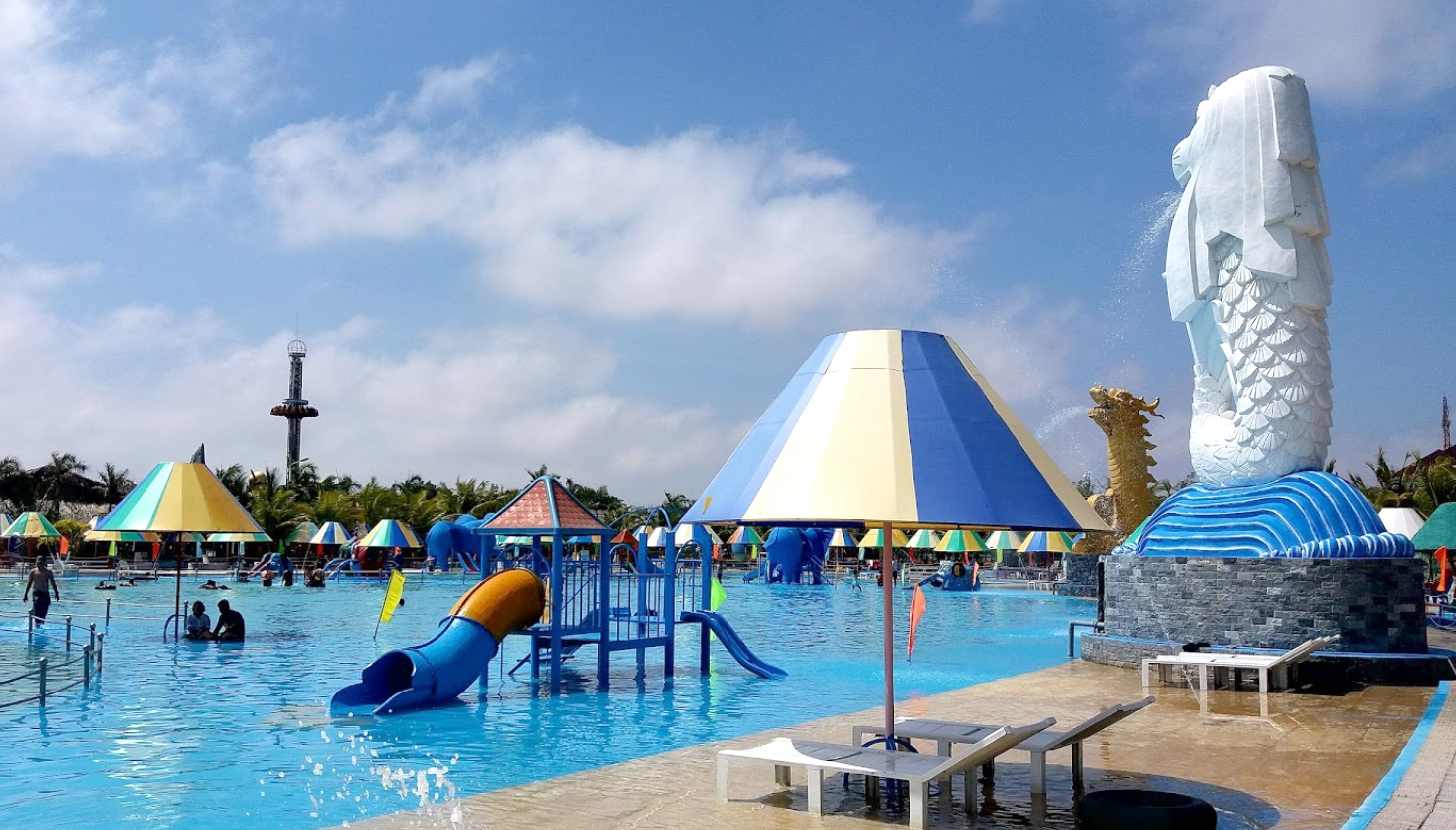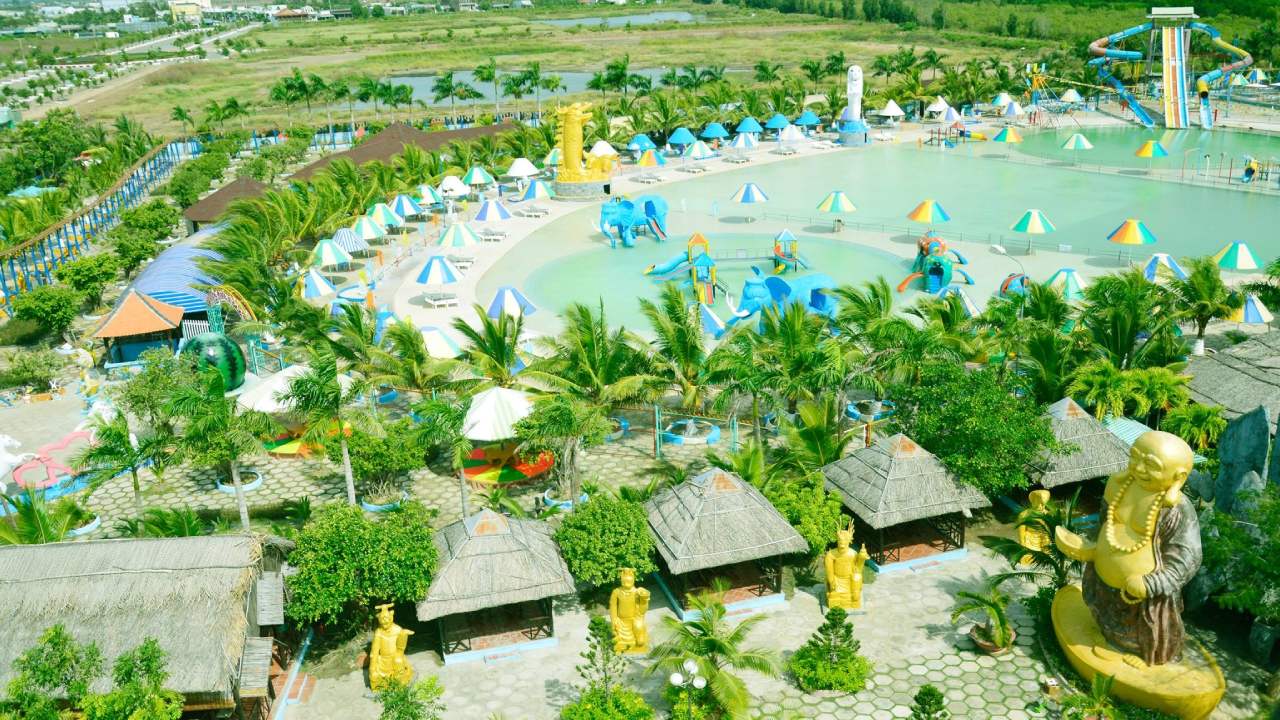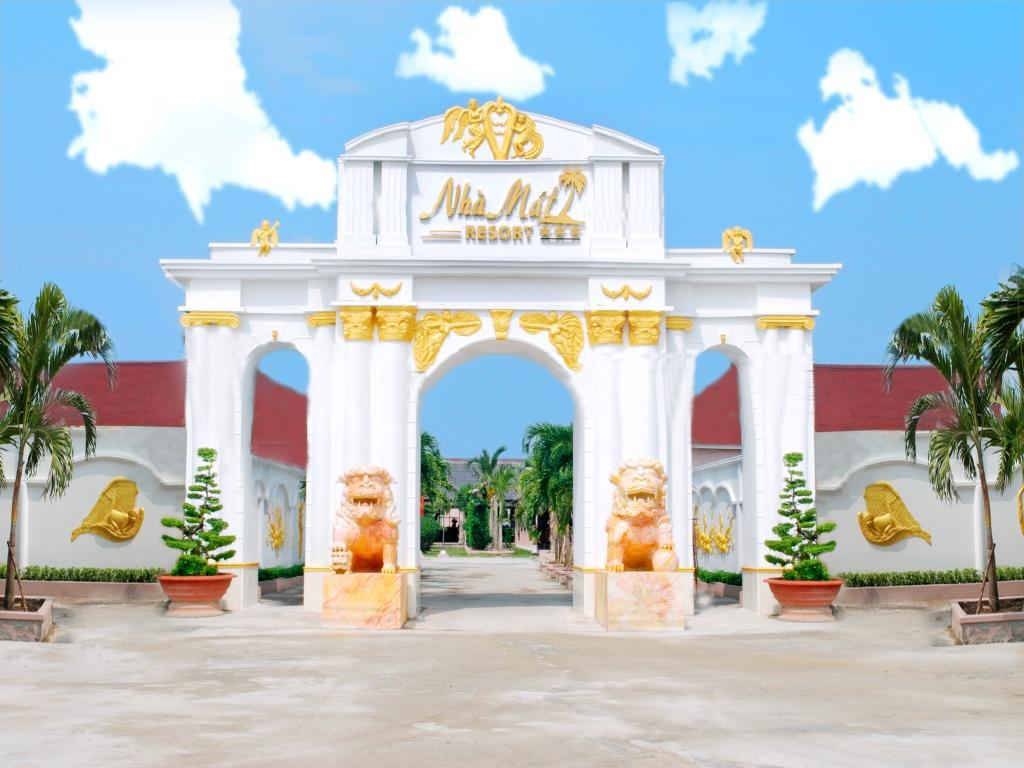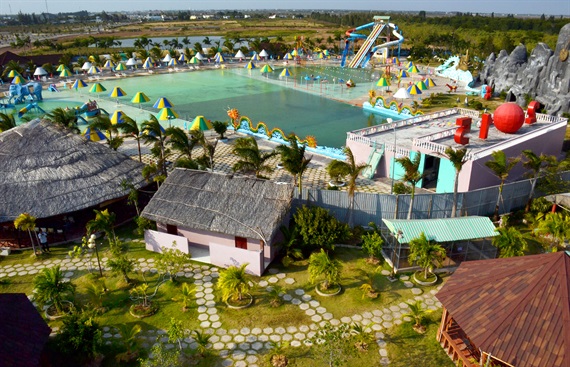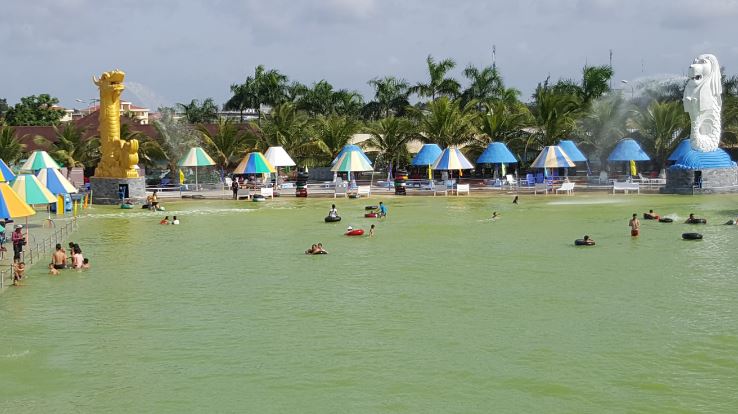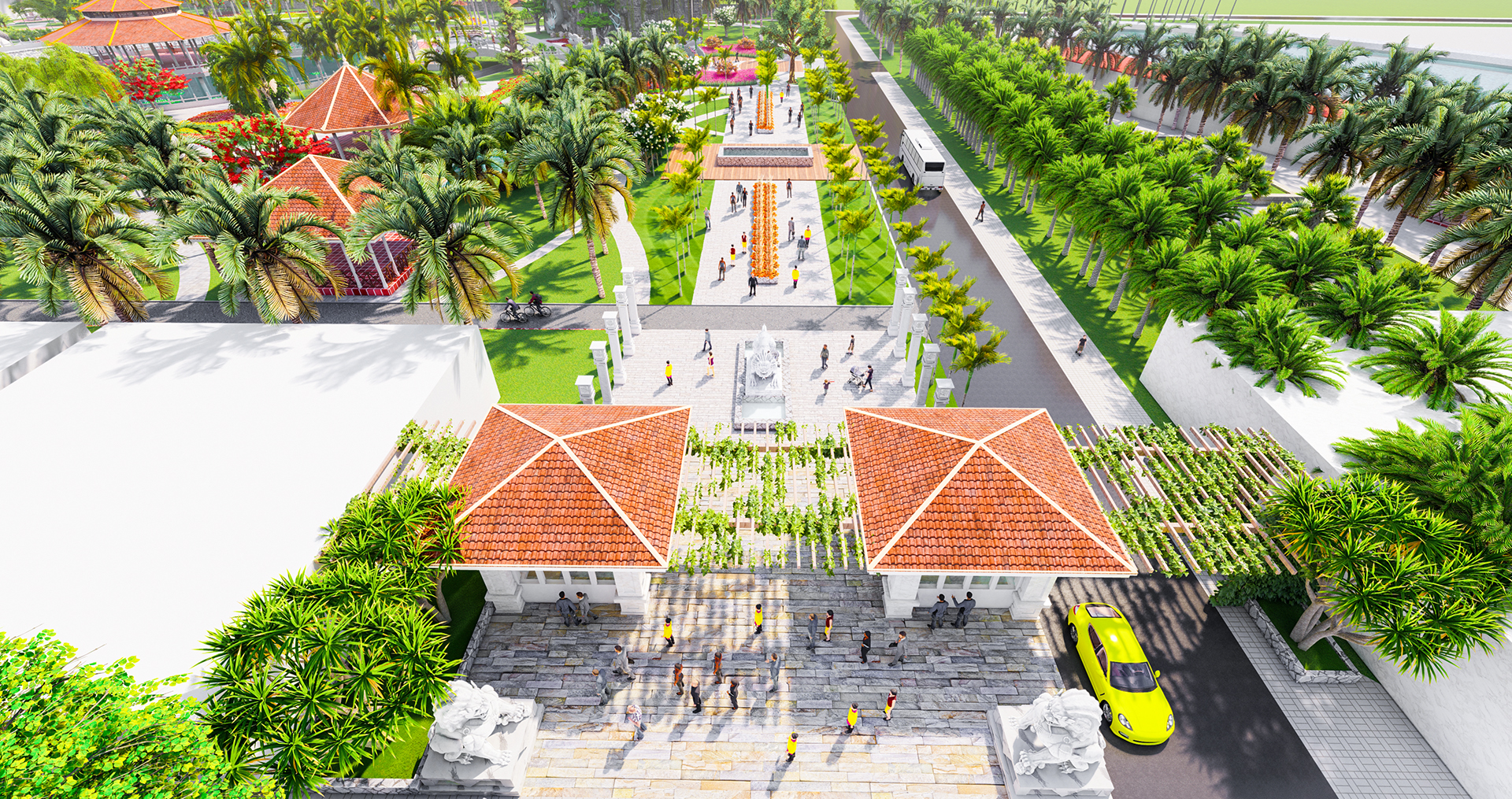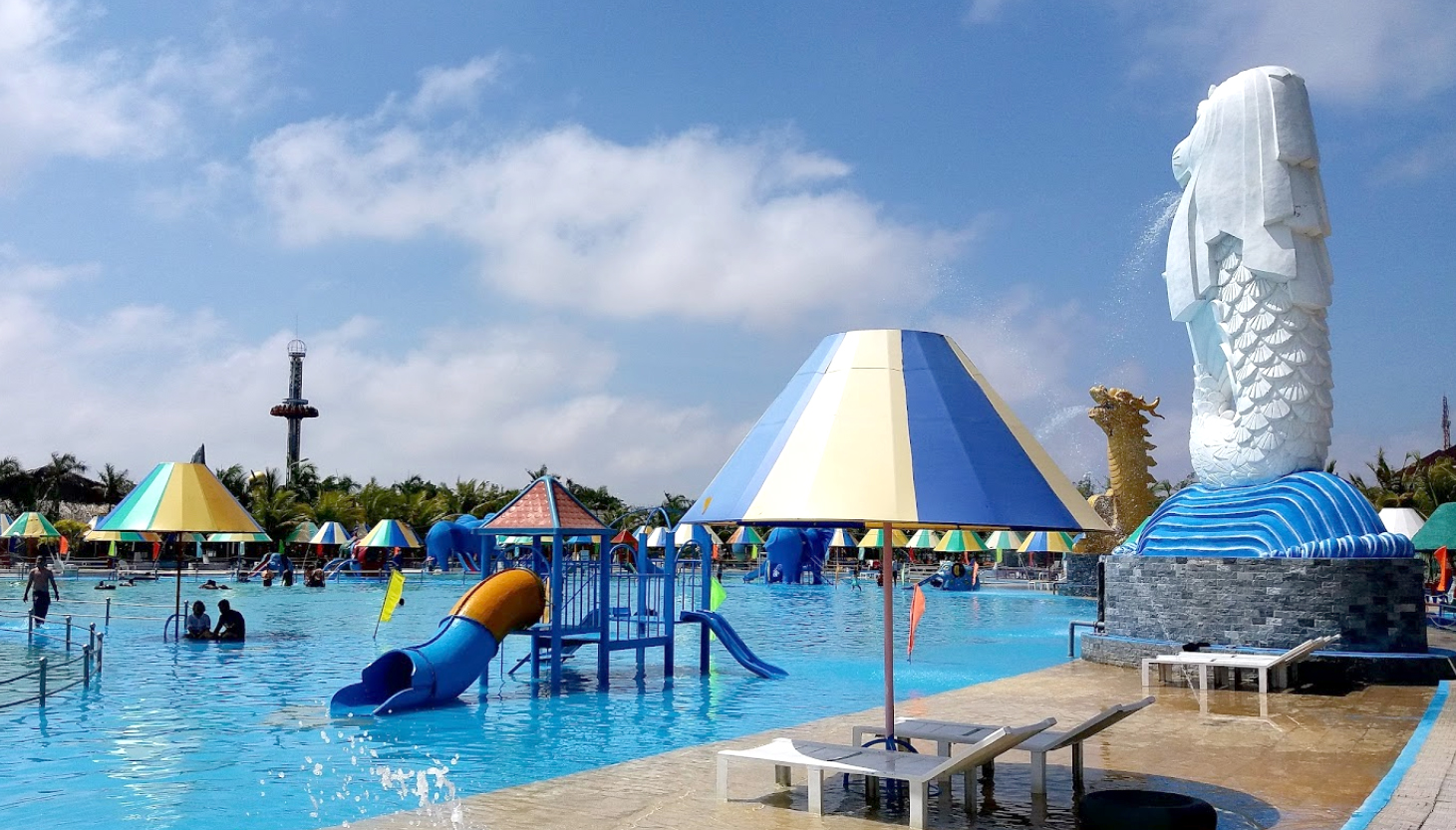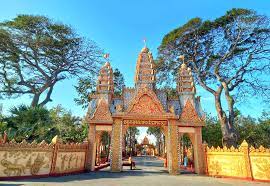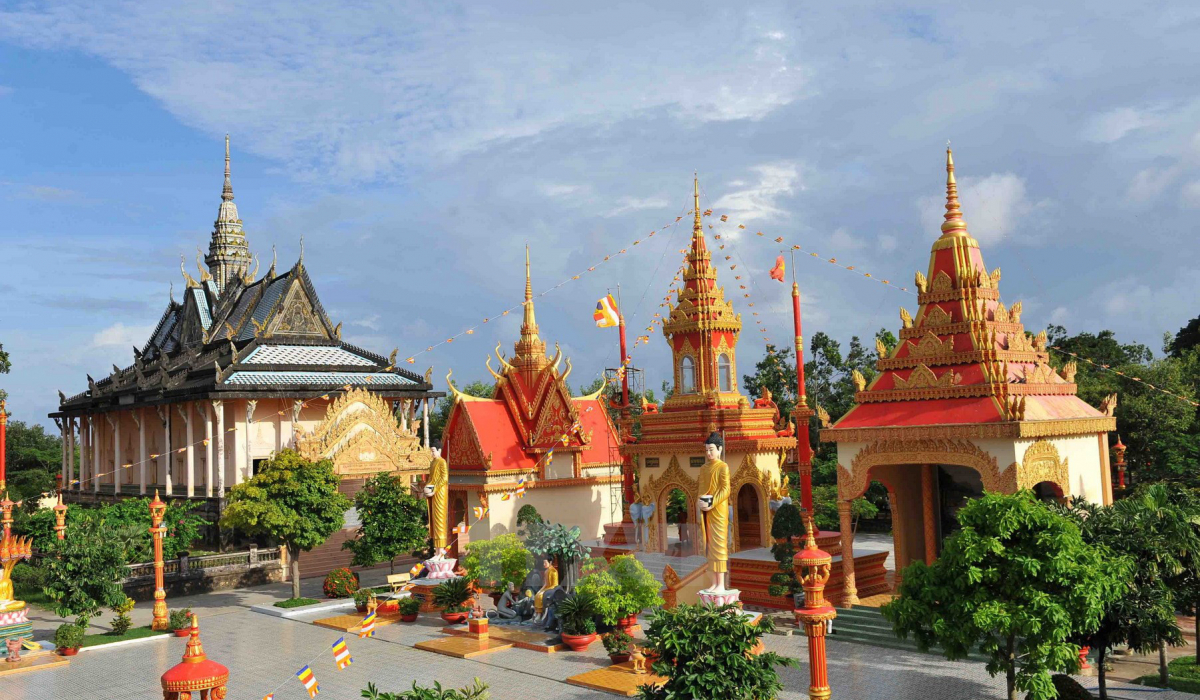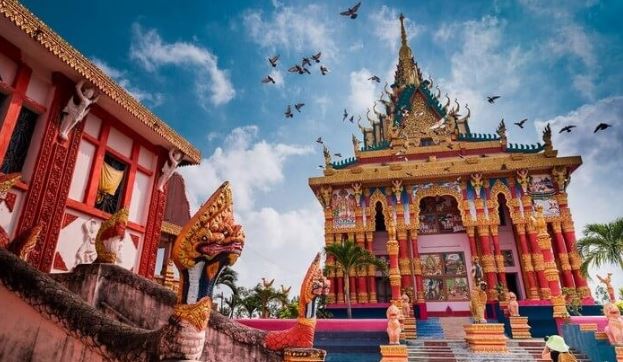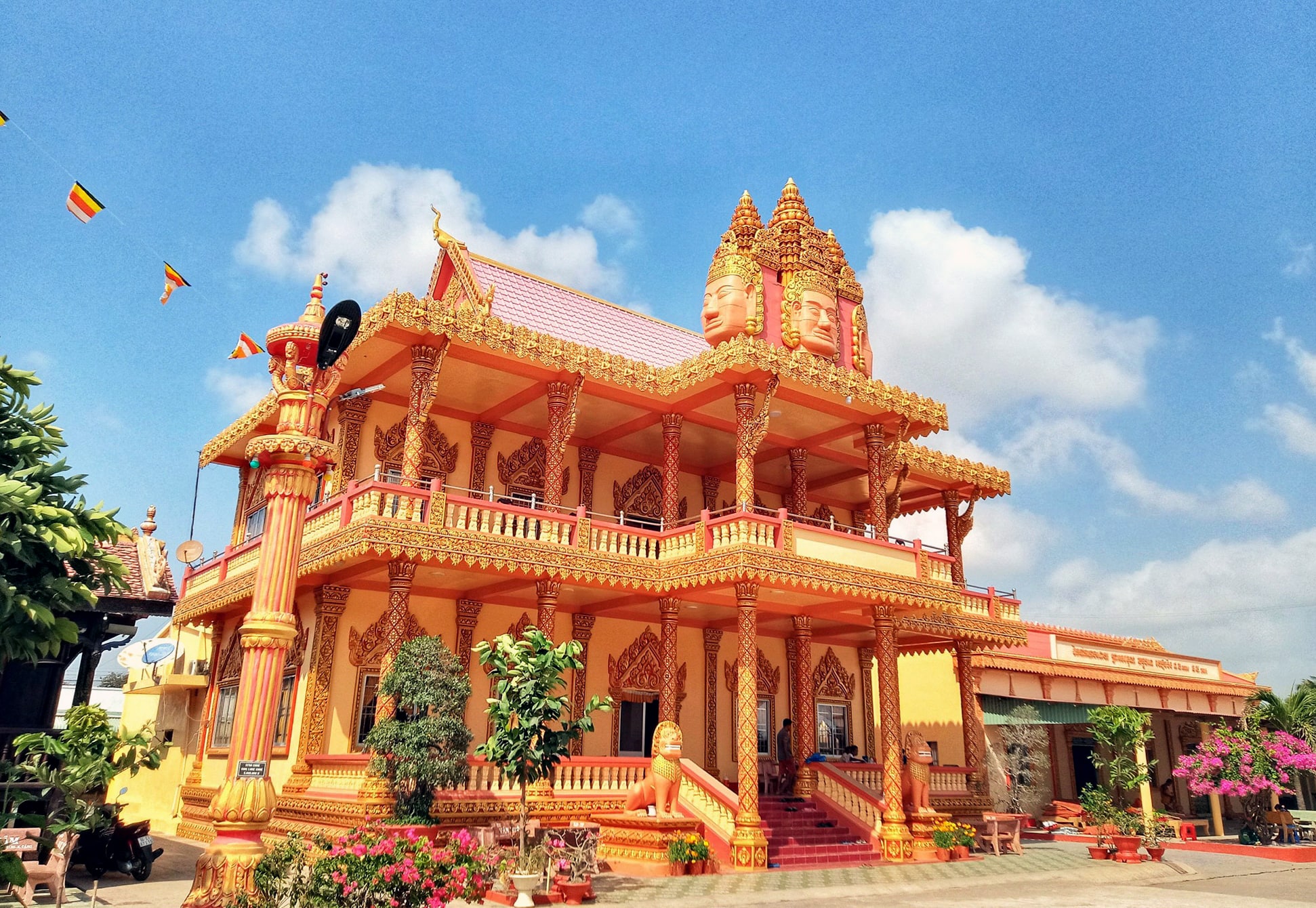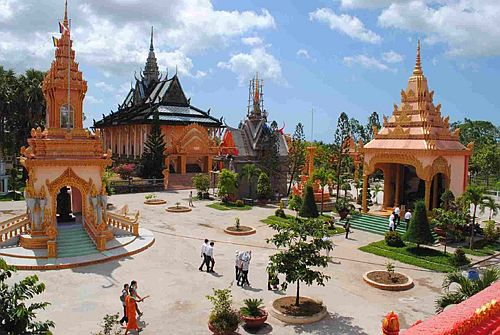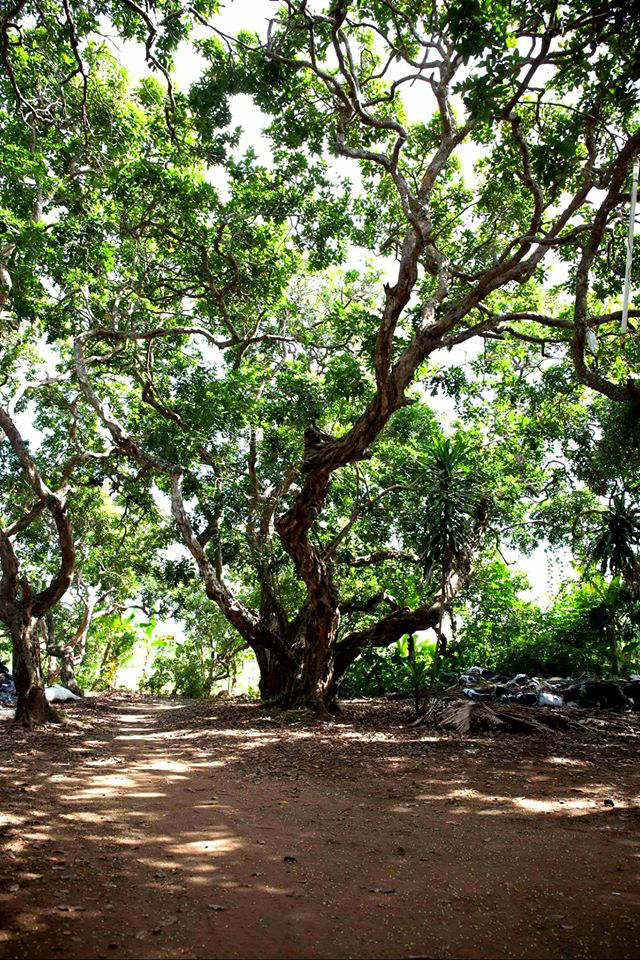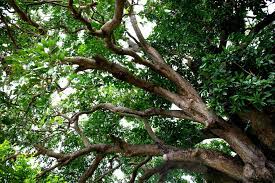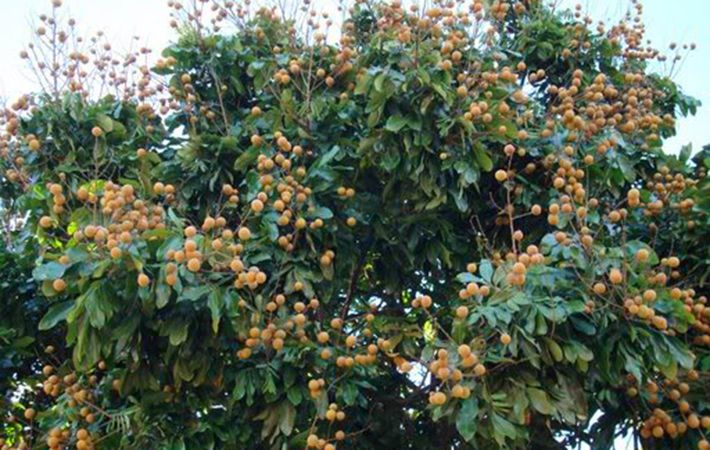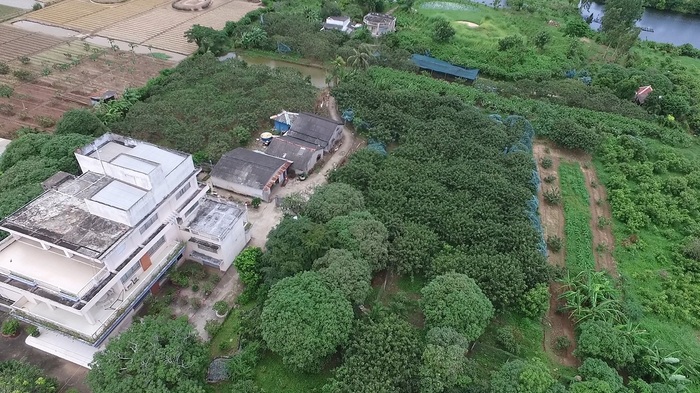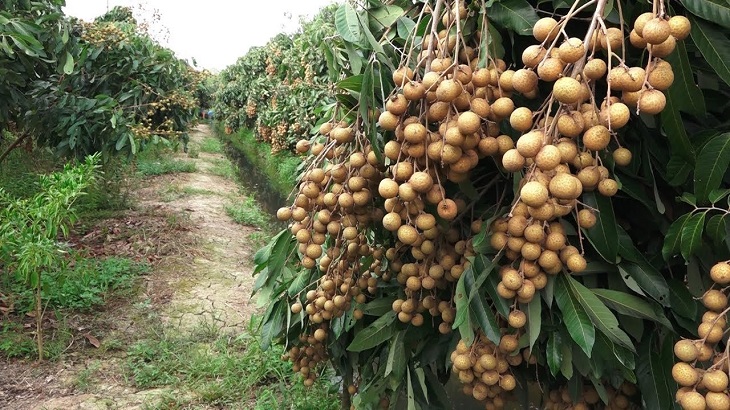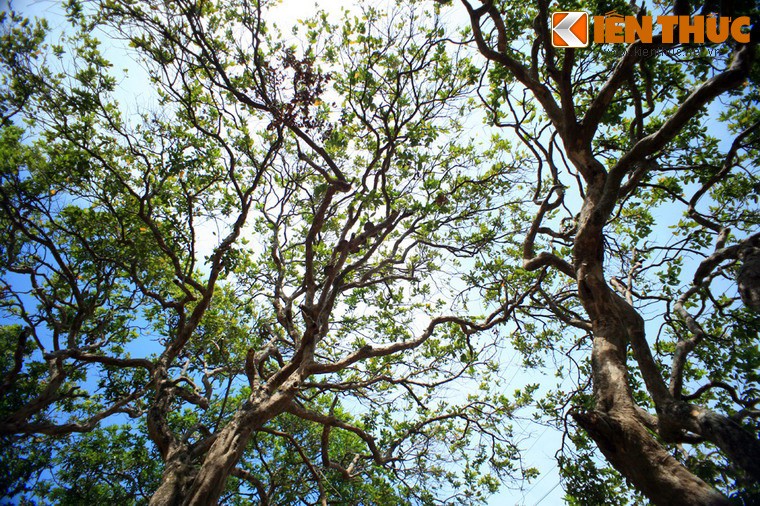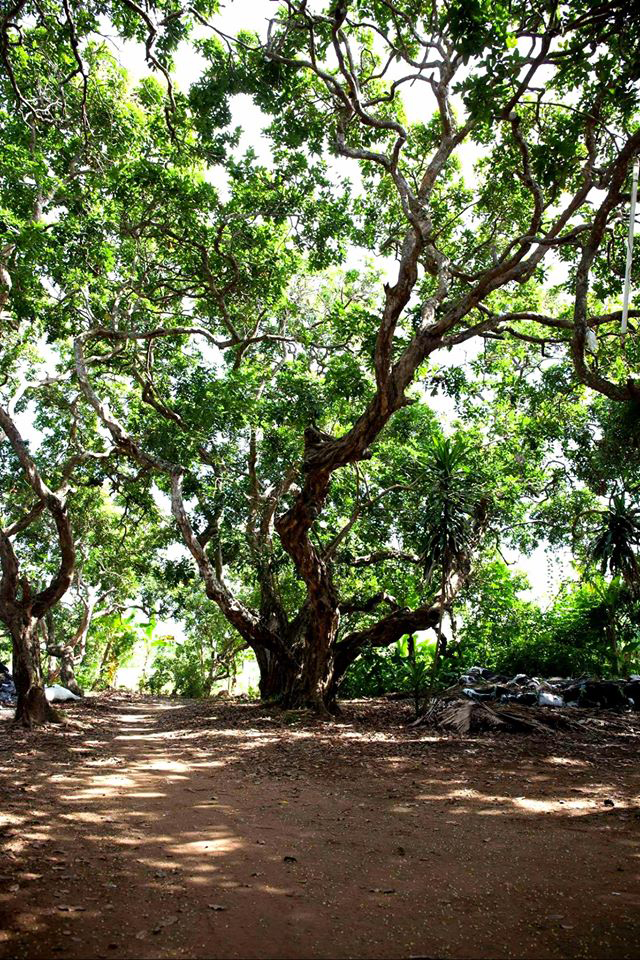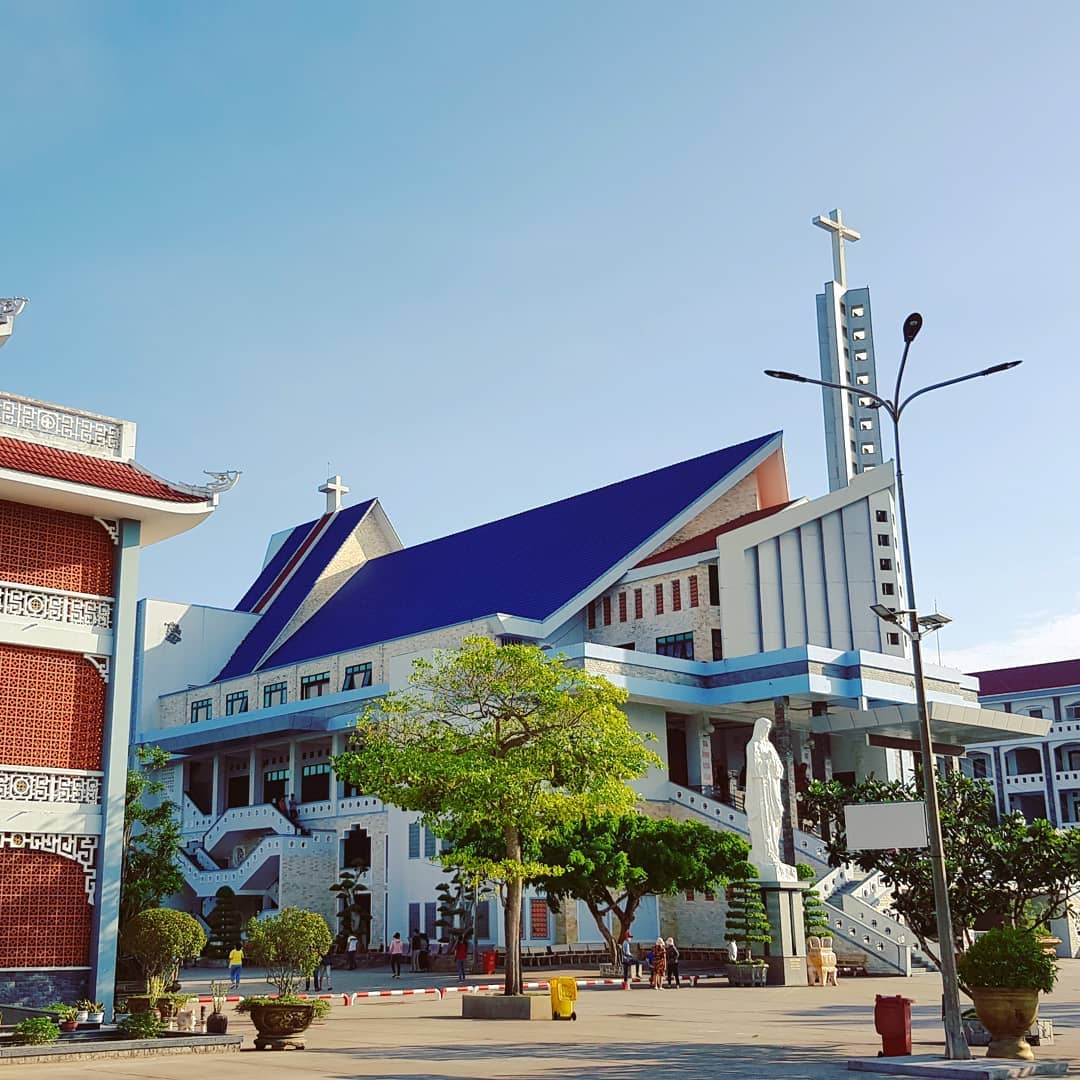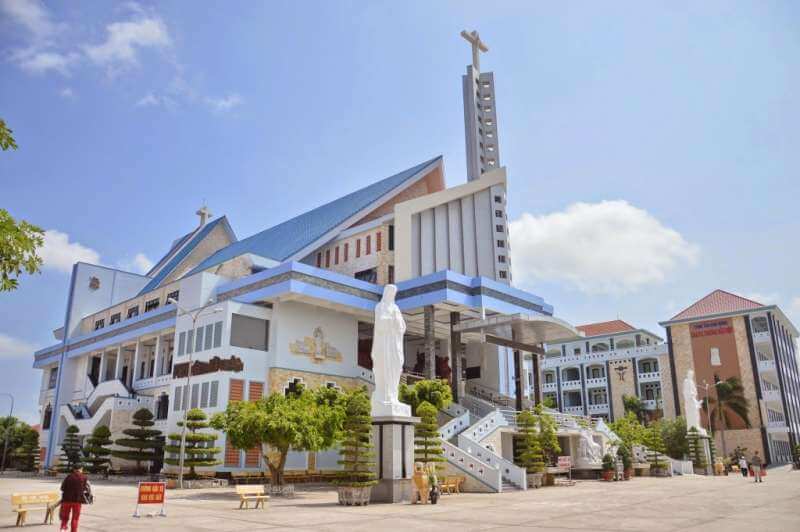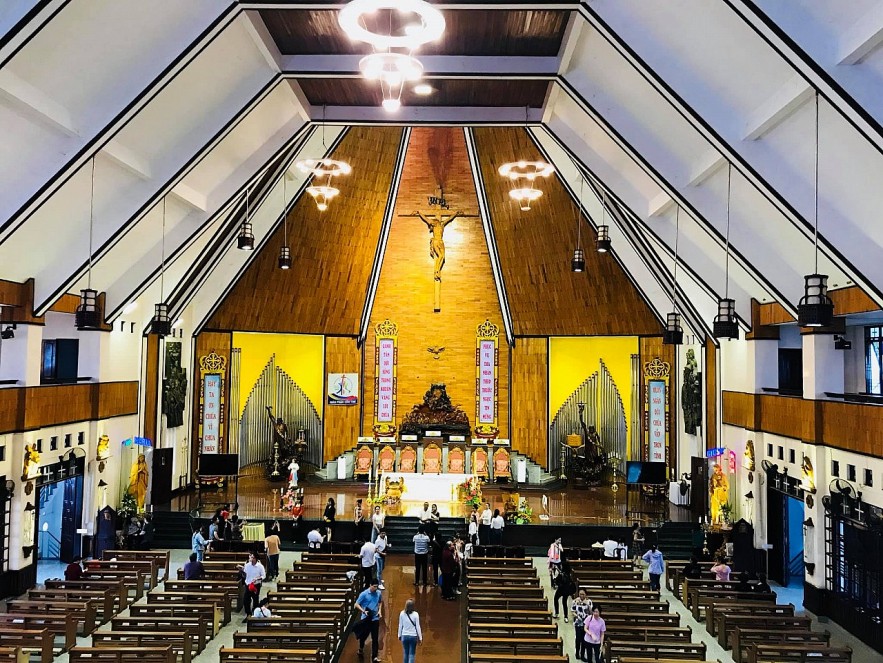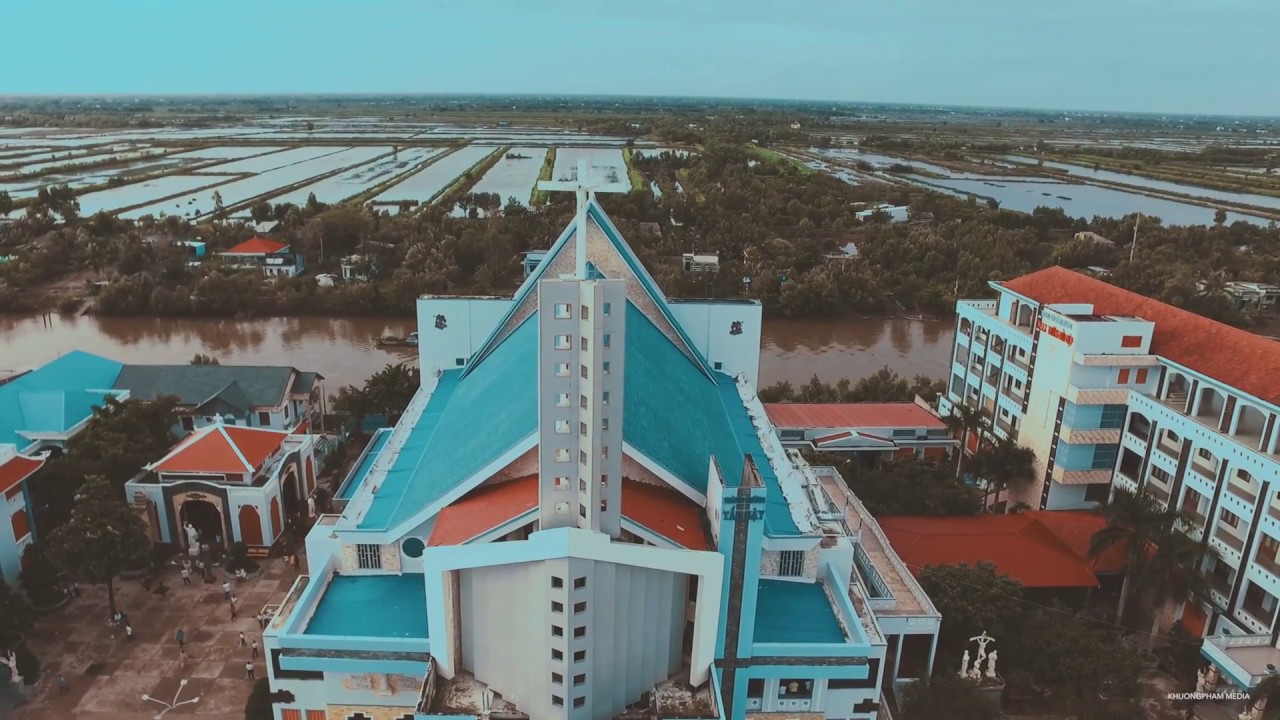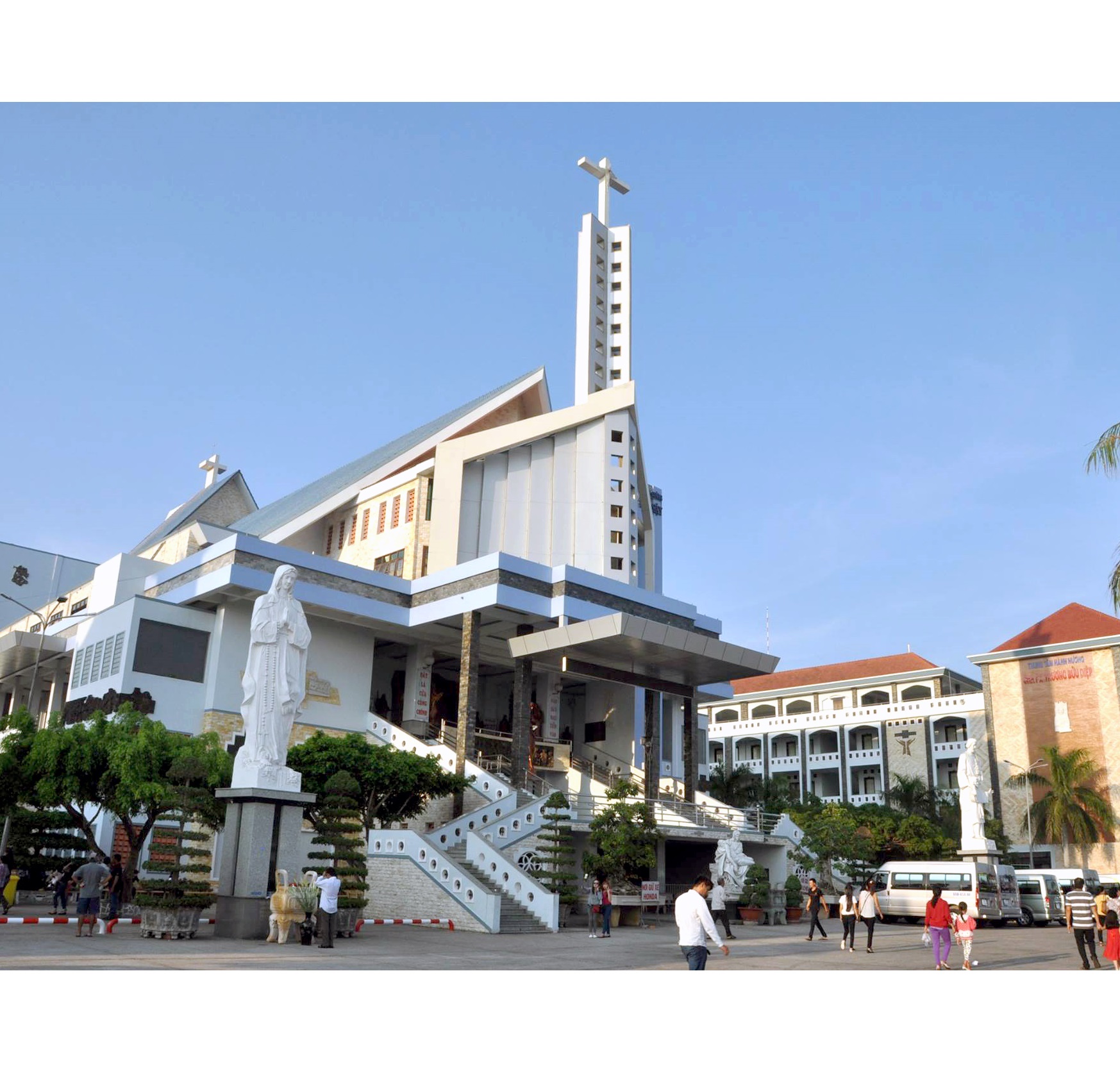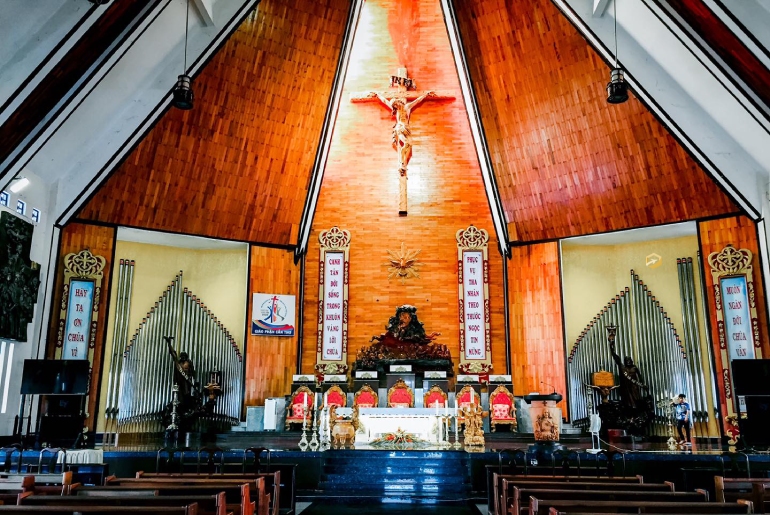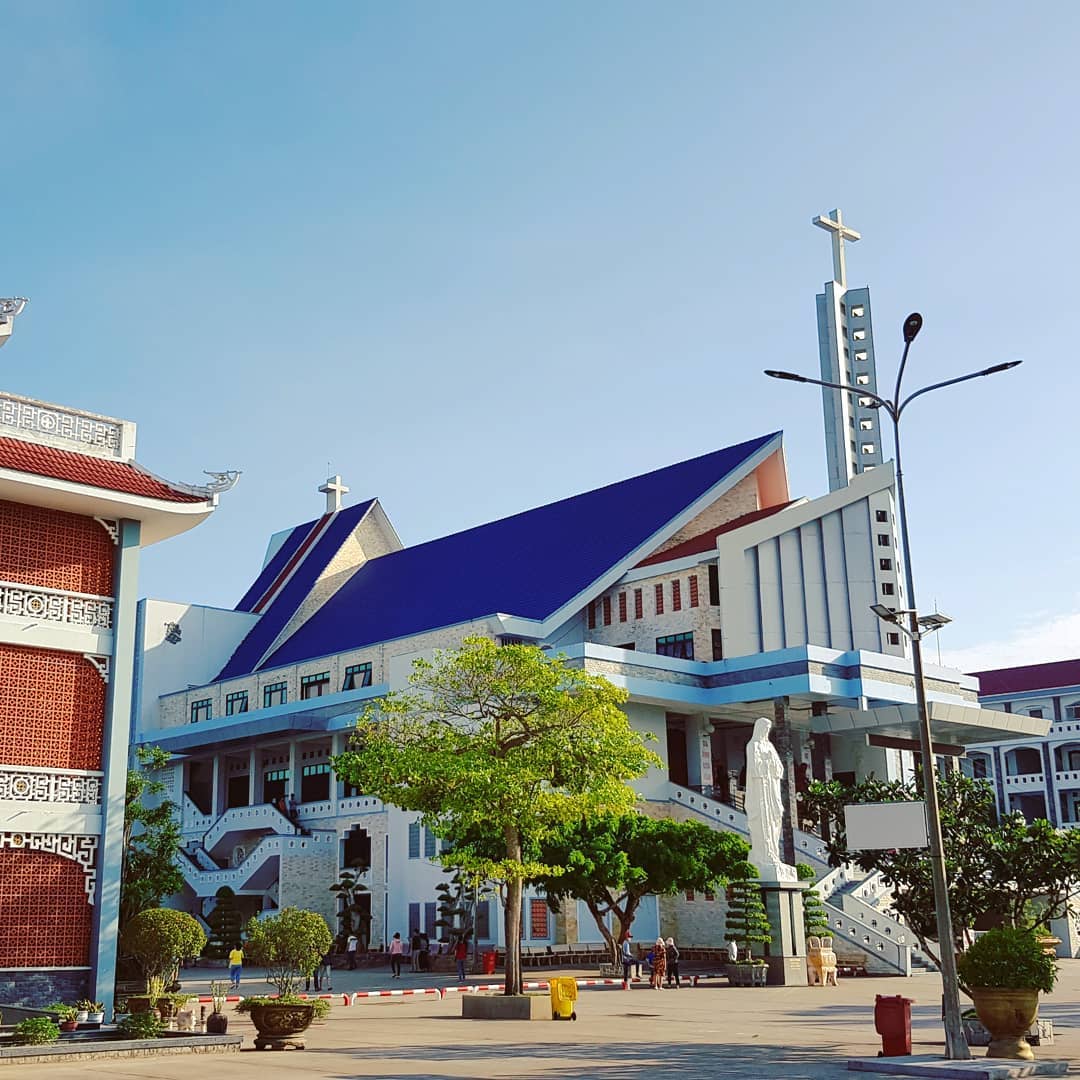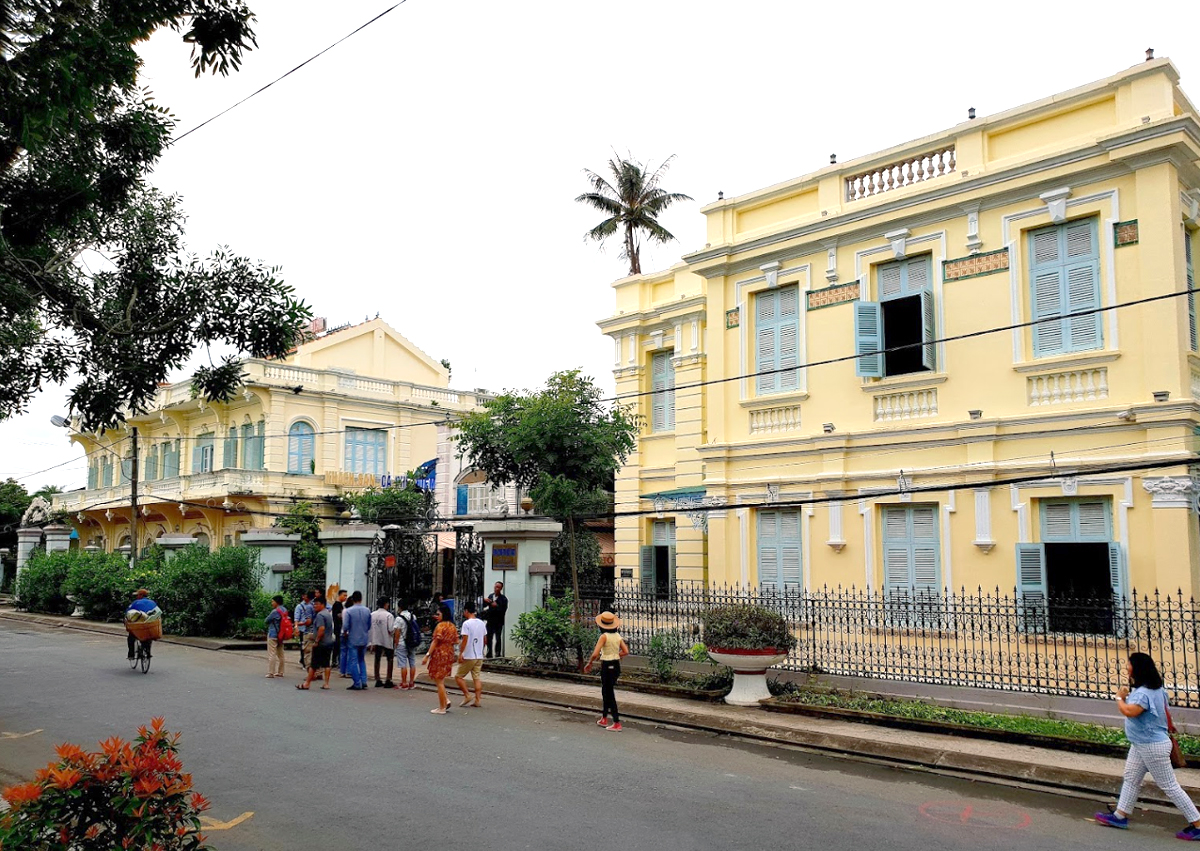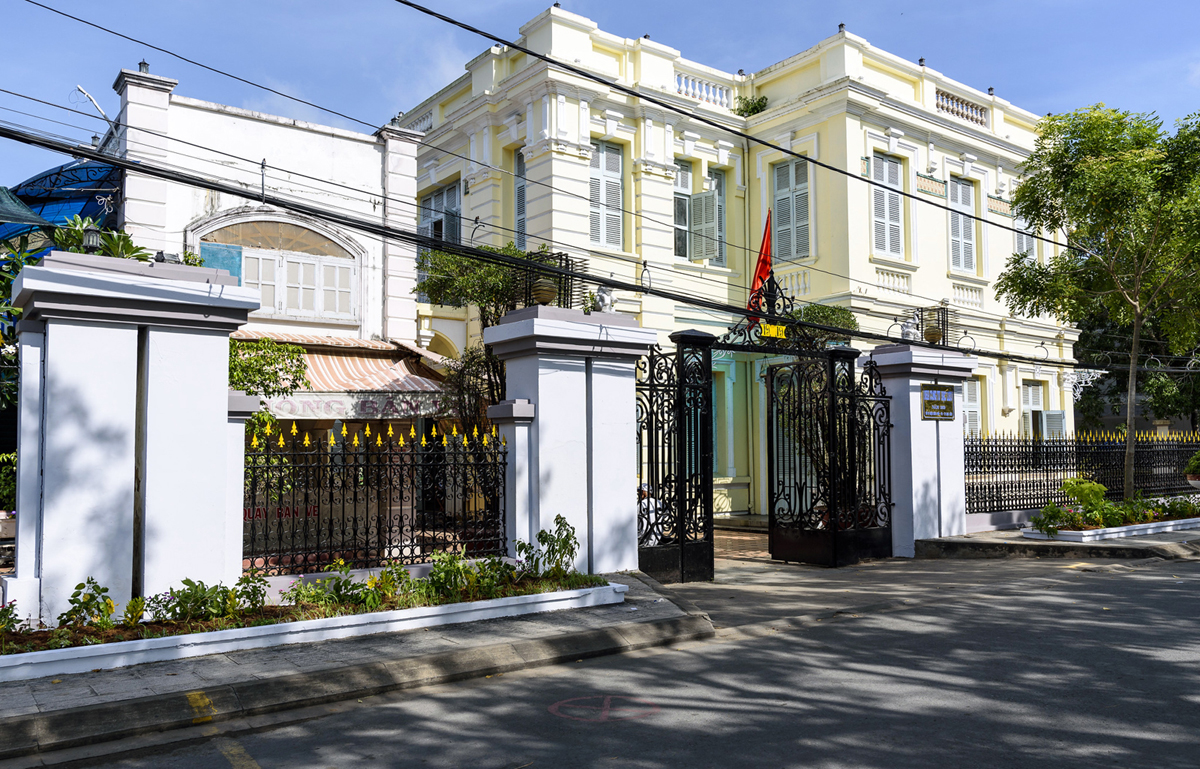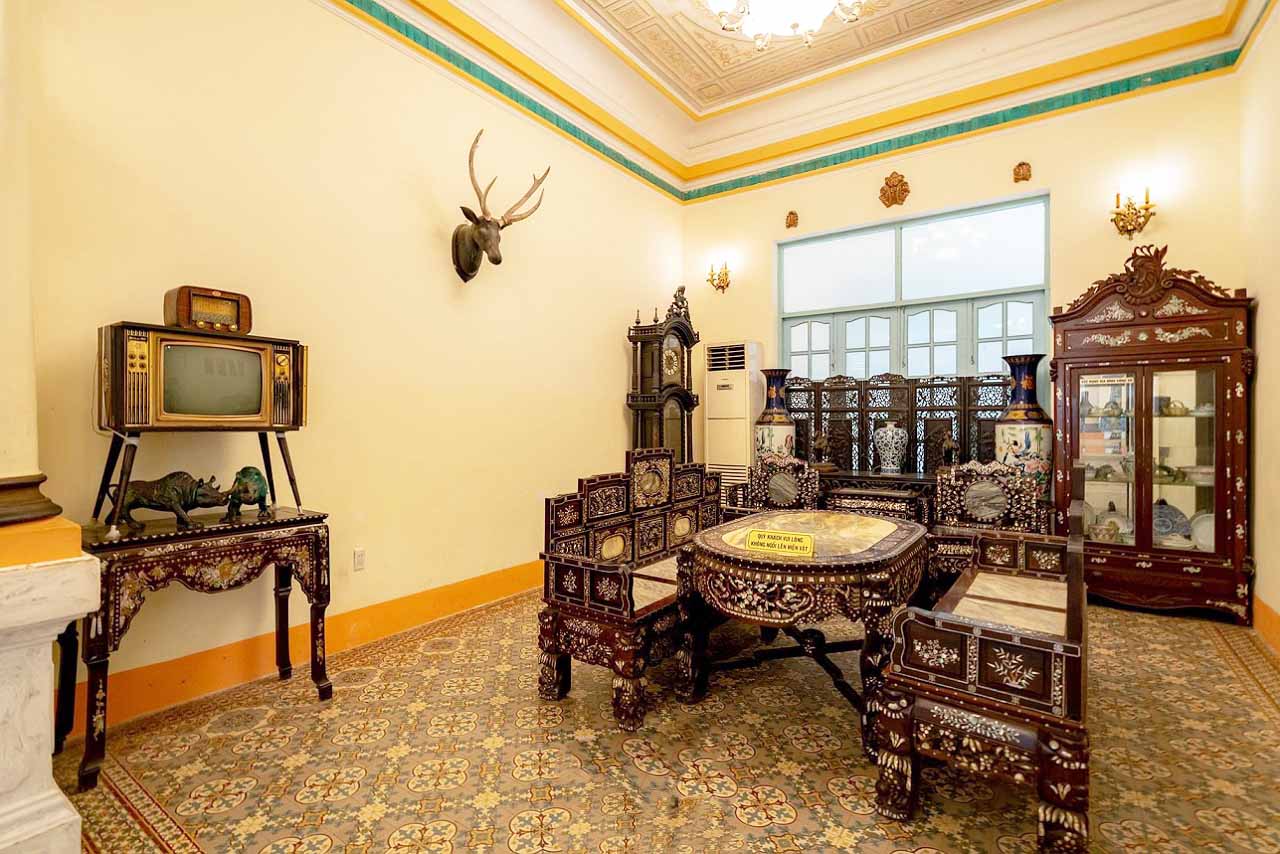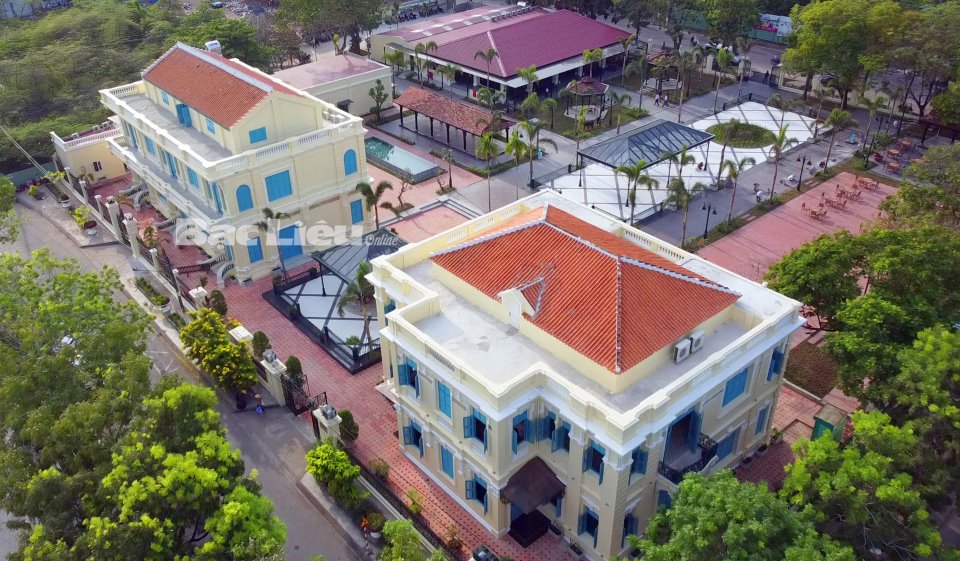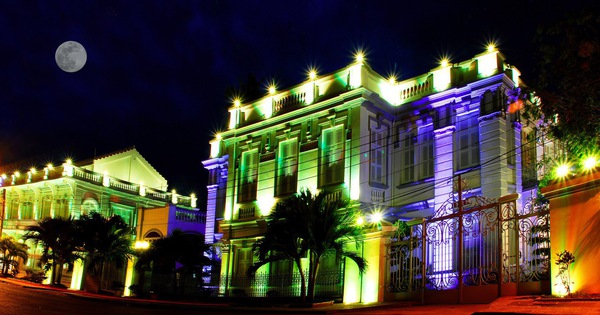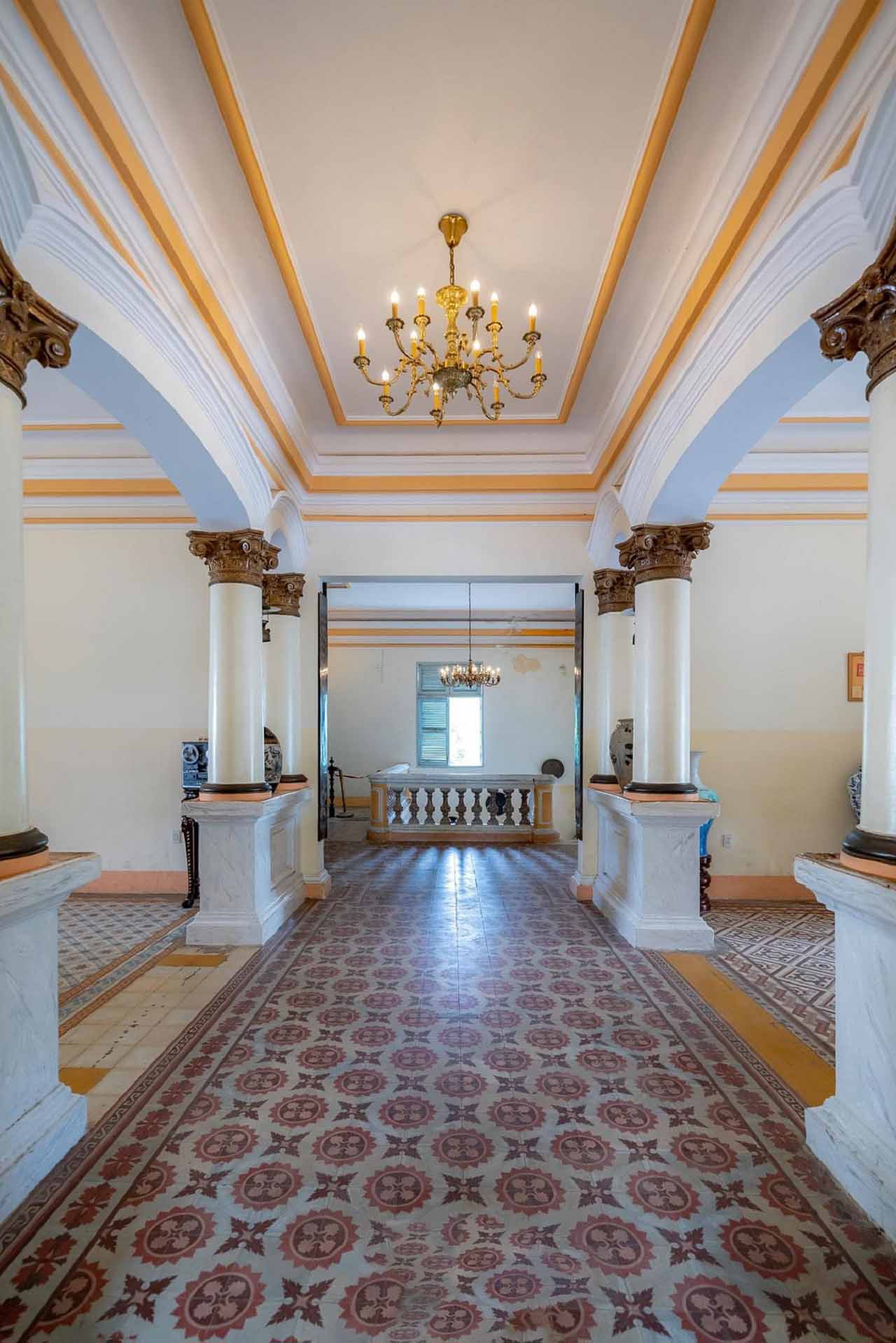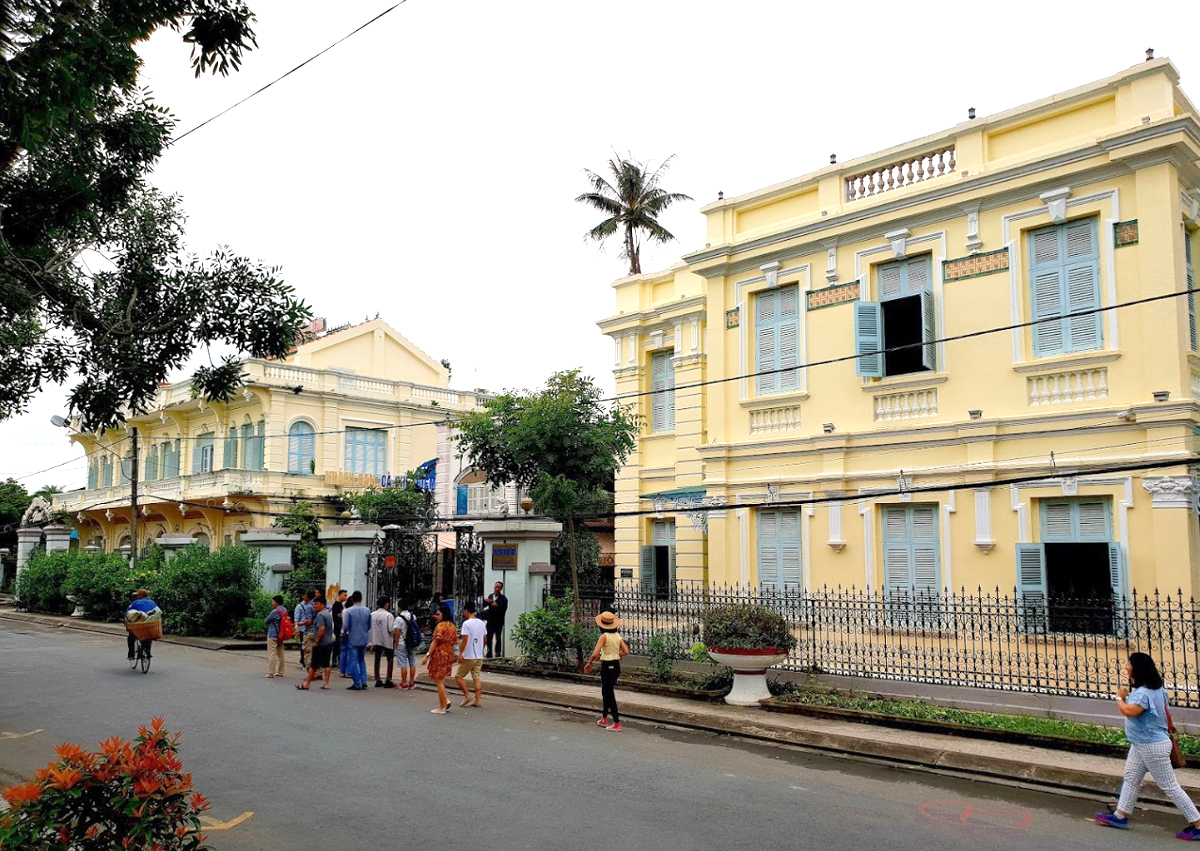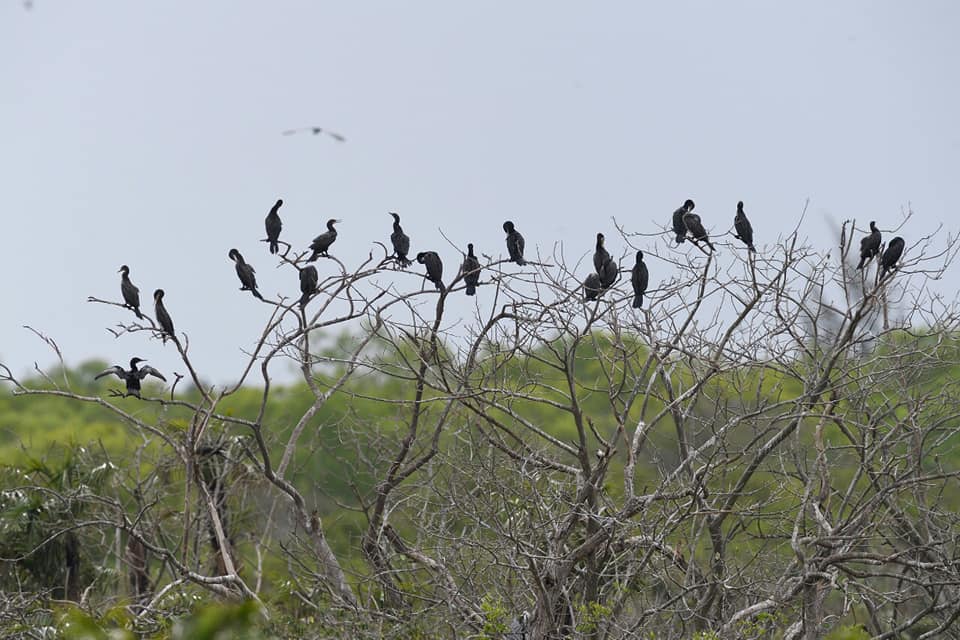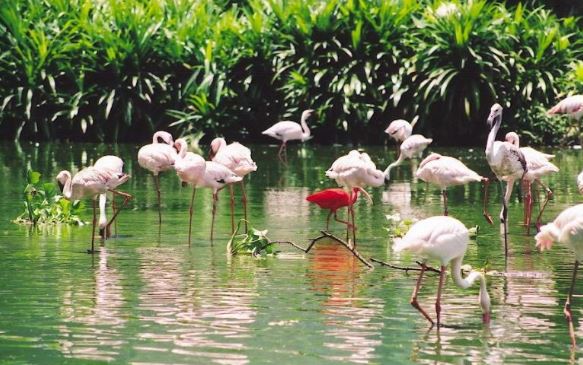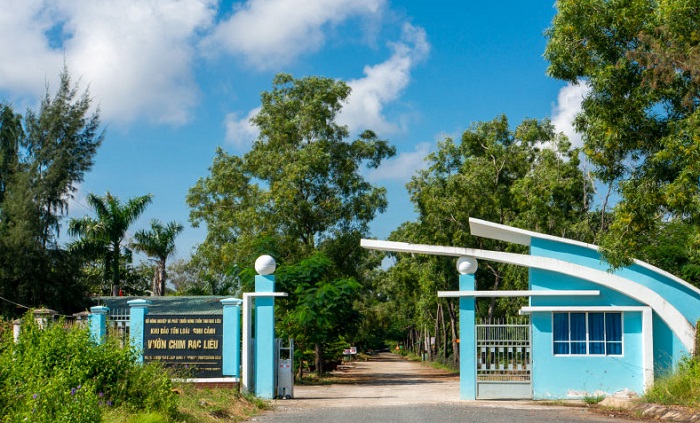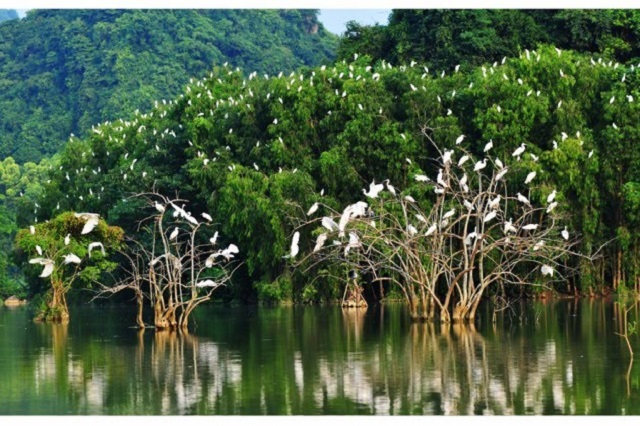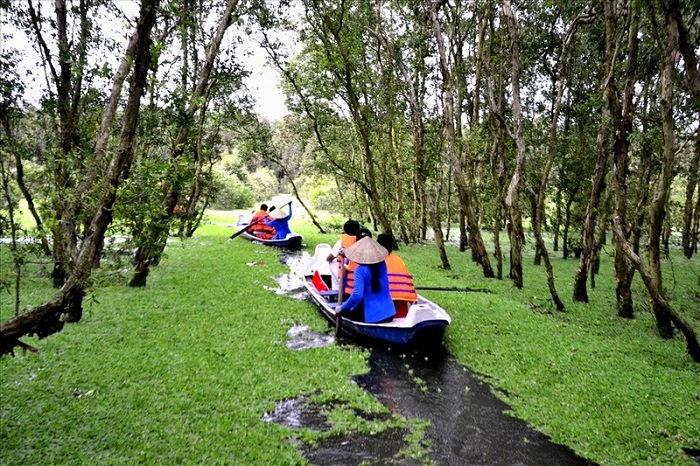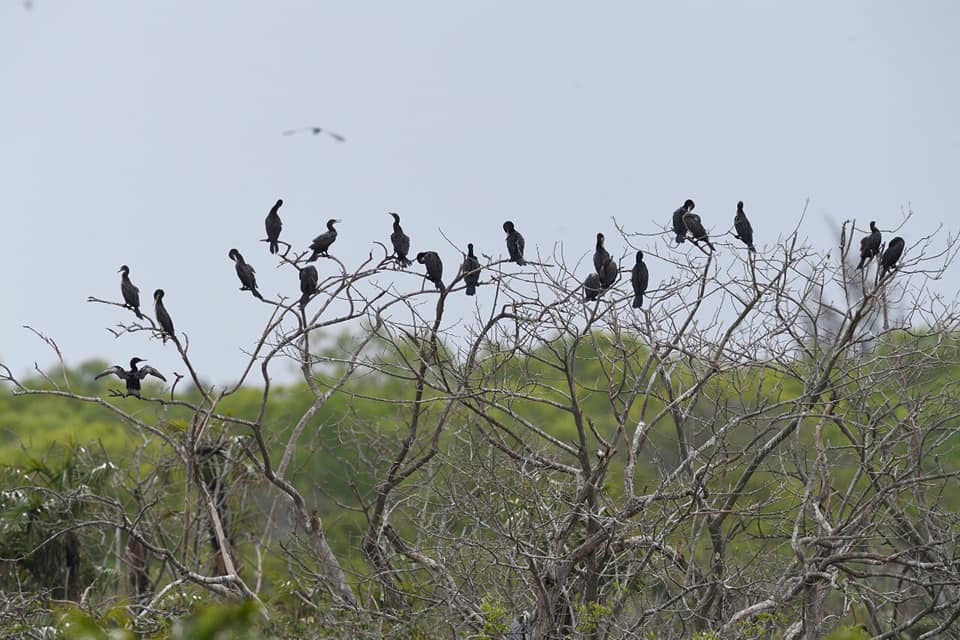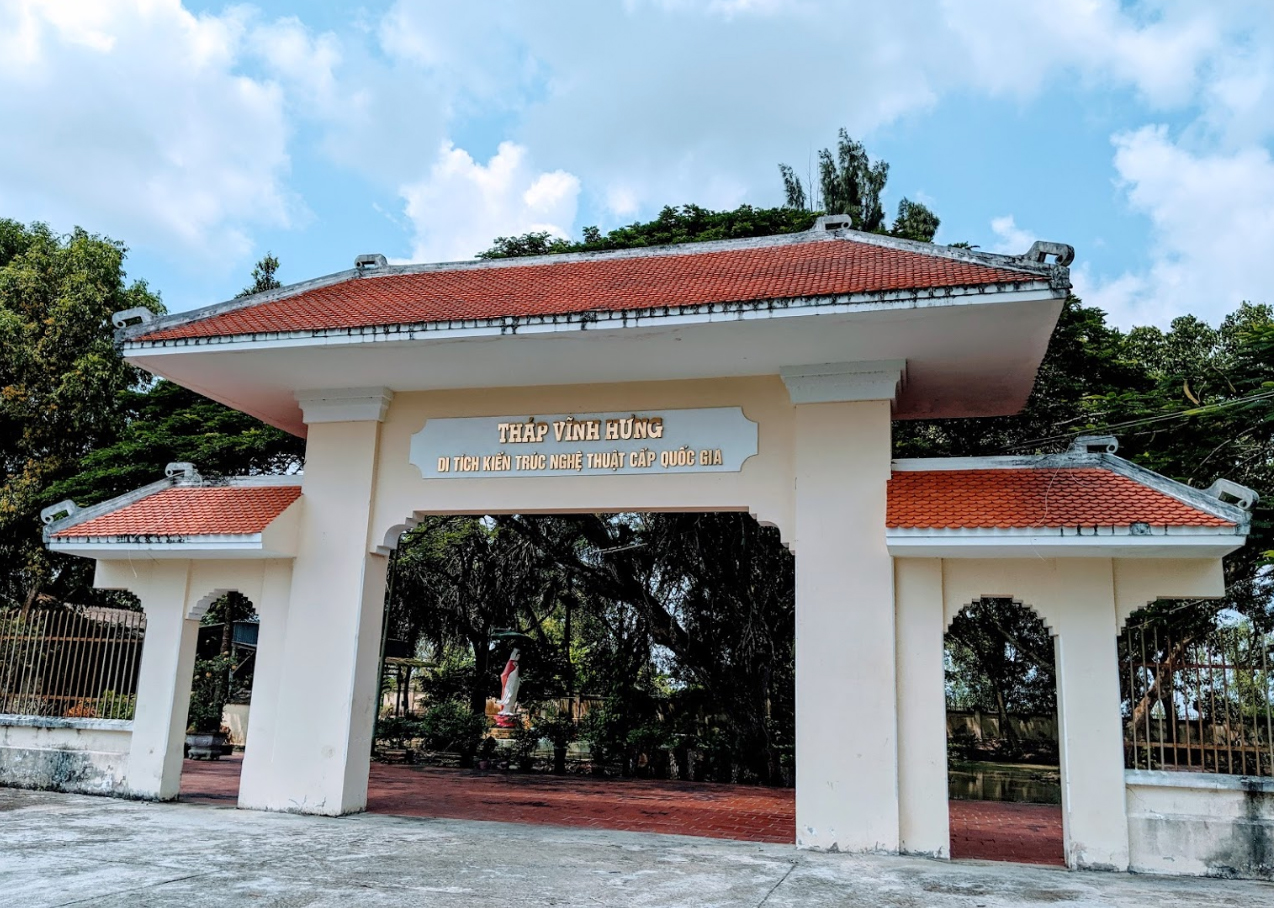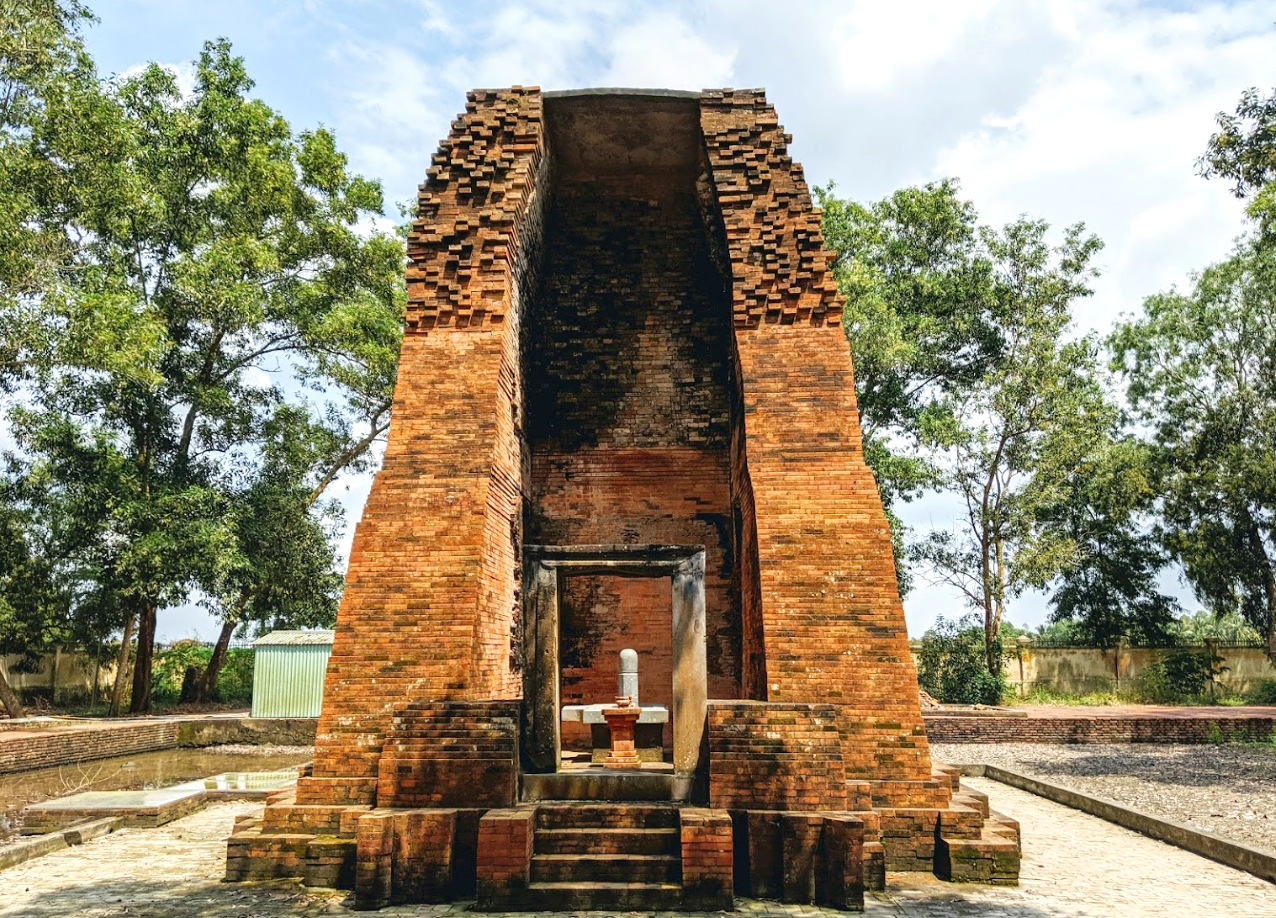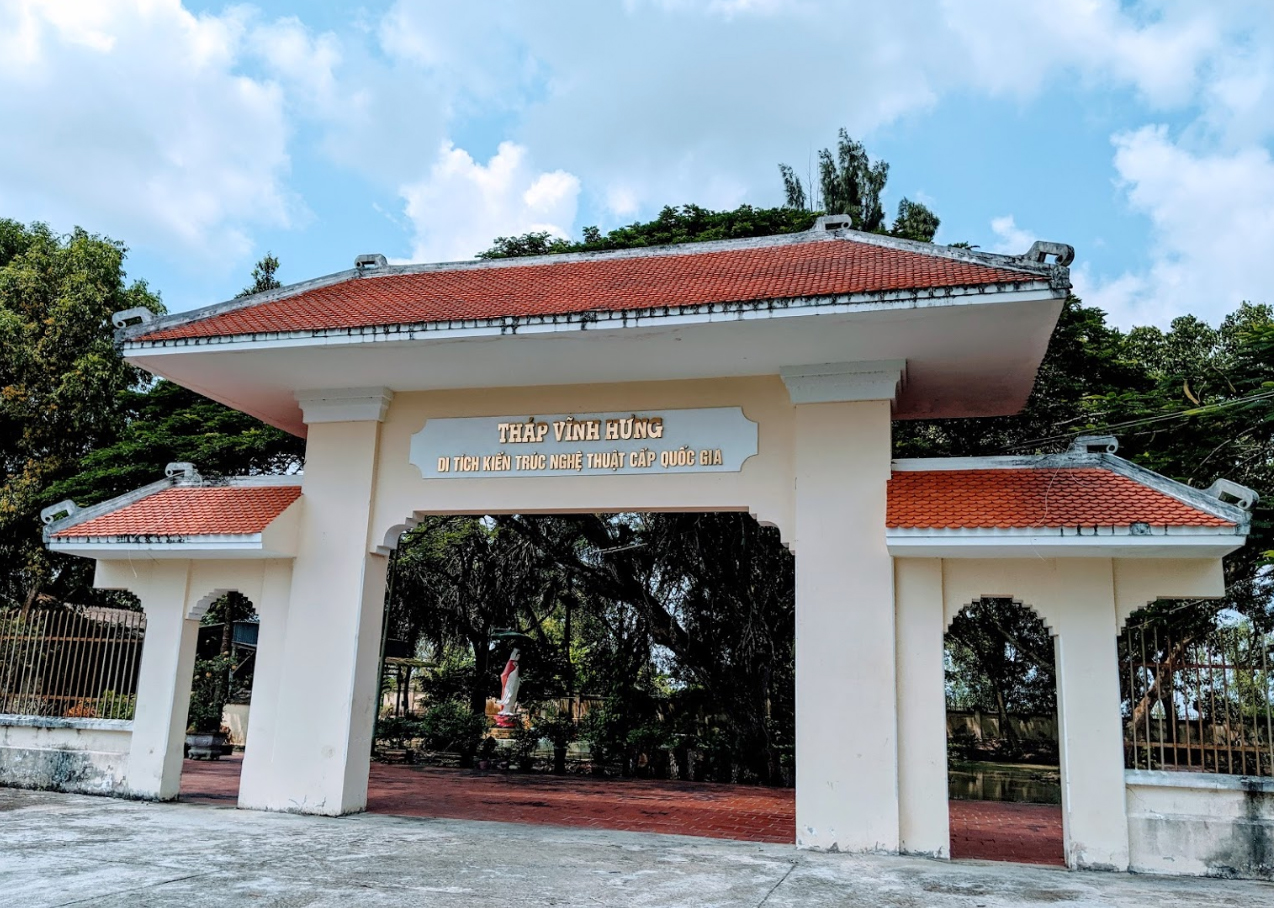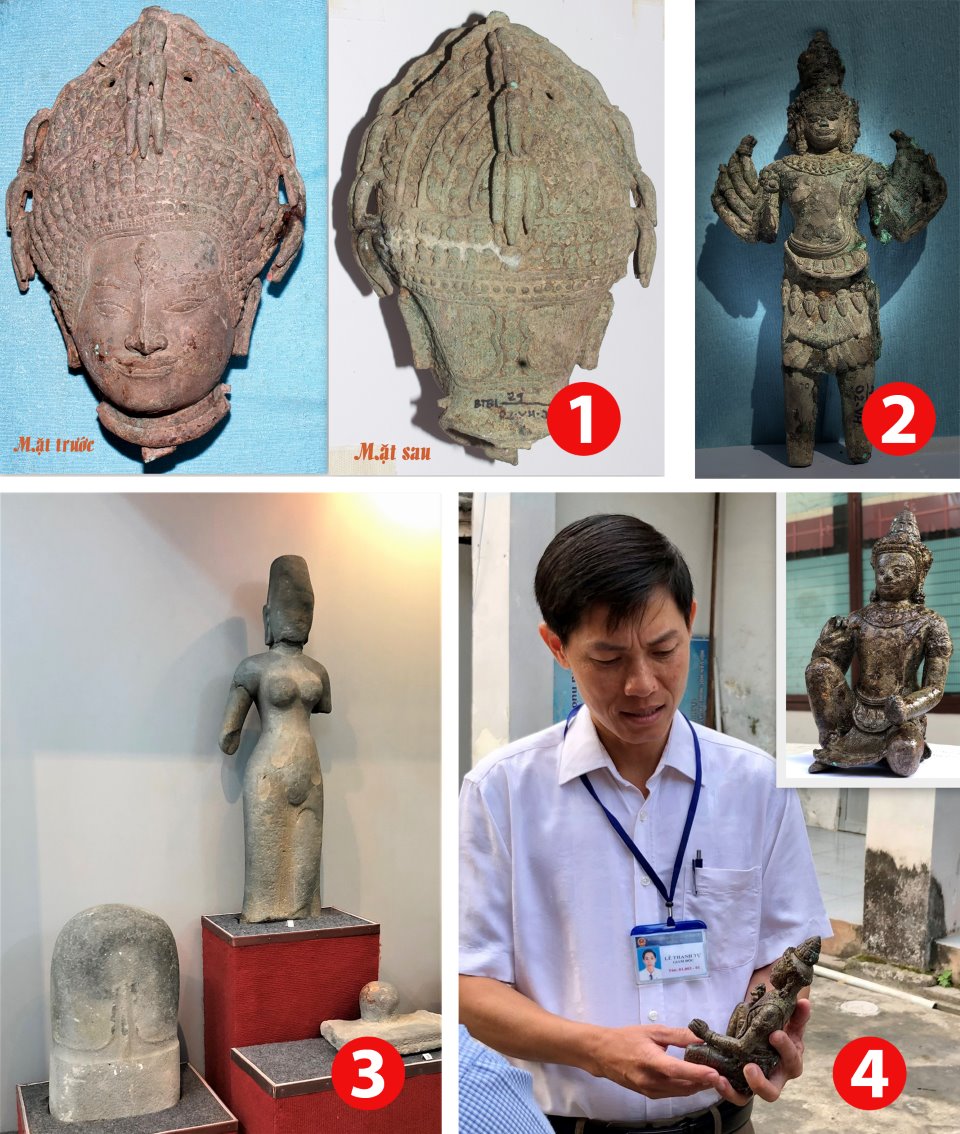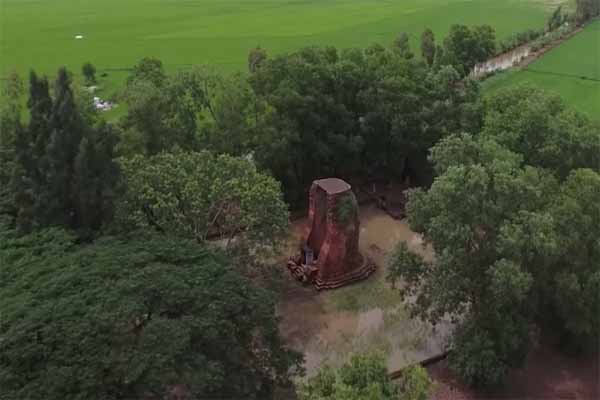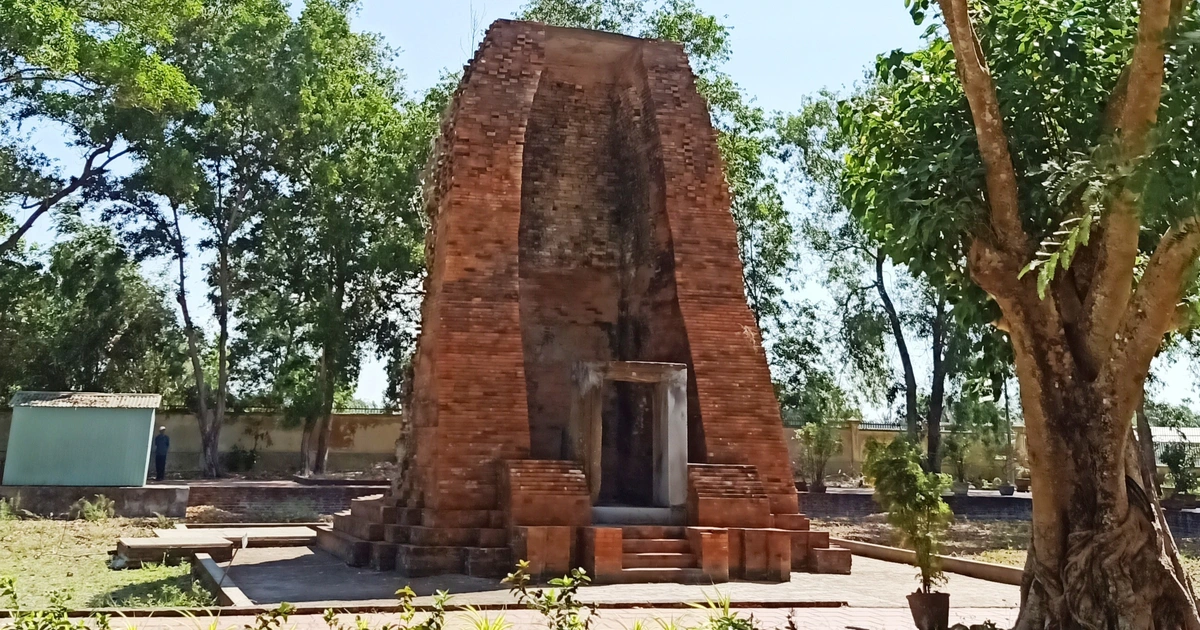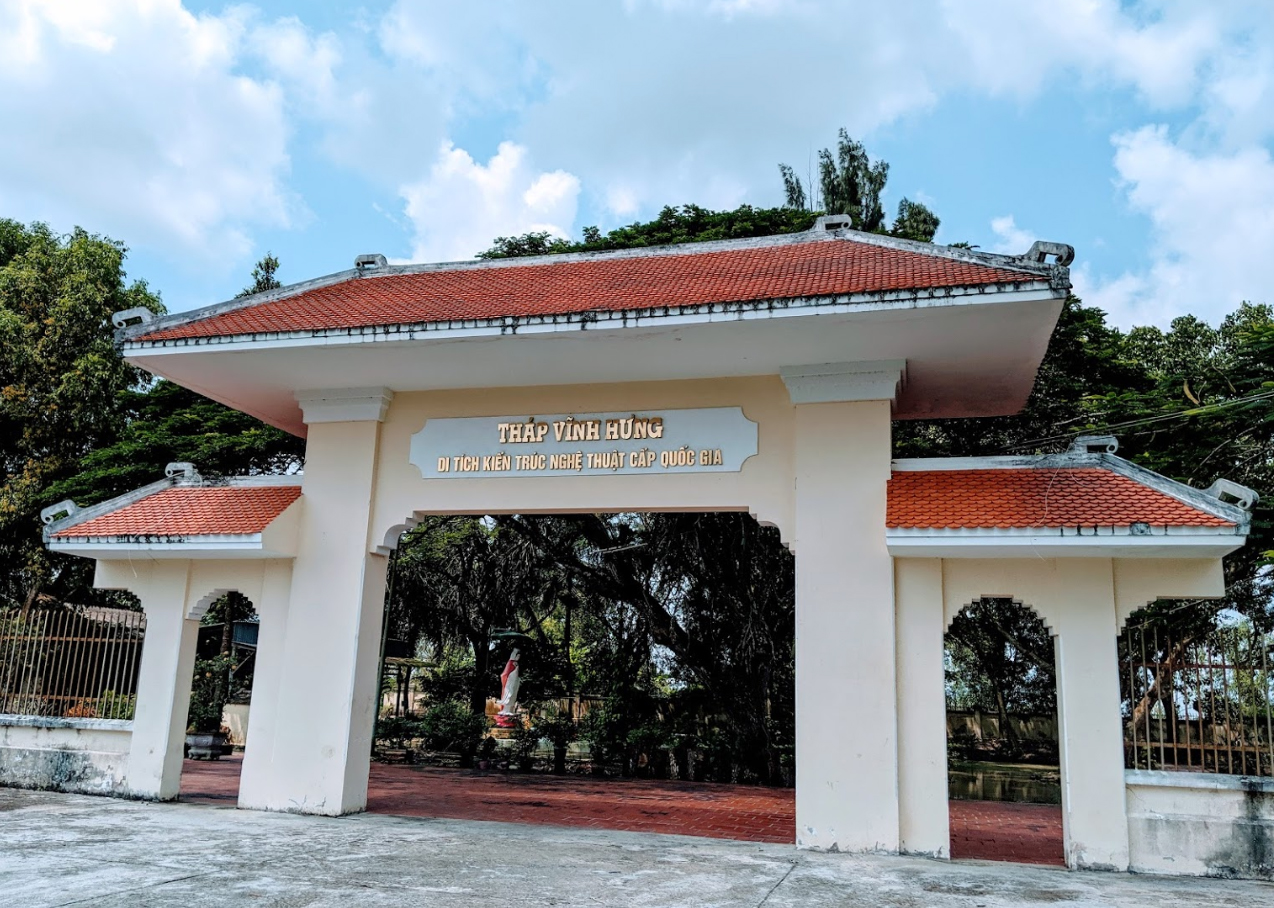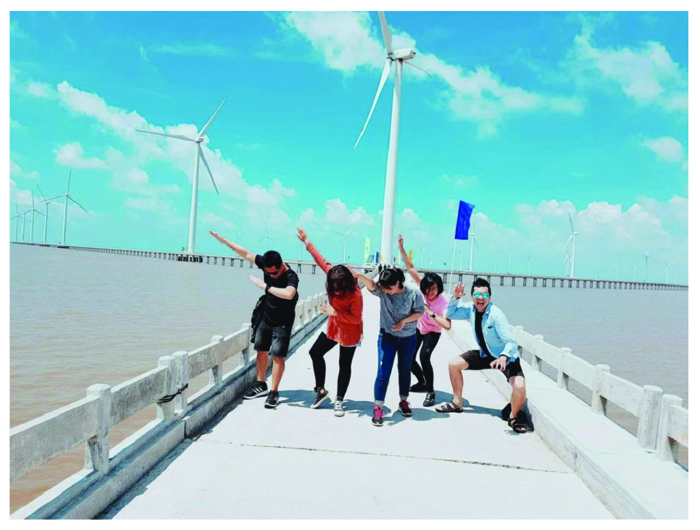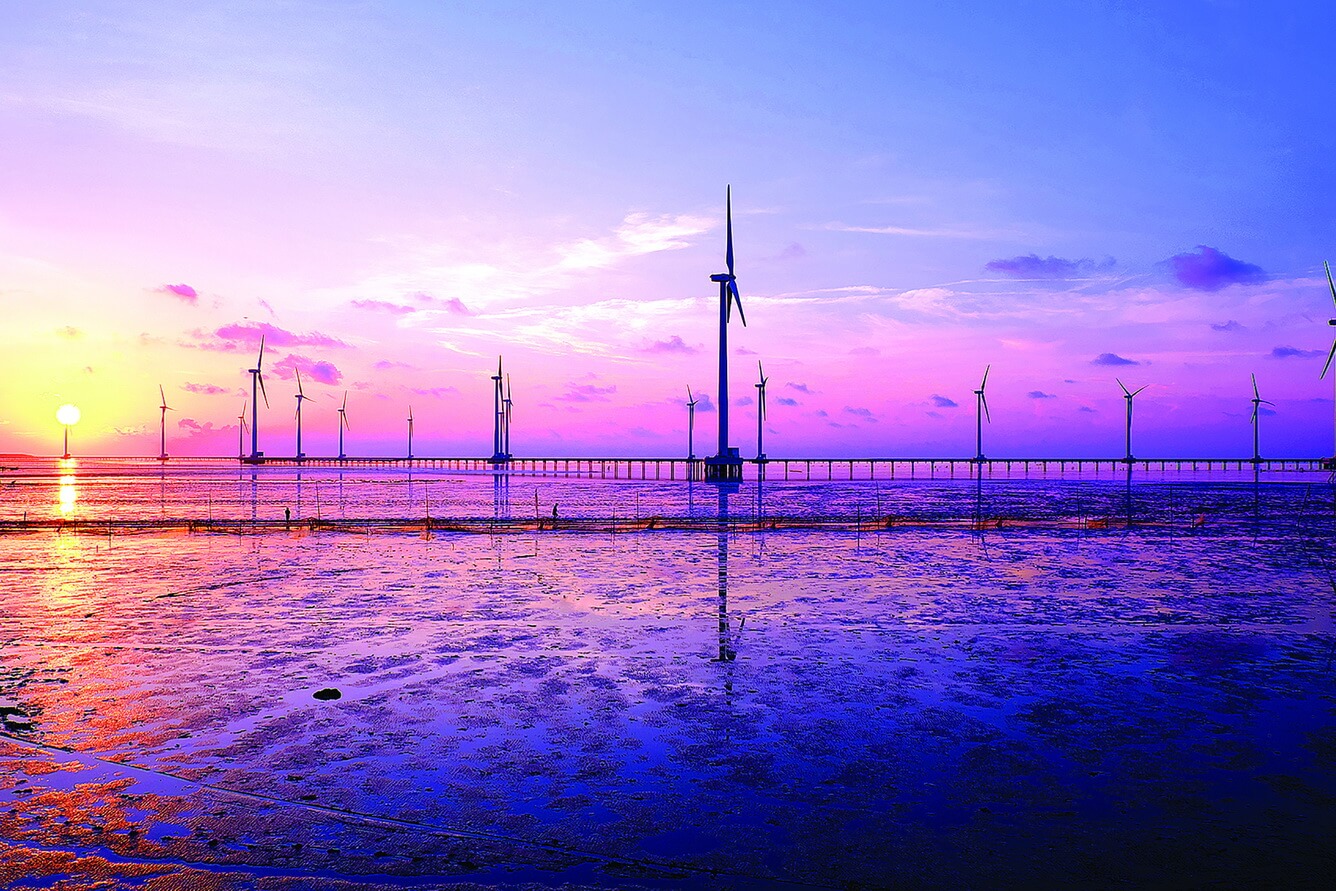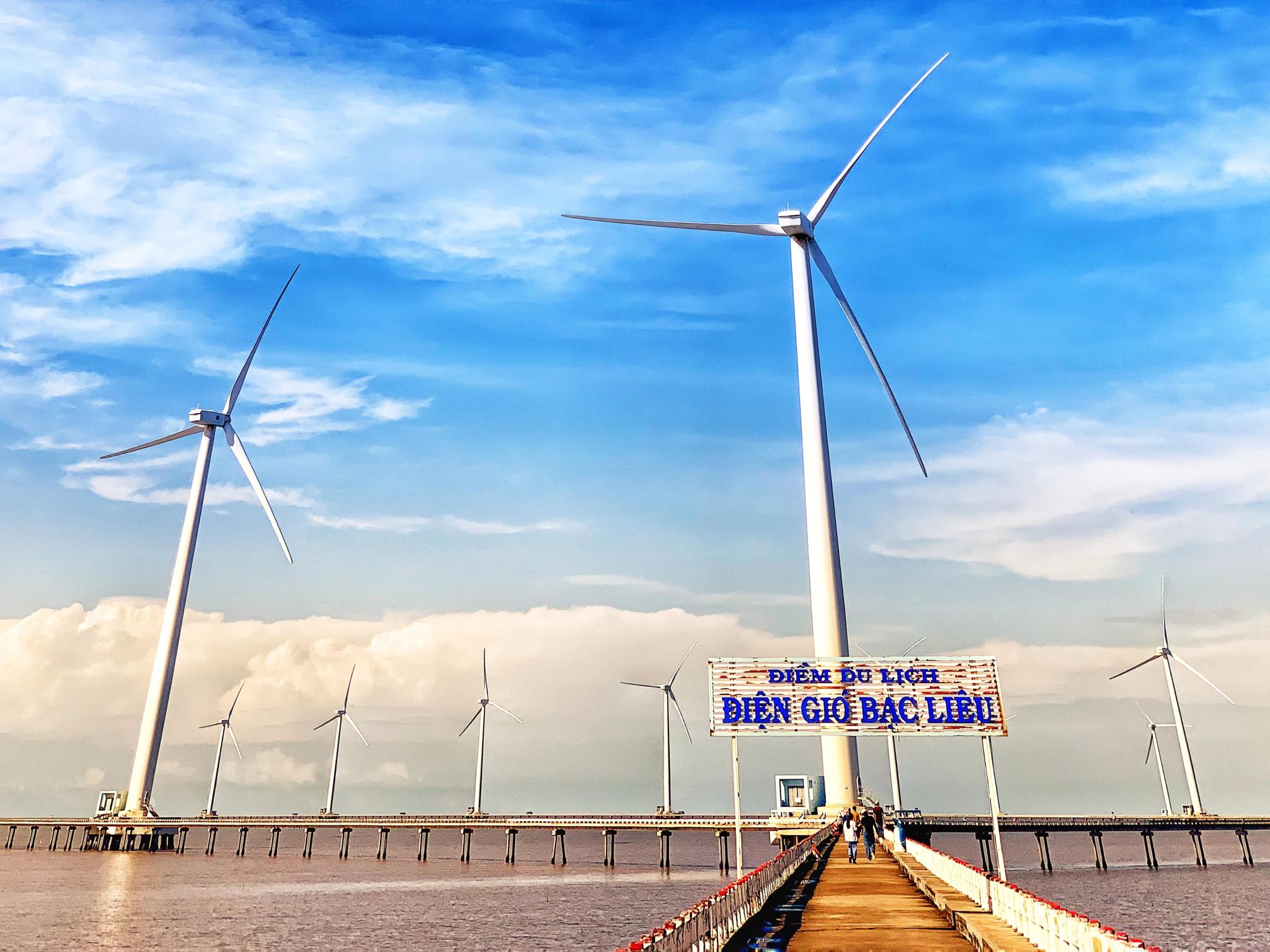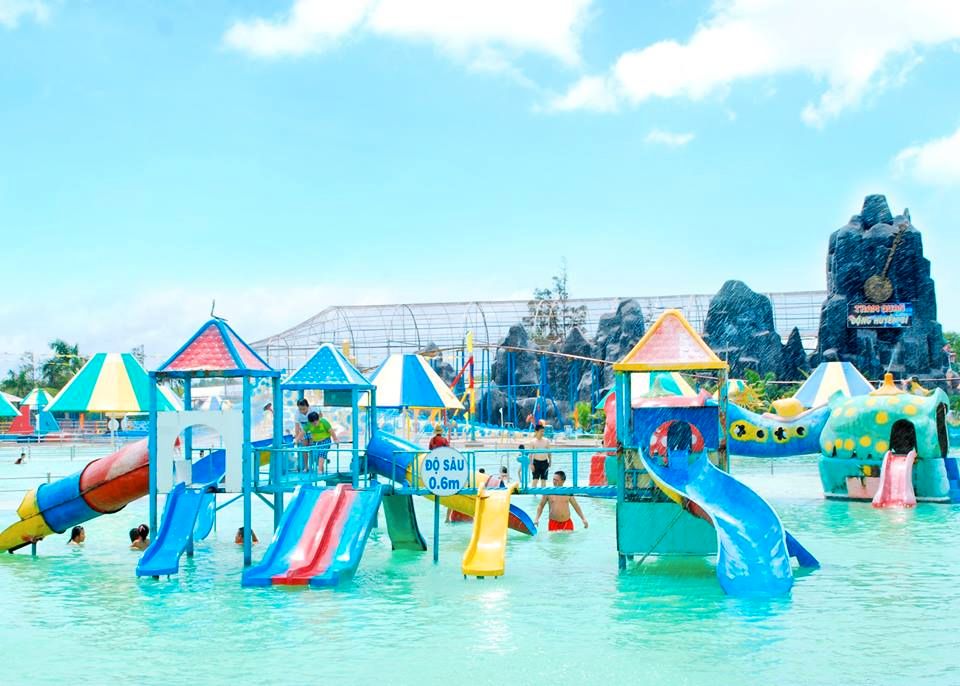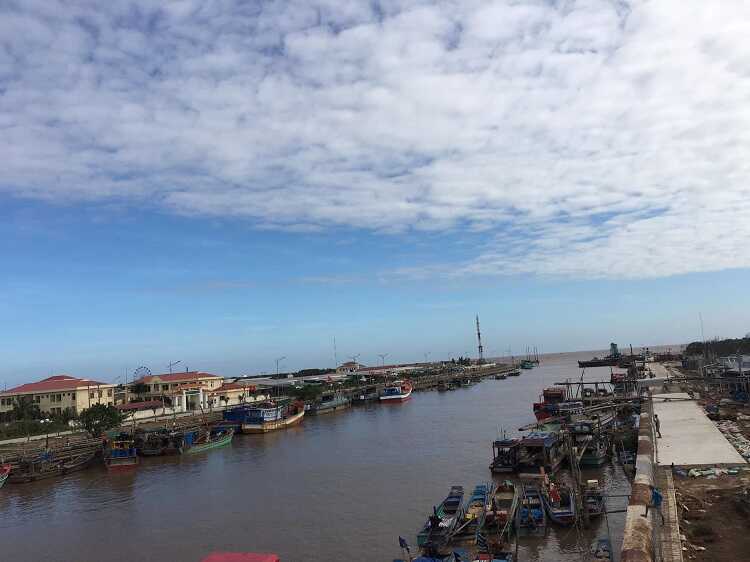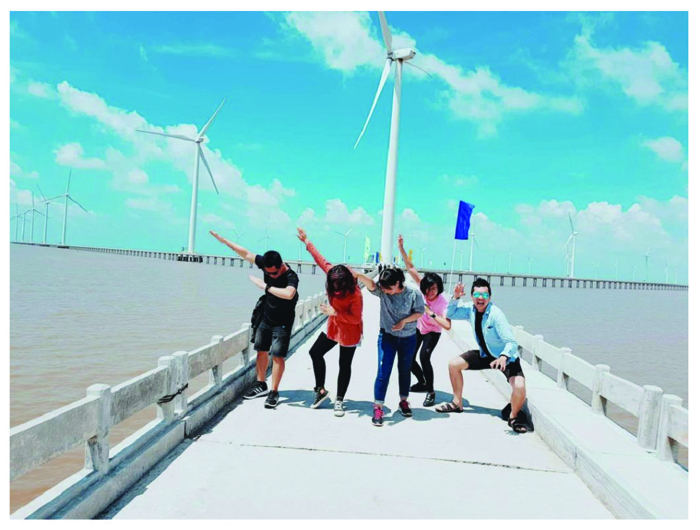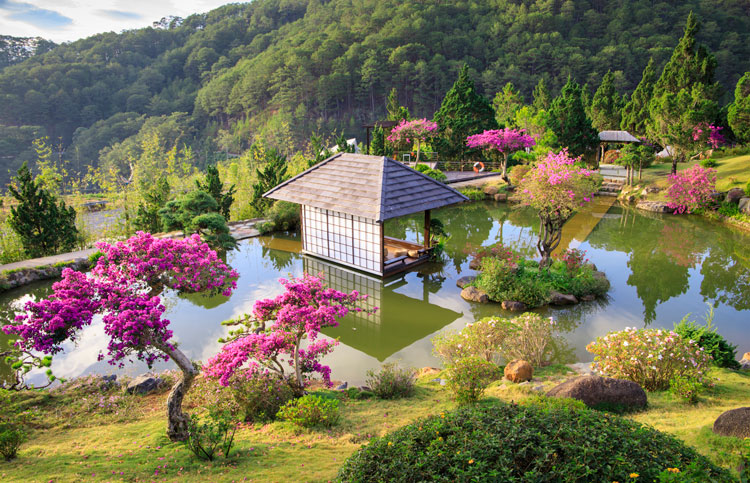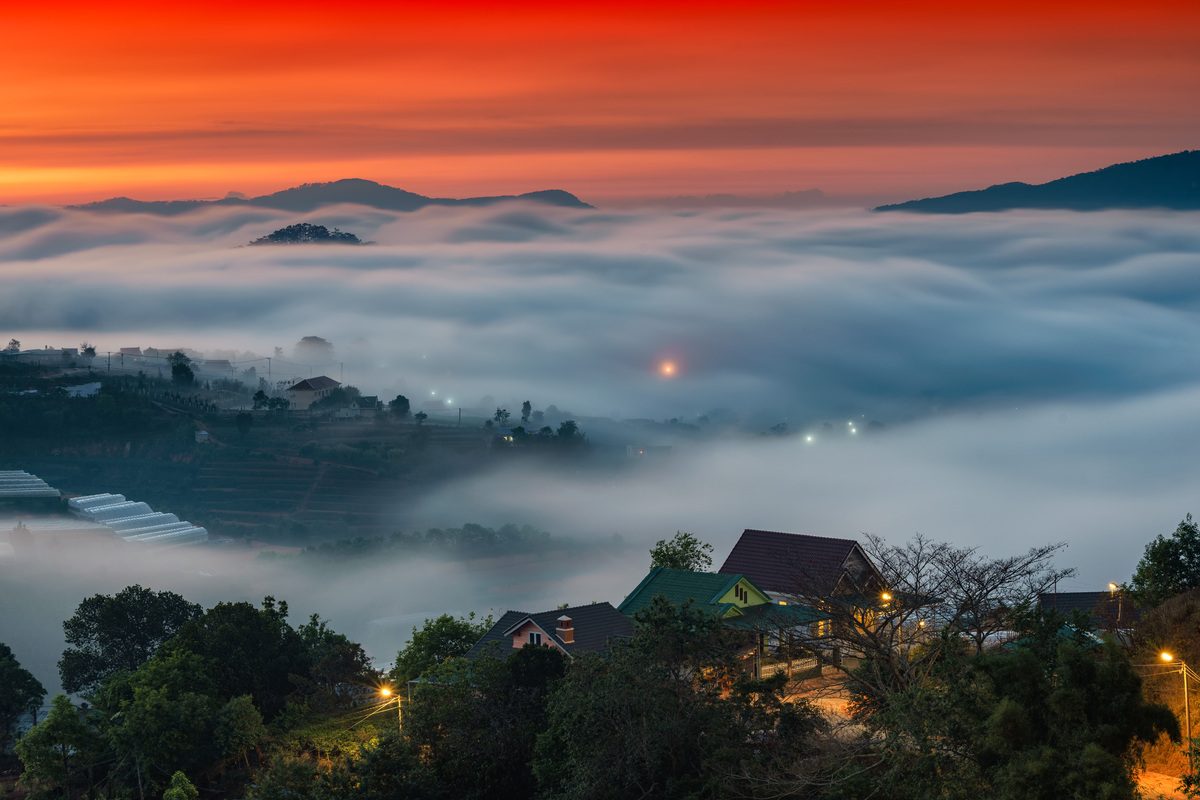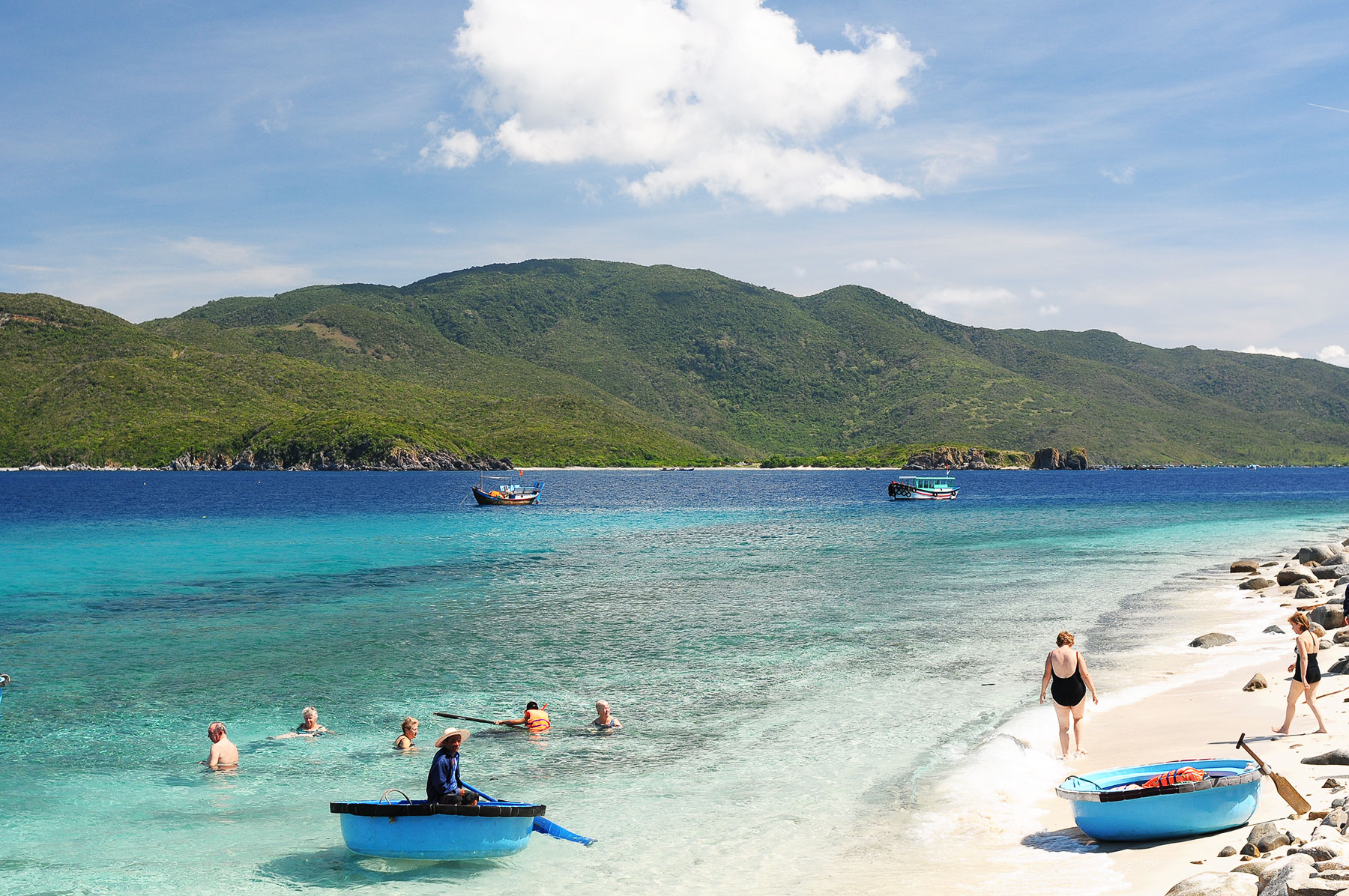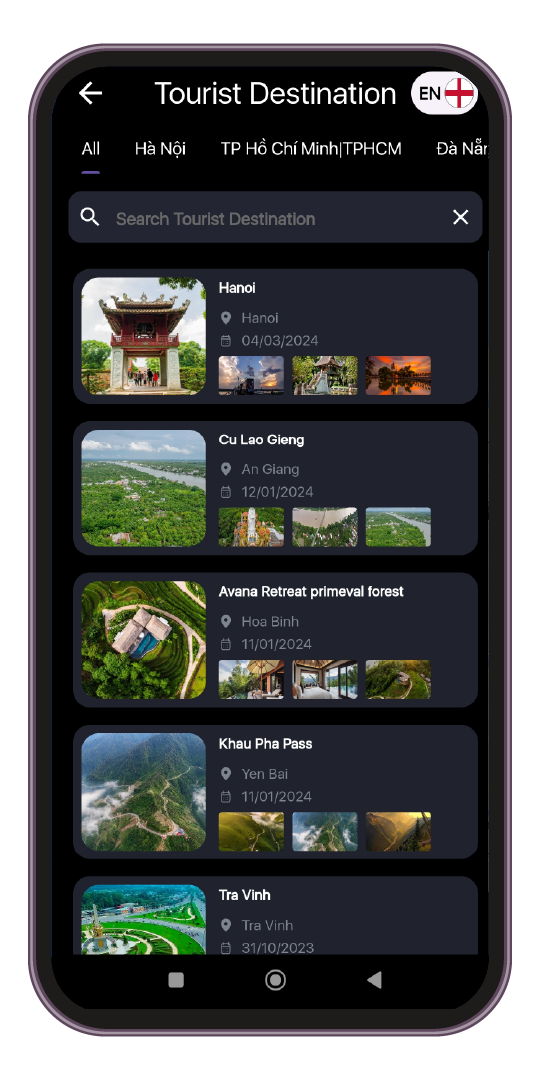If you have traveled to the West many times and visited pagodas in this land, perhaps you will not feel too strange about the unique beauty of Khmer pagodas. However, for first-time visitors to Bac Lieu, Xiem Can Pagoda is truly a magnificent, beautiful and outstanding architectural work. According to historical records, this temple was built in 1887 with an initial area of 4,500 m2. In the beginning, the pagoda had the Khmer name Komphisako, demonstrating the erudition and profoundness of Buddhist wisdom. Later, a group of Chinese people who came to settle here translated the pagoda's name into Xiem Can. In Chinese, Xiem Can means "bordering water" and refers to the temple located next to the sea. So from then until now, the pagoda has been called Xiem Can, which is both simple and easy to remember, but also has something very impressive. To date, this beautiful temple in the West has gone through 9 generations of abbots and several times of restoration and repair. Maybe Xiem Can is not the oldest ancient pagoda, nor is it the largest pagoda, but in terms of magnificent beauty and scale, this pagoda is always the most popular destination in Bac Lieu. What distinguishes Khmer pagodas from other normal pagodas is the sophistication and meticulousness in each wall, roof and pillar. Only by going deep into the inner campus and looking closely will you fully feel the beauty that Xiem Can Pagoda possesses. The Siamese spiritual architectural complex includes many items facing East, built according to the typical Theravada Buddhist school. There is a system of surrounding city walls, three-entrance gate, main hall, bell tower, symbolic pillars, tomb tower and area for monks to rest. In terms of color, Xiem Can Pagoda in Bac Lieu has the same color scheme as other Khmer pagodas. It is a brilliant dark yellow color, mixed with orange-red tones to create the most points. The beauty and colors of this temple easily make visitors think of the majestic temple systems in Cambodia and Thailand. Coming to the three-entrance gate, you will see the cultural and religious imprint of the Khmer people expressed through many embossed reliefs. The gate nameplate is designed in the style of a pointed tower typical of Angkor architecture, with an image of a majestic Buddha sitting in the middle. In addition, below the gate nameplate there are two Krut magical birds and two winding five-headed snakes. Stepping through the gate, visitors will enjoy the feeling of walking under a cool, tree-lined street before admiring the beauty of the main hall of the temple. The main hall was built in a rectangular shape, 18m wide and twice as long. A special feature of the Main Hall is to focus on opening wide doors on both sides to avoid the morning sunlight shining directly into the shrine. Because all items in the temple are facing straight East. According to Khmer beliefs, the main hall usually faces East because they believe that Buddha's spiritual path goes from West to East. Located on a 1.5m high brick foundation with three steps and a surrounding corridor, the main hall of Xiem Can Pagoda has a roof corner of each peak covered with a long, curved, soft snake's tail. The main hall has a height of 36.3 m and is considered the tallest in the Southern Khmer pagoda complex in Vietnam. The beauty inside the Main Hall has a vibrant, outstanding and solemn color. This place is made with a total of 100 round concrete pillars, creating stability for the elegant building. At each junction between the column heads and the roof is the head of the snake god Nagar. In the Khmer concept, the snake was transformed by Buddha with compassion. Since then, the snake has become a protective mascot for the temple. Outside, opposite the main hall is a symbolic pillar with the image of a 5-headed snake, used to light candles on holidays. Here we want to imply that the teachings of Buddha Dharma will enlighten humanity, helping everyone to live a good life like a snake tamed thanks to the Buddha's compassion and forgiveness. Behind that is a traditional house - sala built extremely solidly and completely made of wood. Also quite elaborately decorated with unique motifs that remain intact even after many years. In the hallway there is also a large black bell. More specifically, above the sala at Xiem Can Pagoda, there are statues of Prince Sidatta riding on the back of a white horse being taken across the river by Xanac to find the path to enlightenment. Coming to Bac Lieu, don't forget to visit this temple. Source: Industry and Trade Magazine
Bac Lieu 1791 view Updating
Ngày cập nhật : 01/04/2023


 vn
vn en
en ja
ja ko
ko zh
zh


















